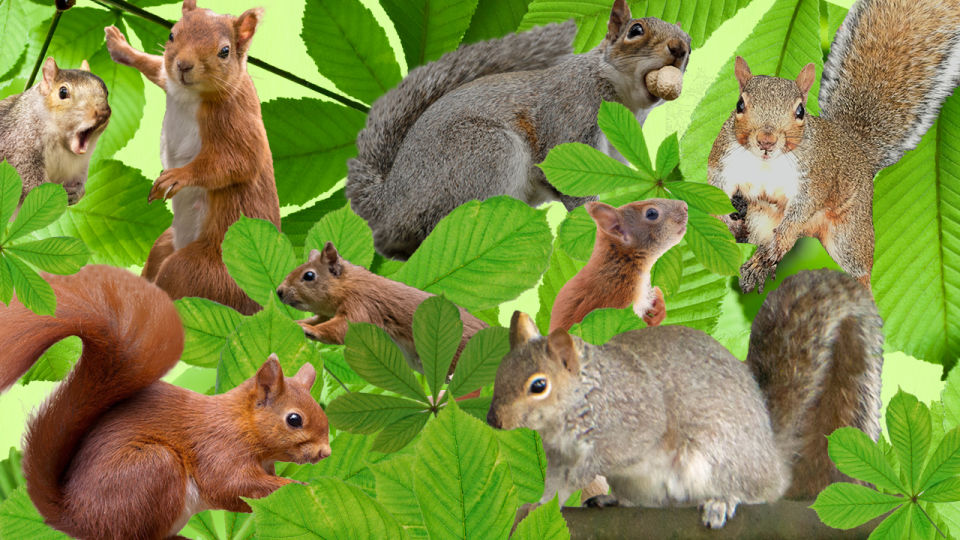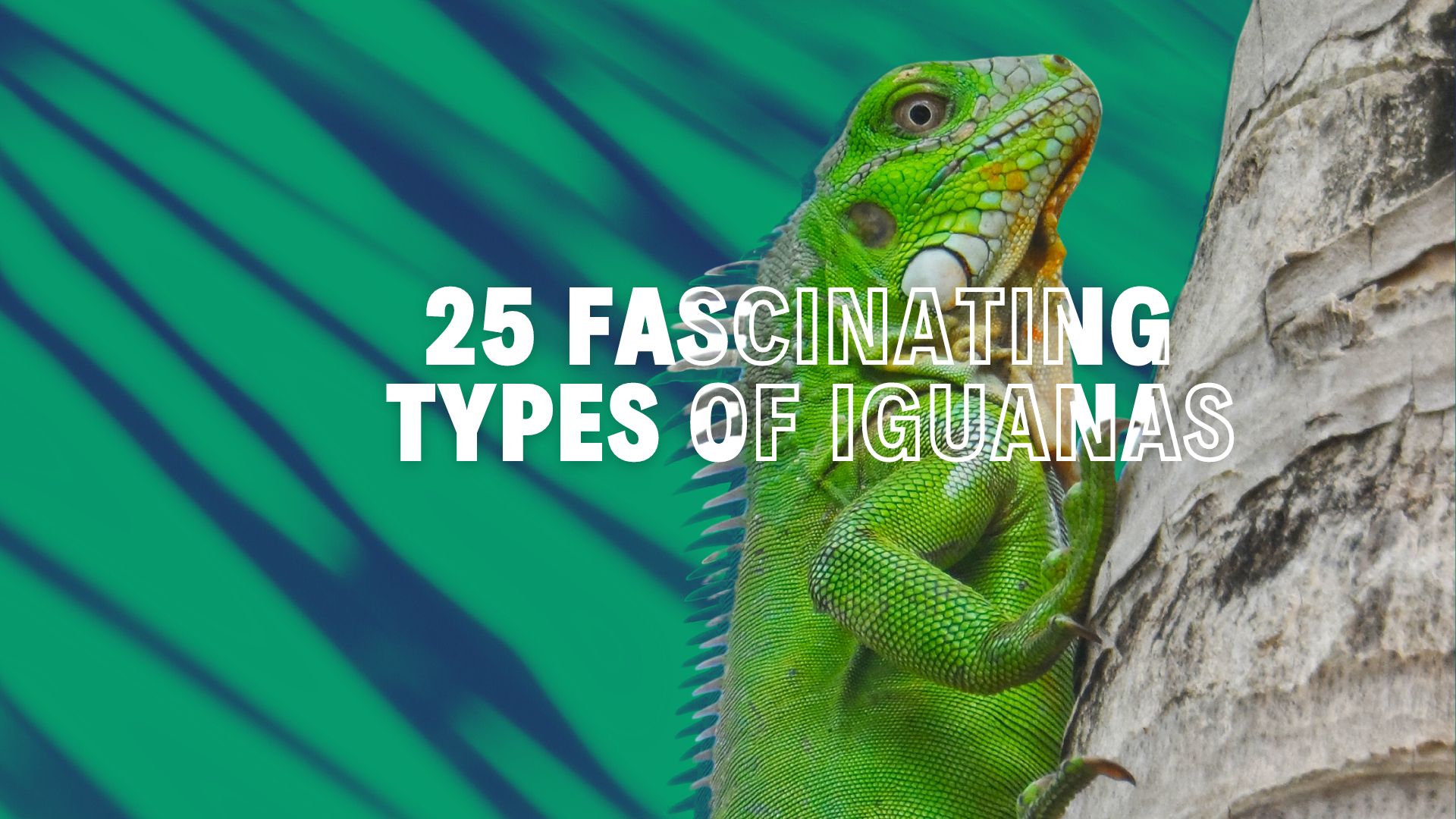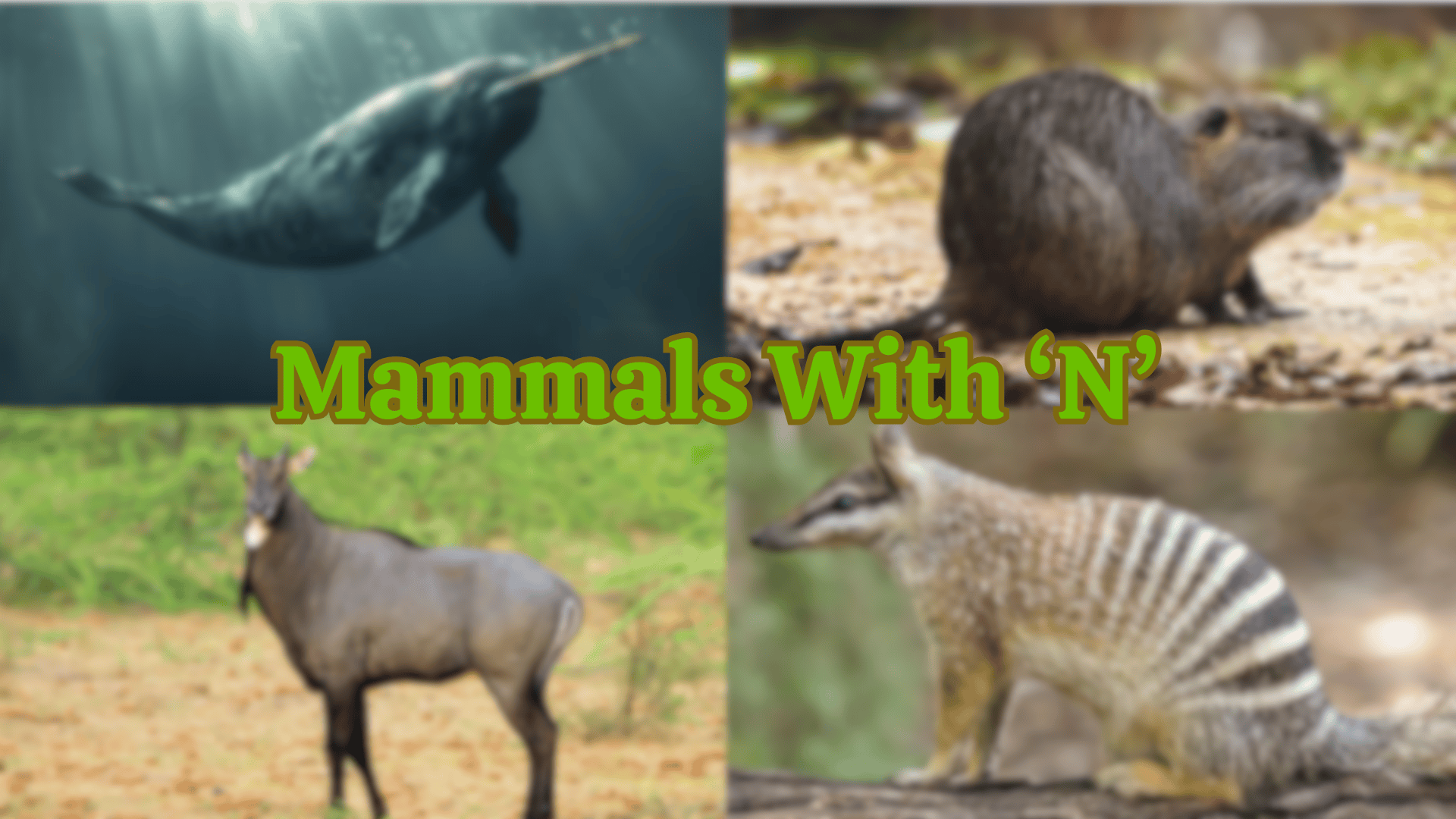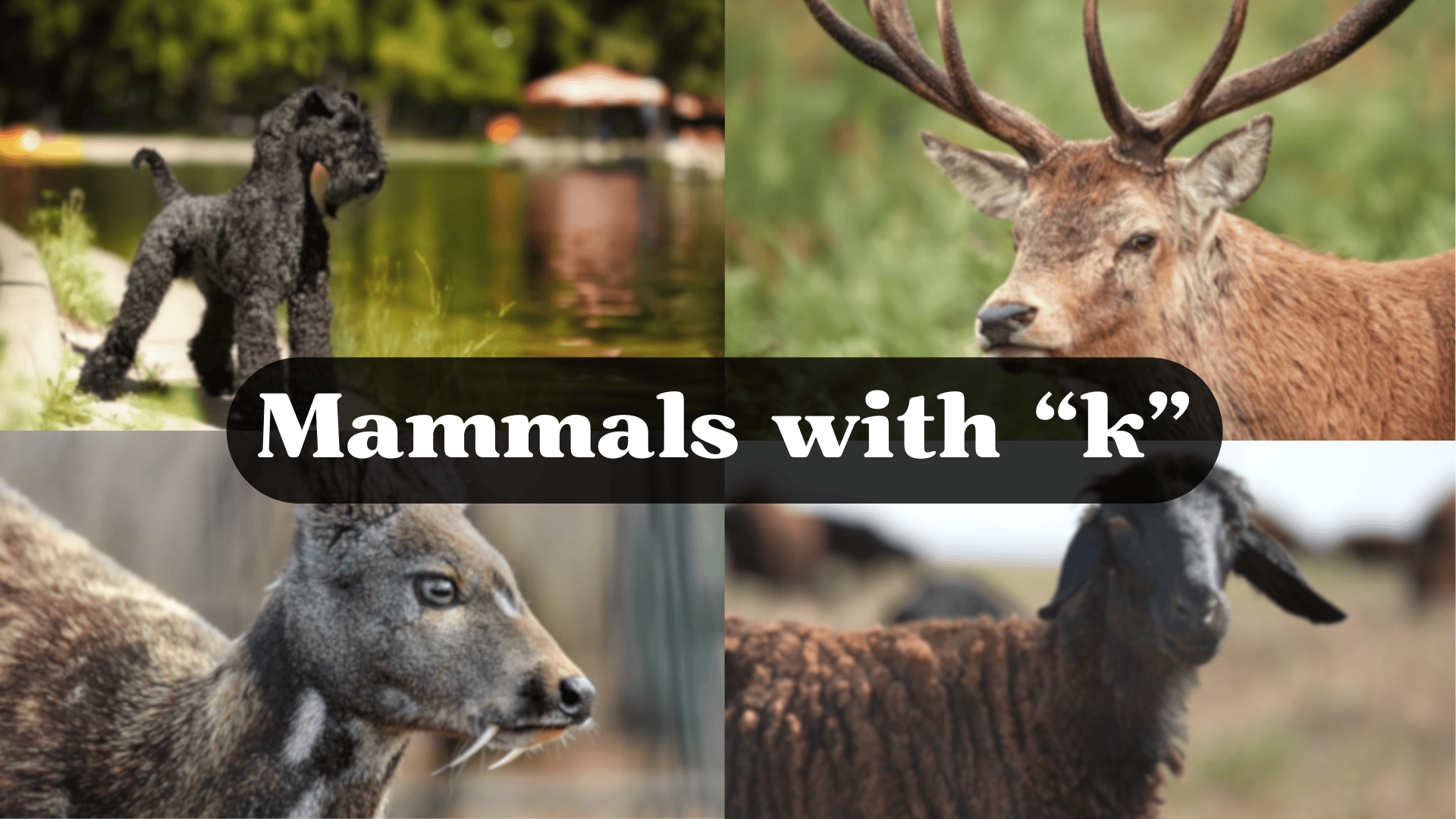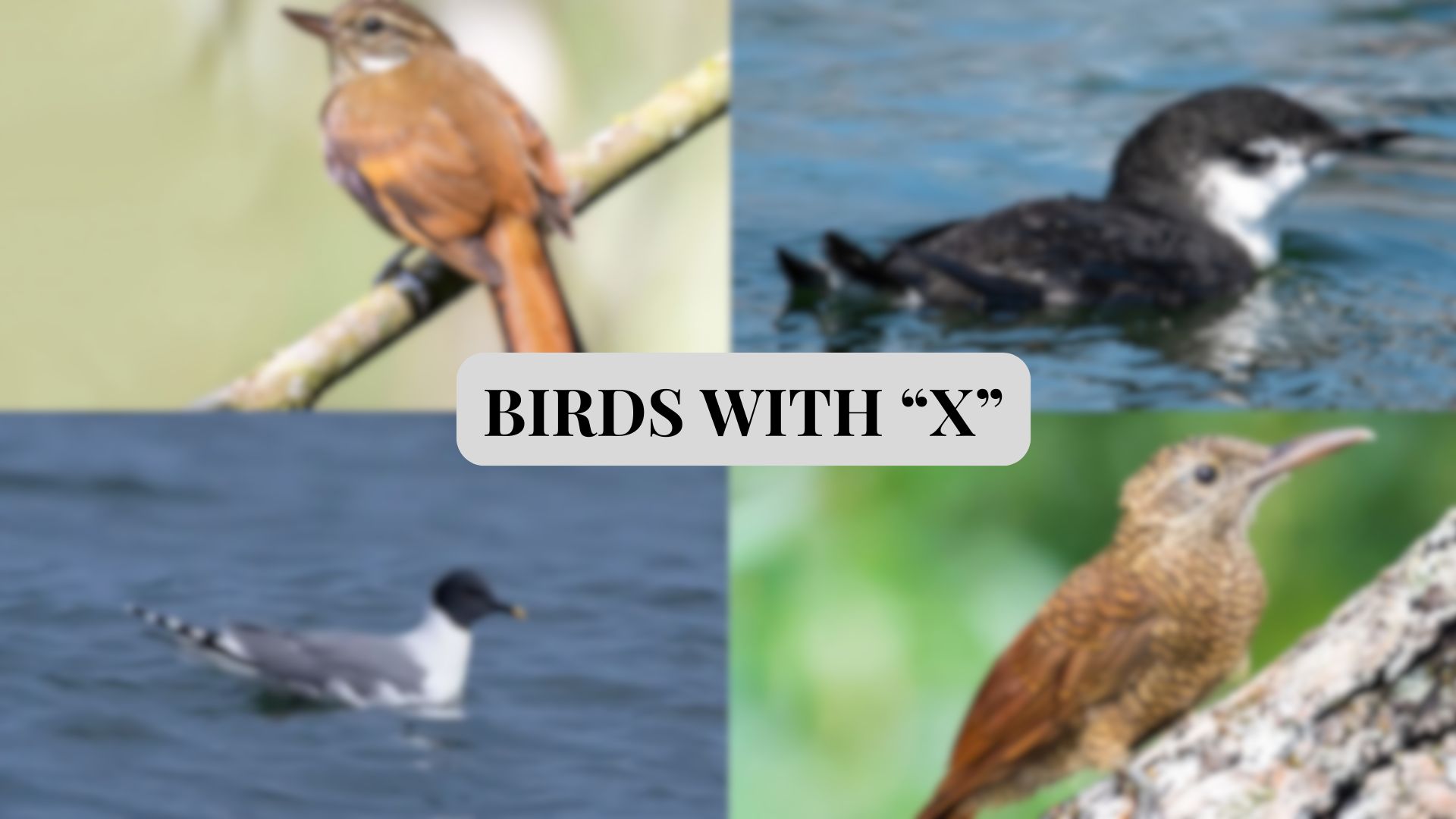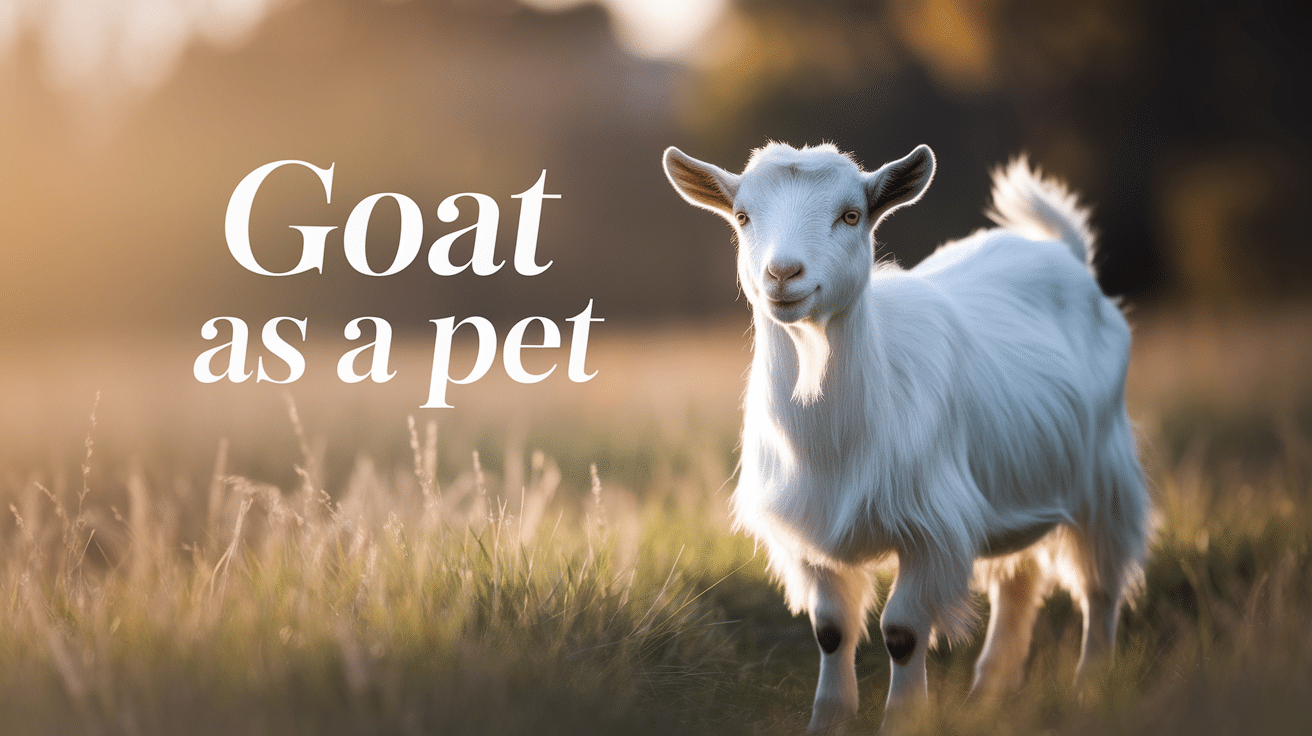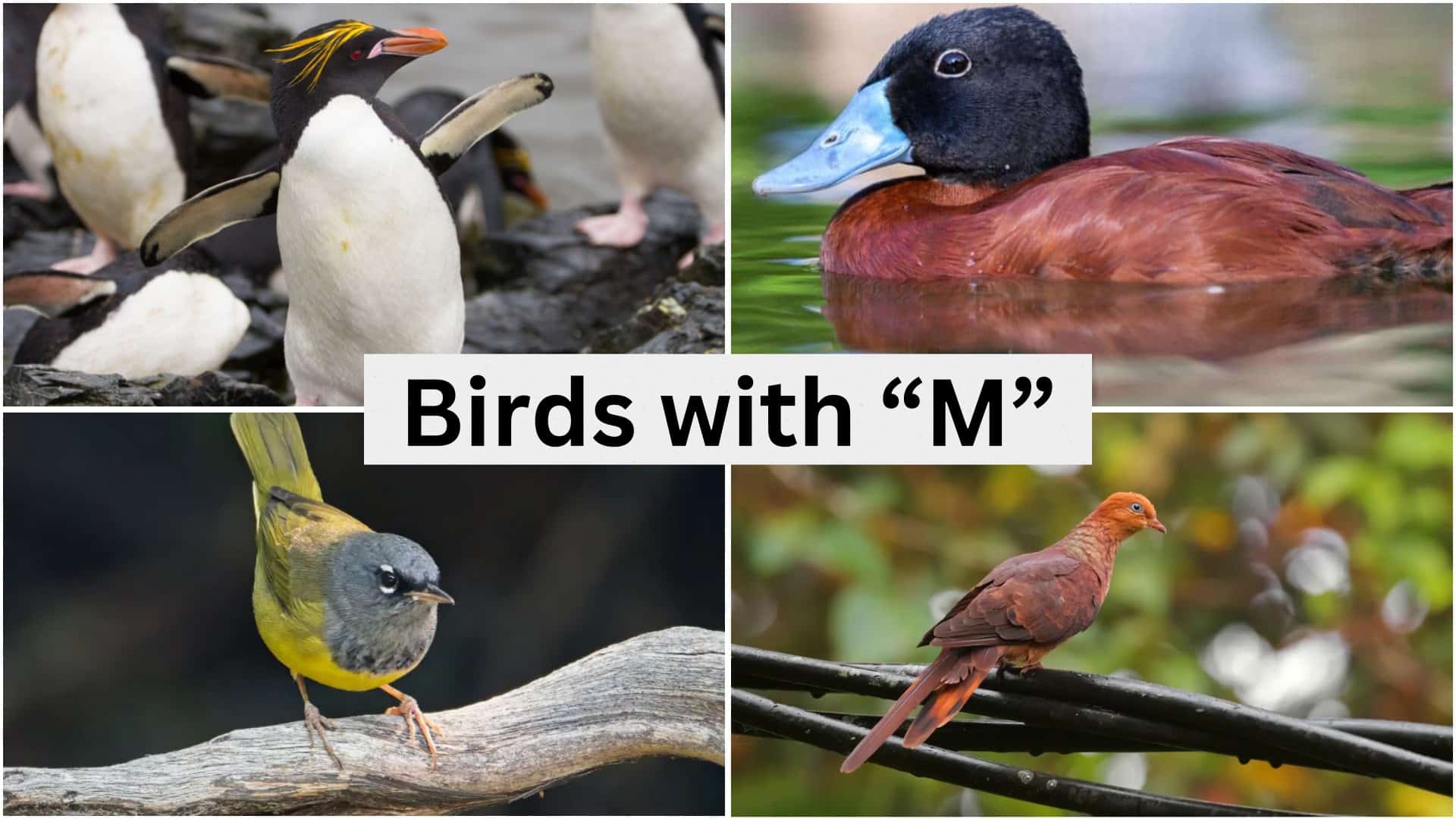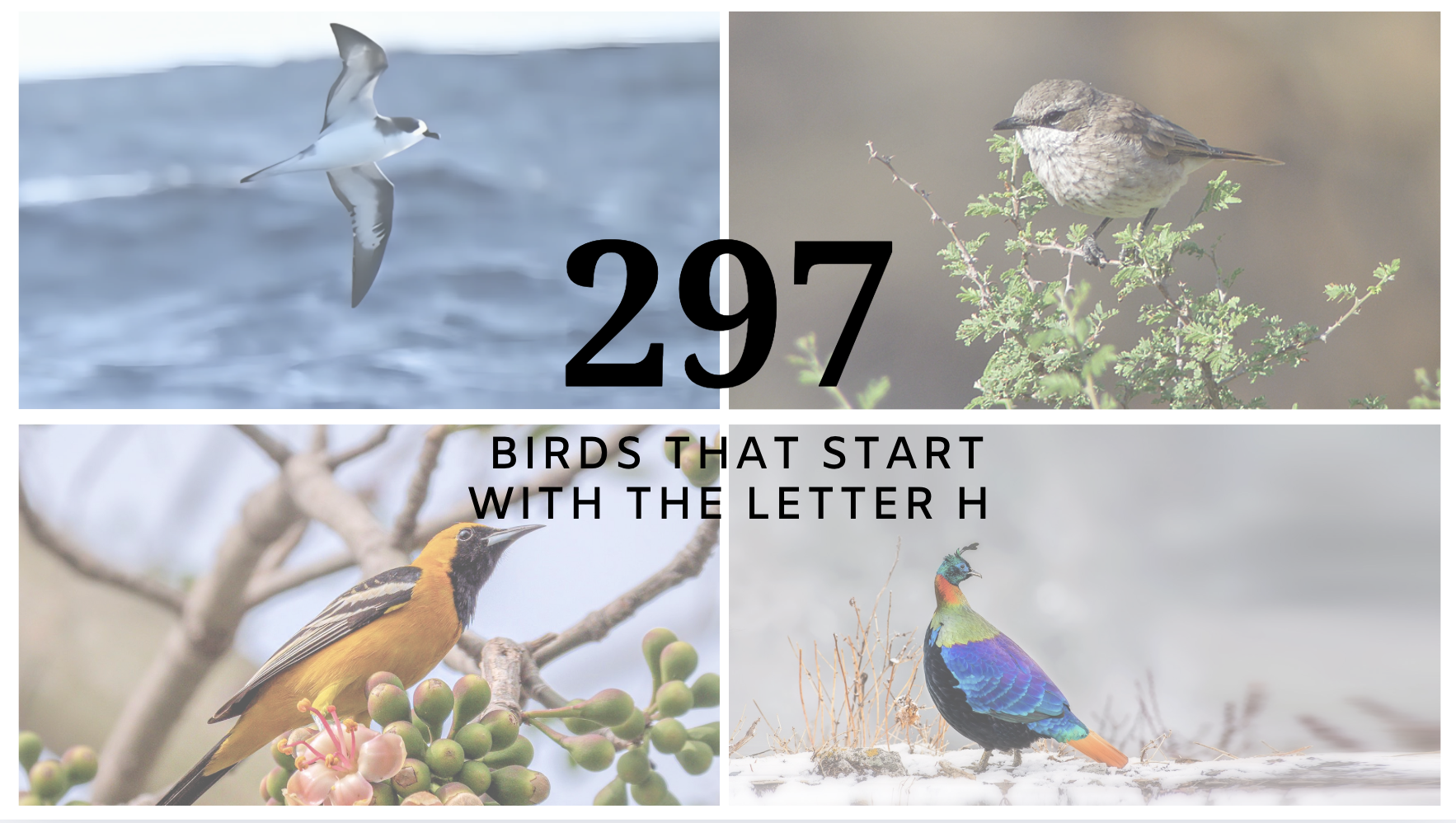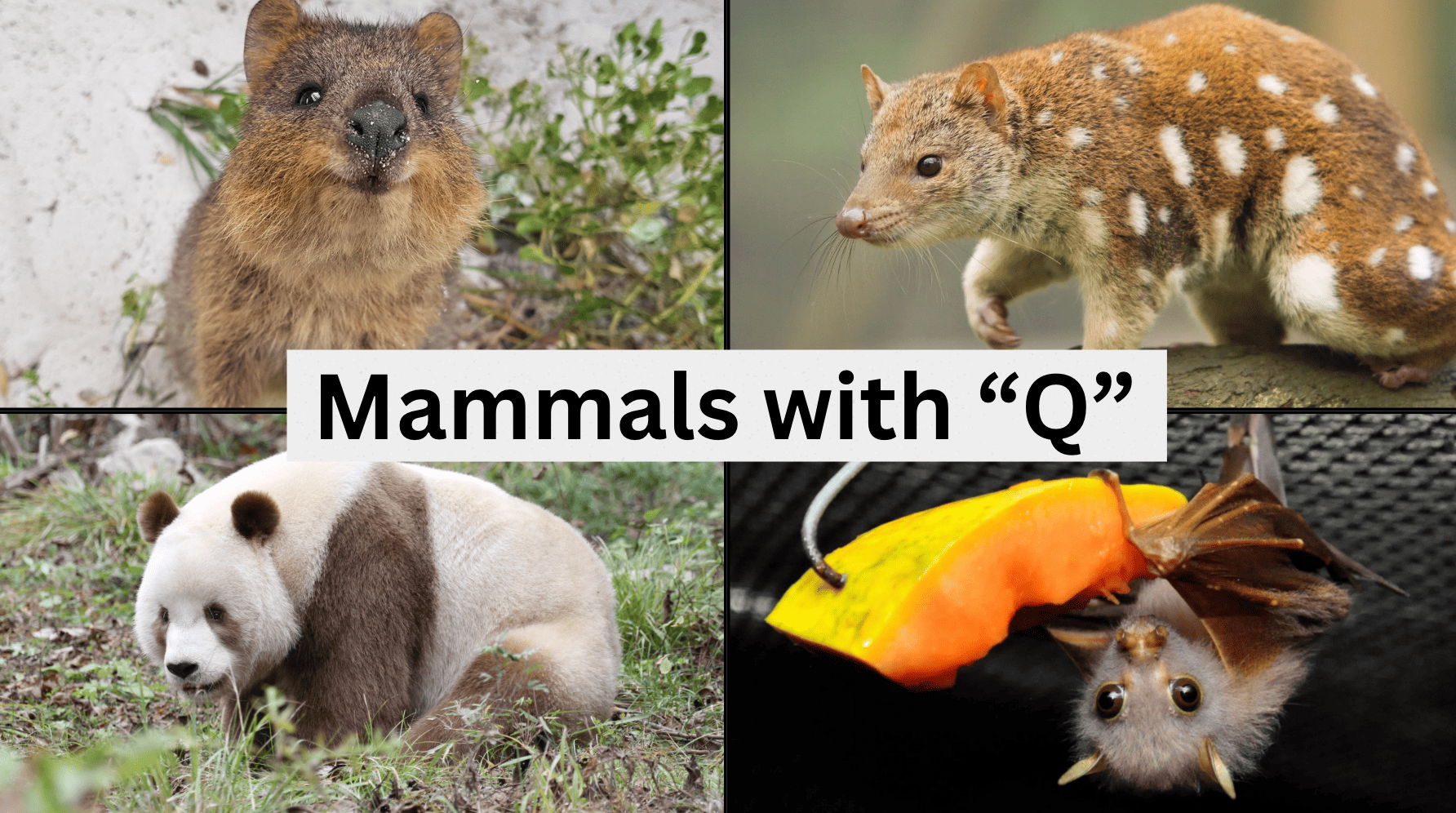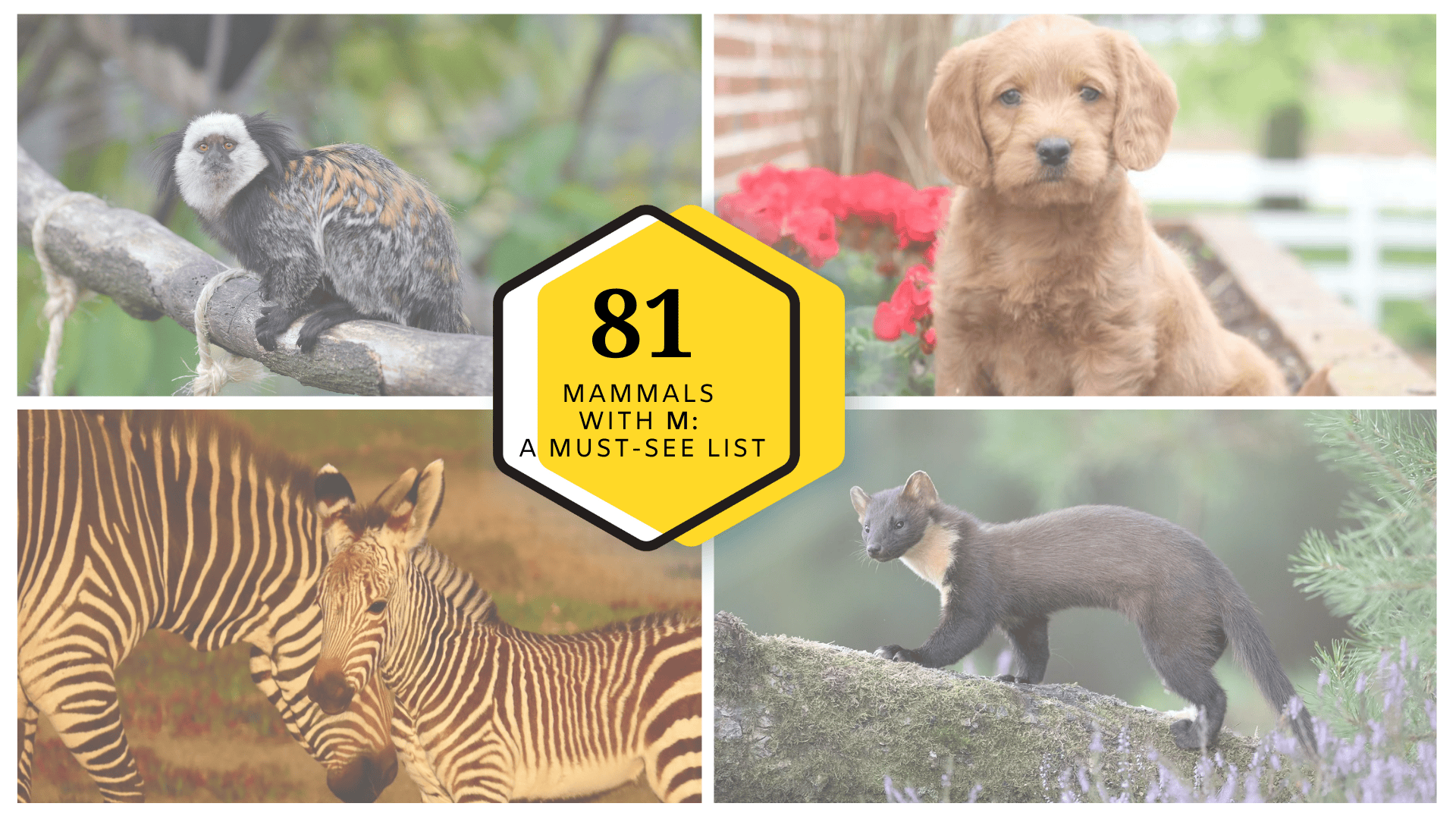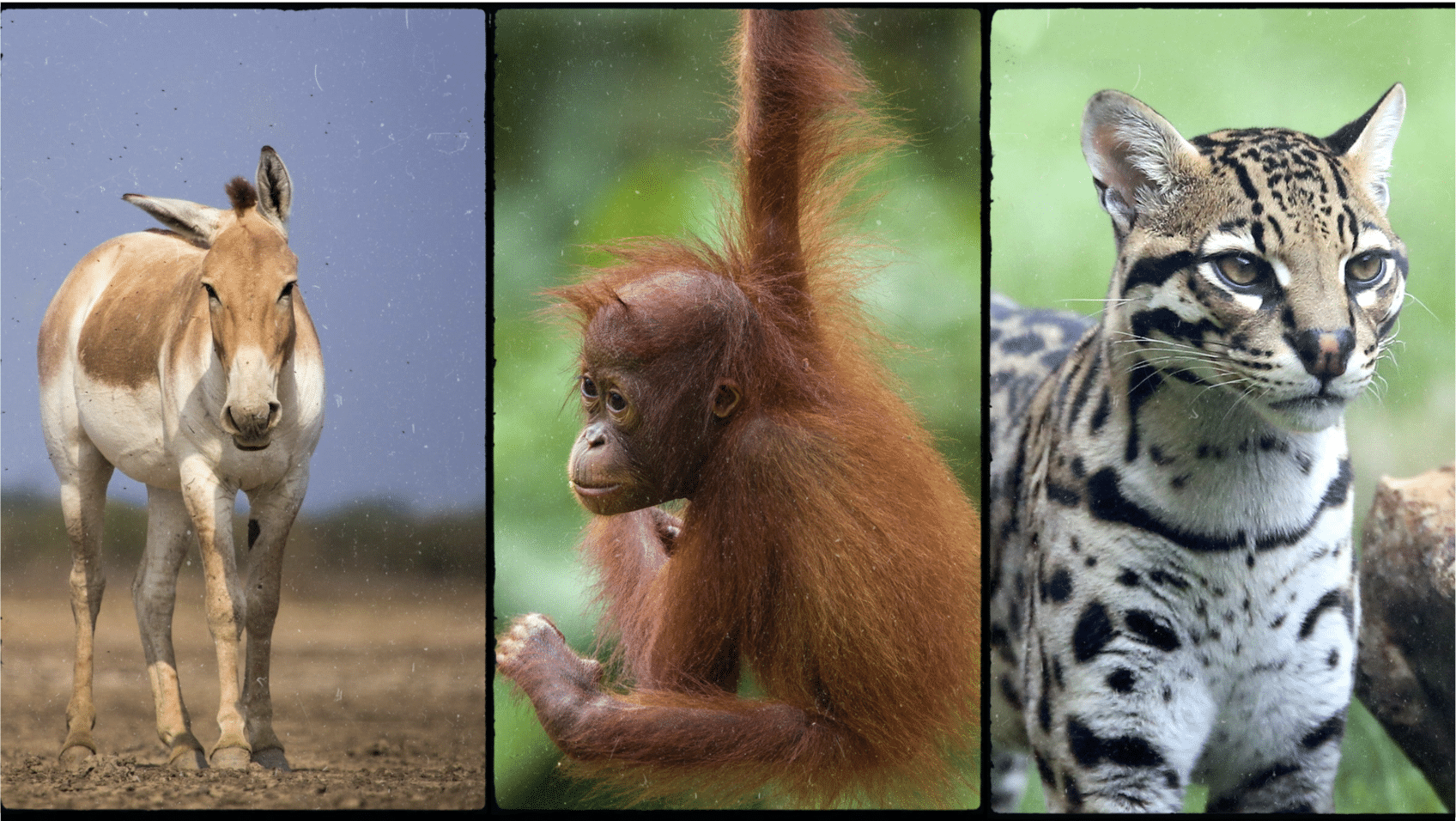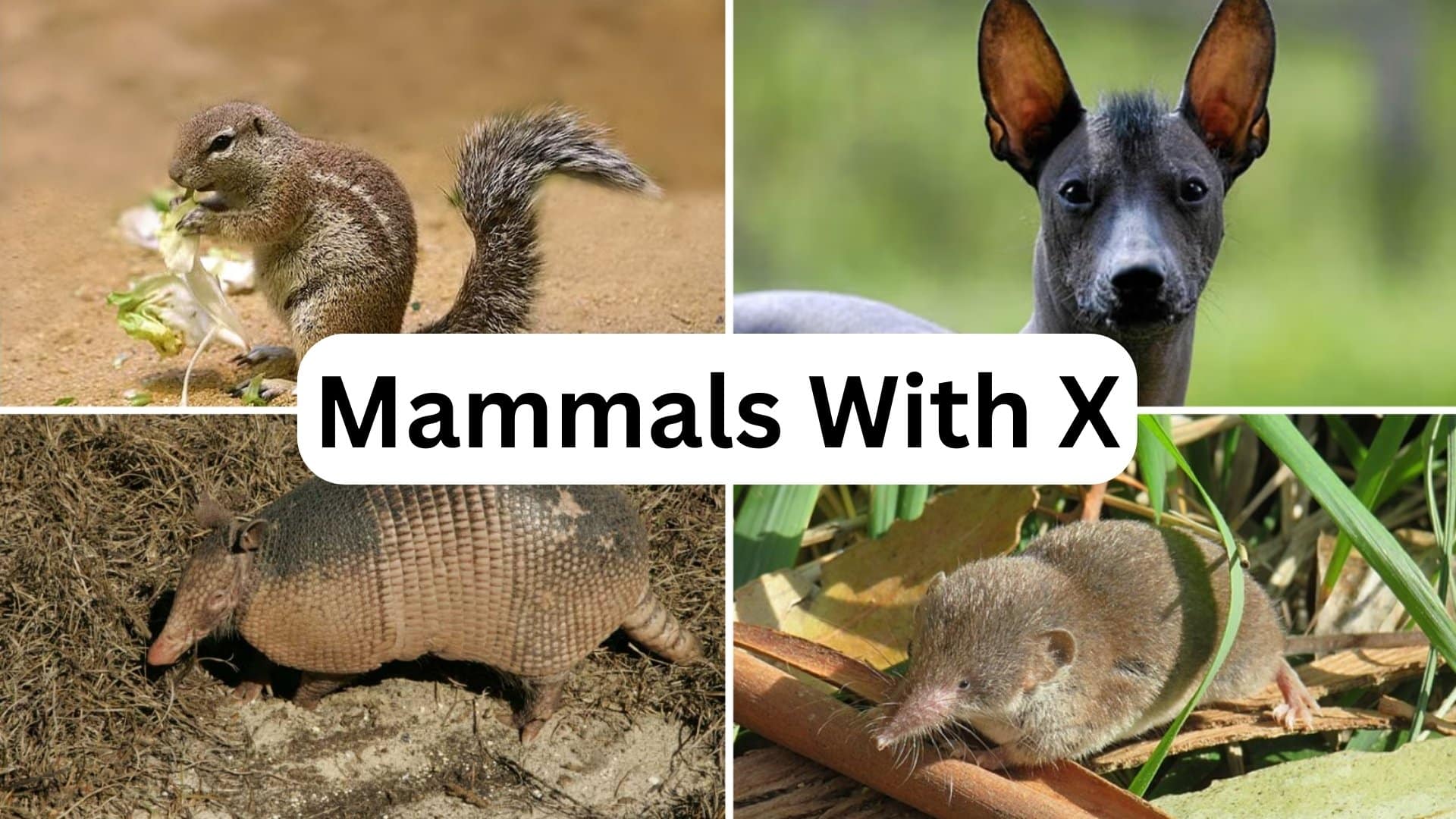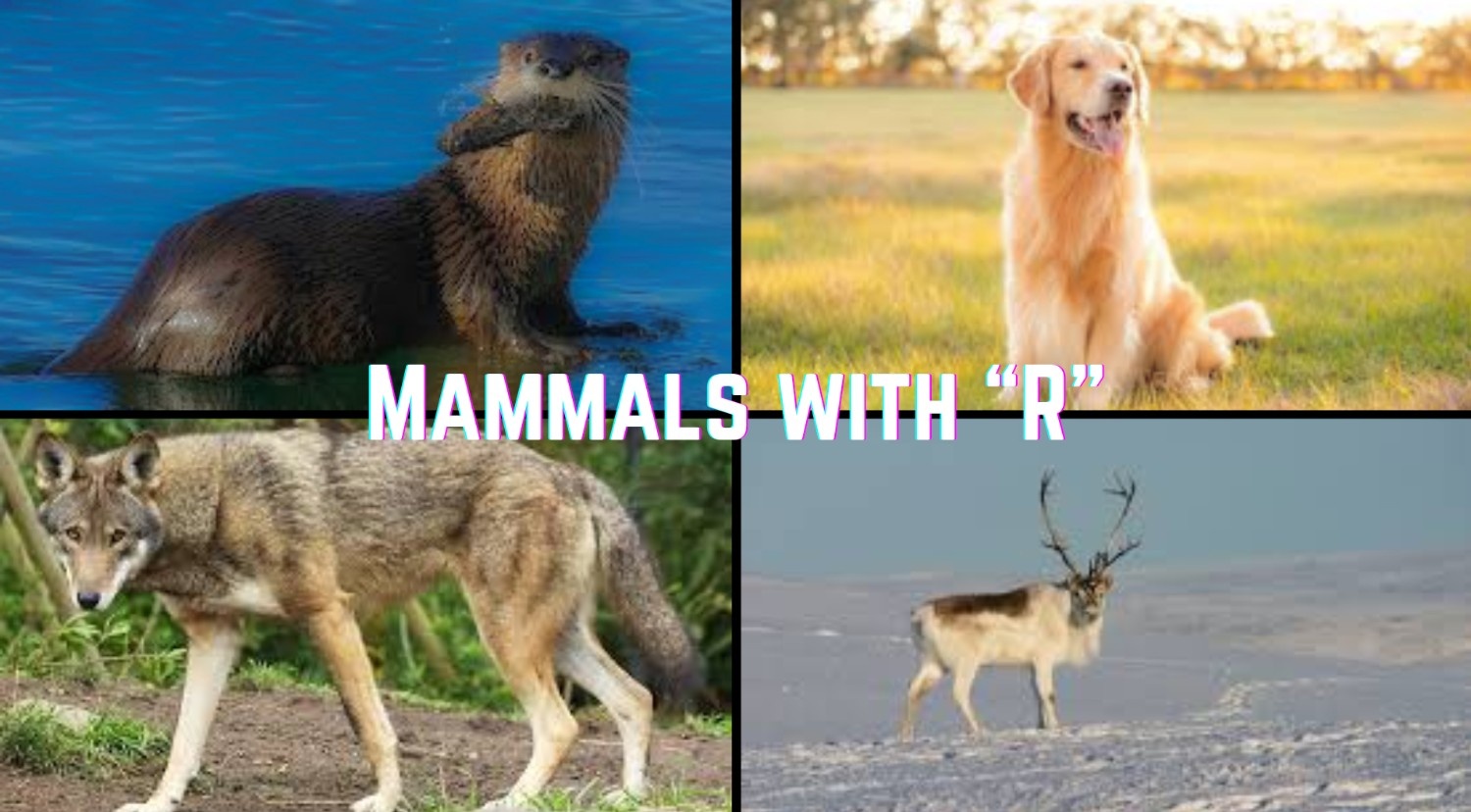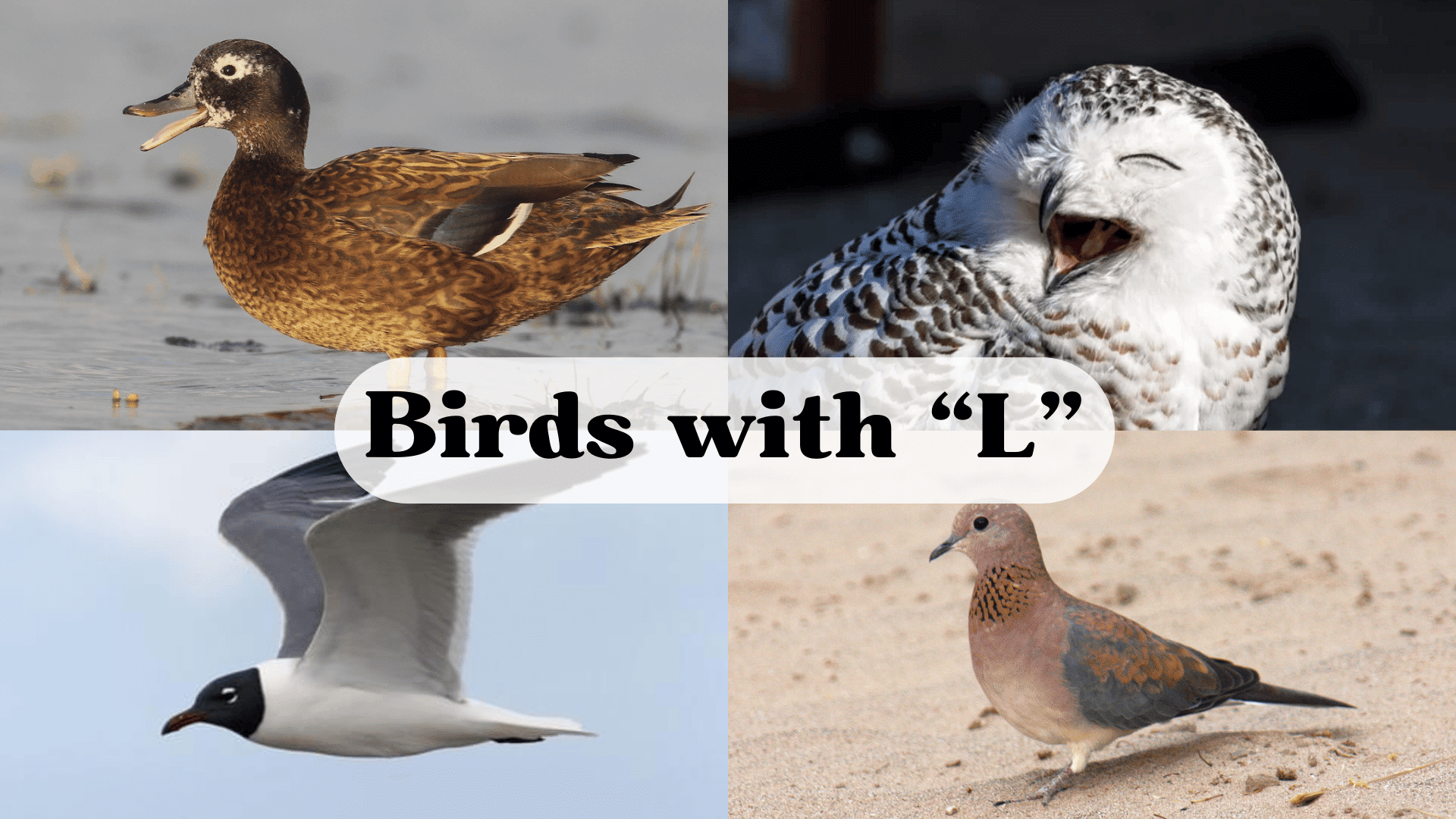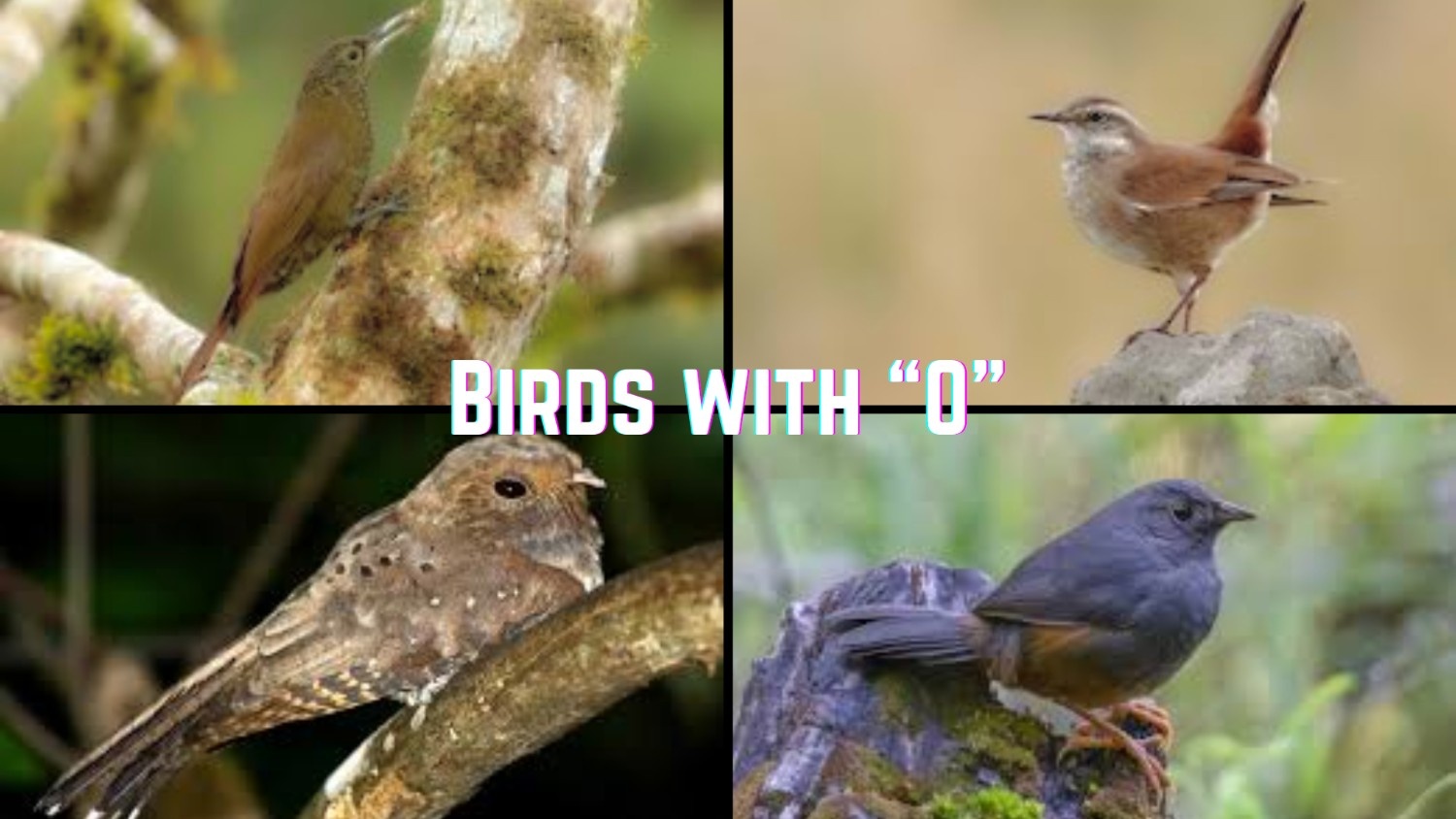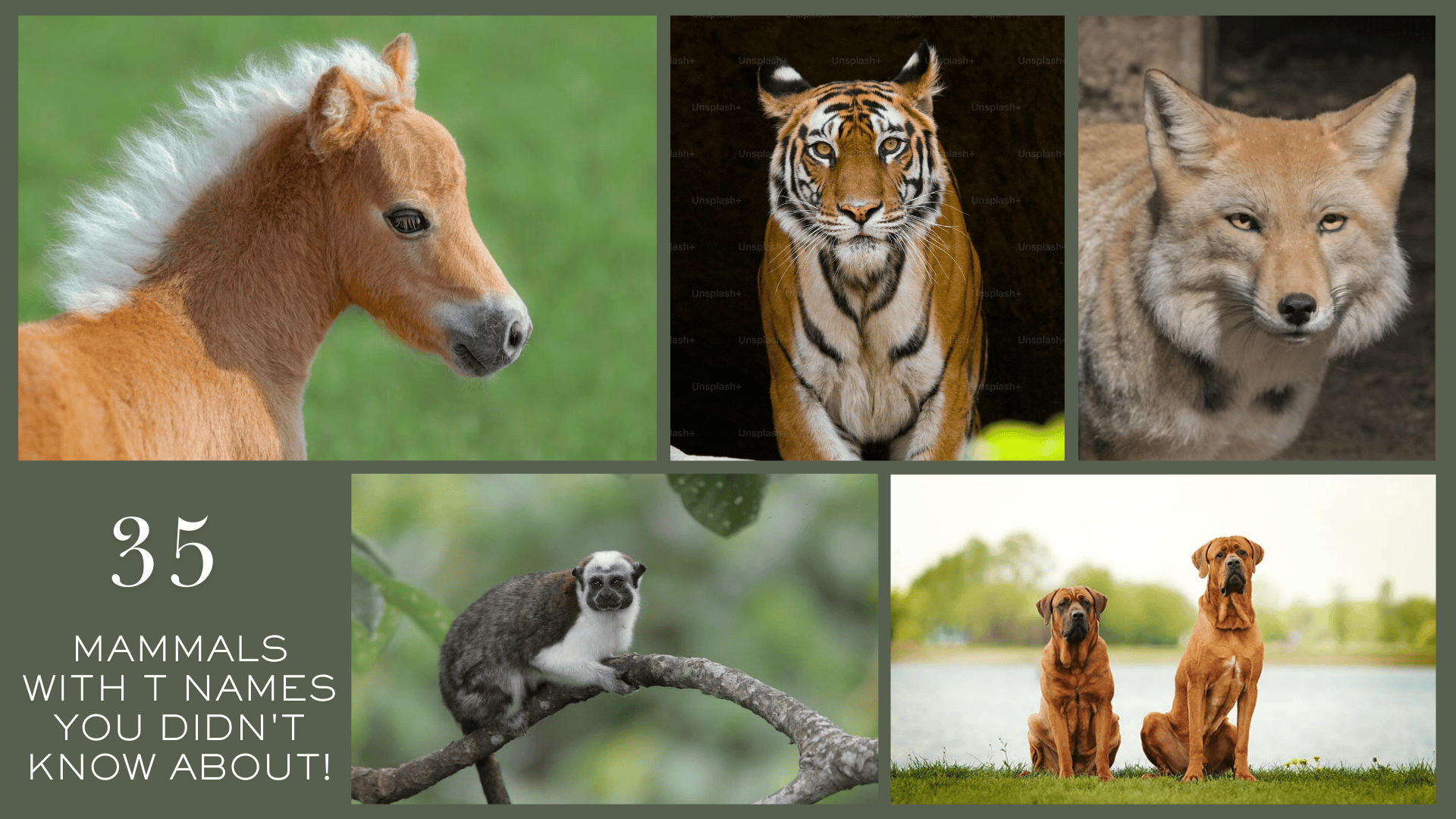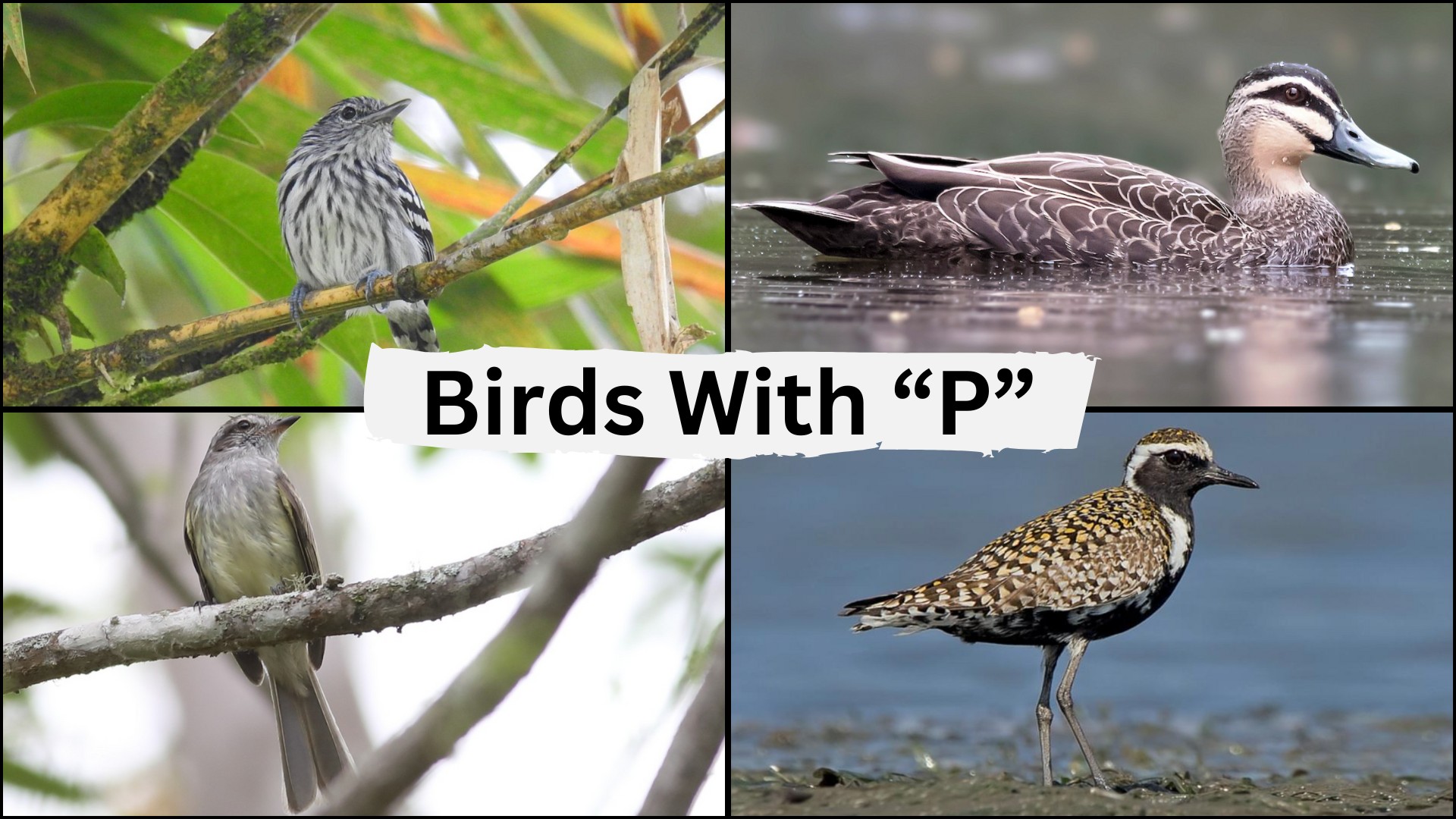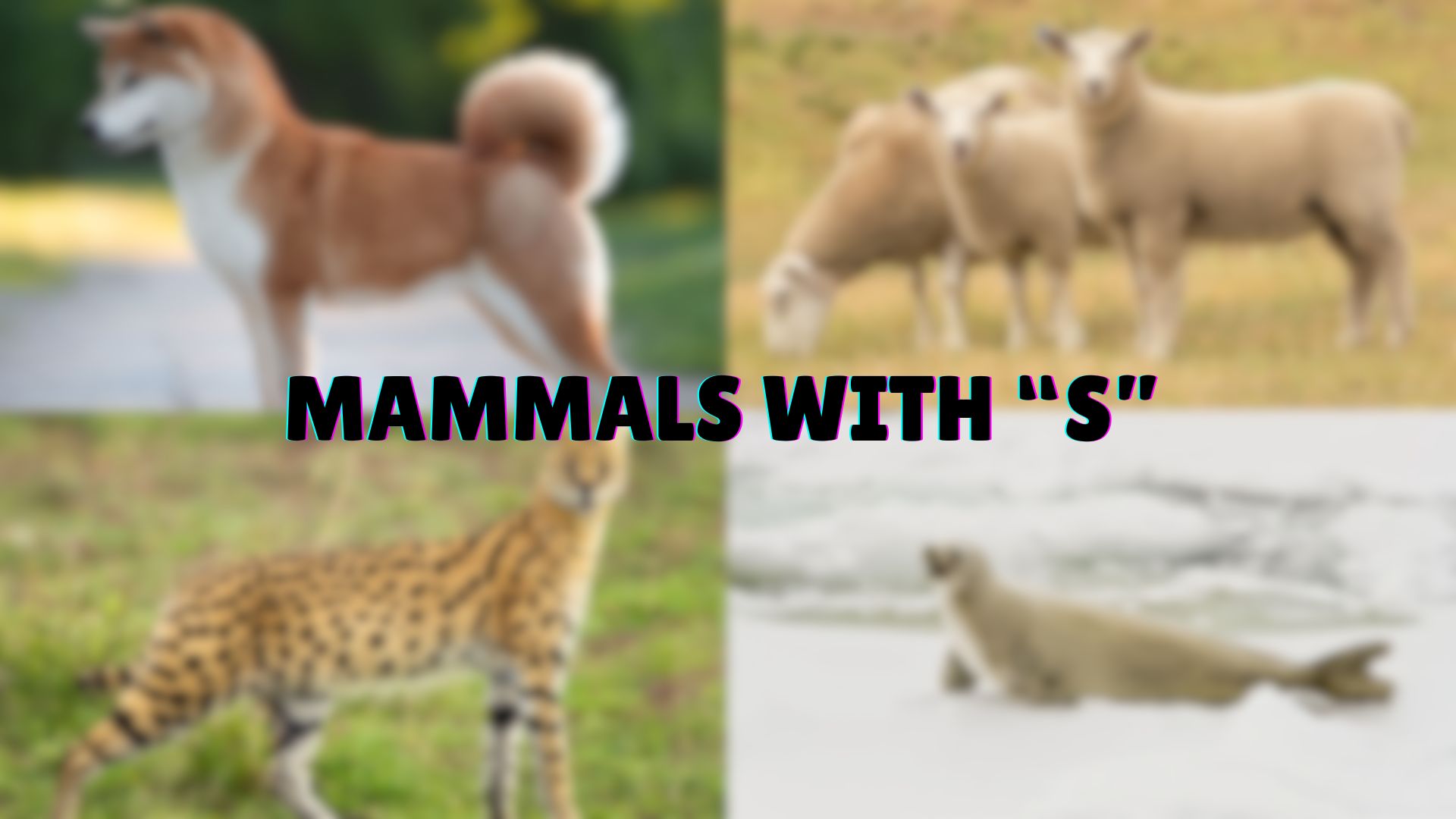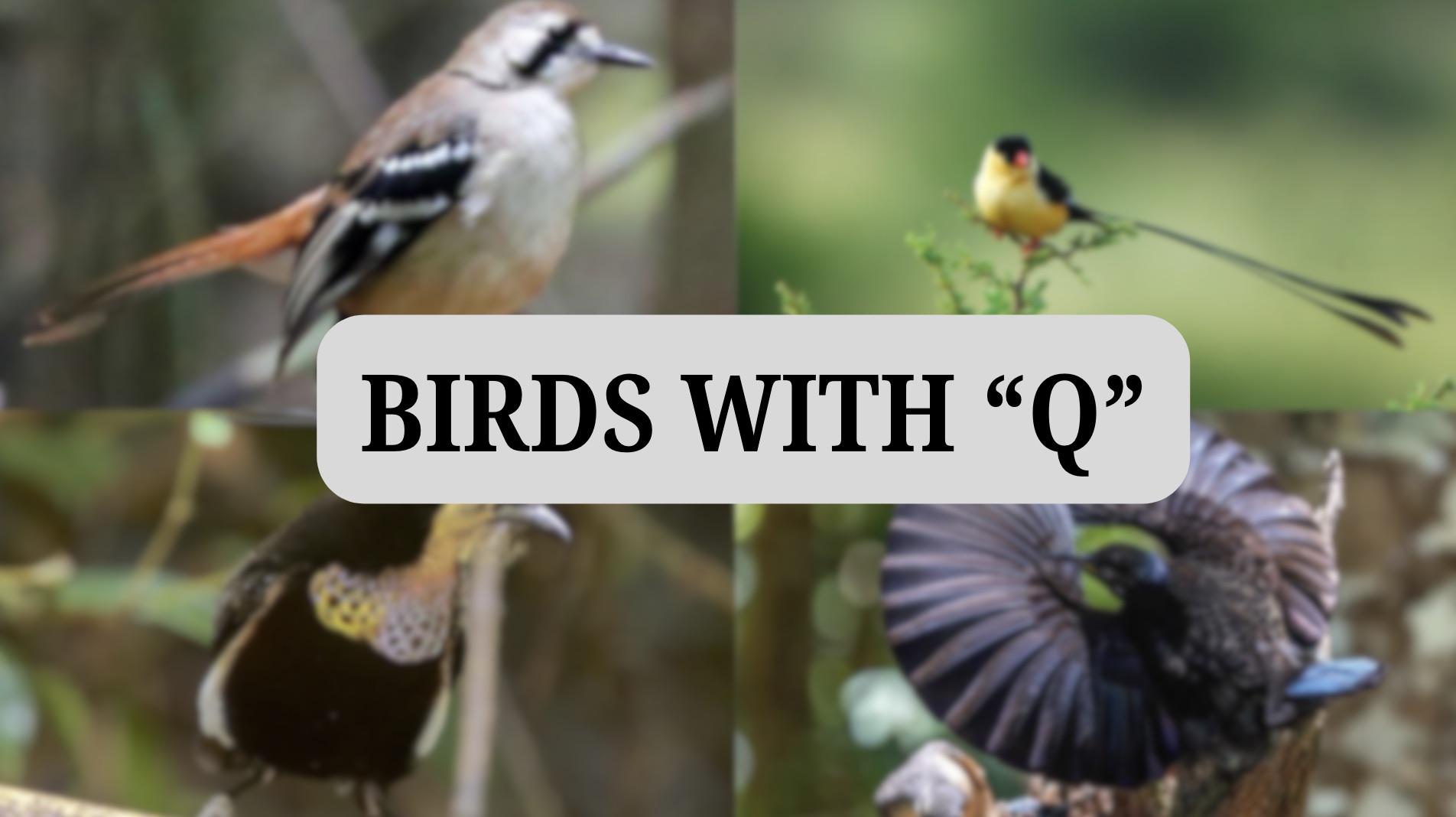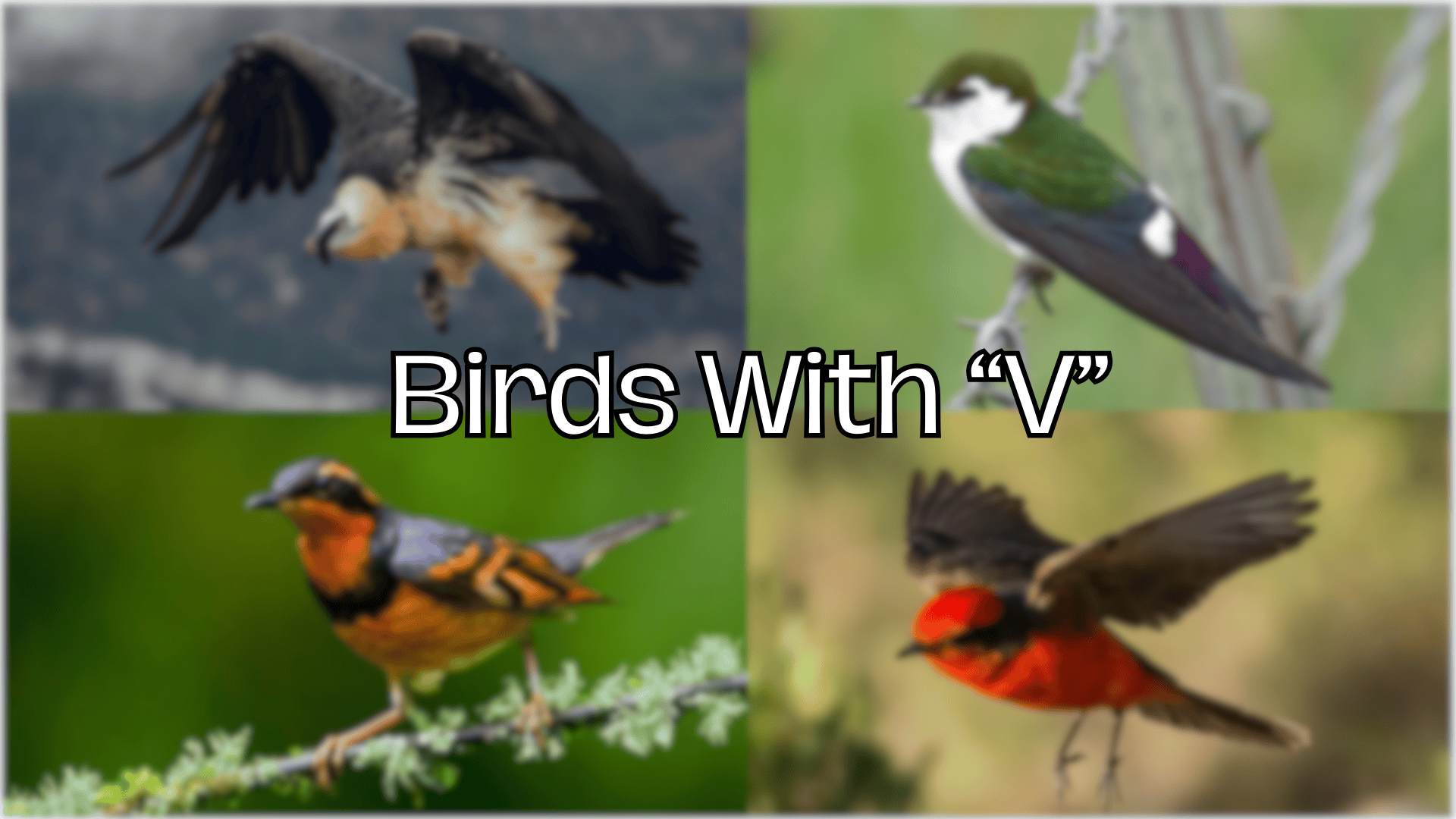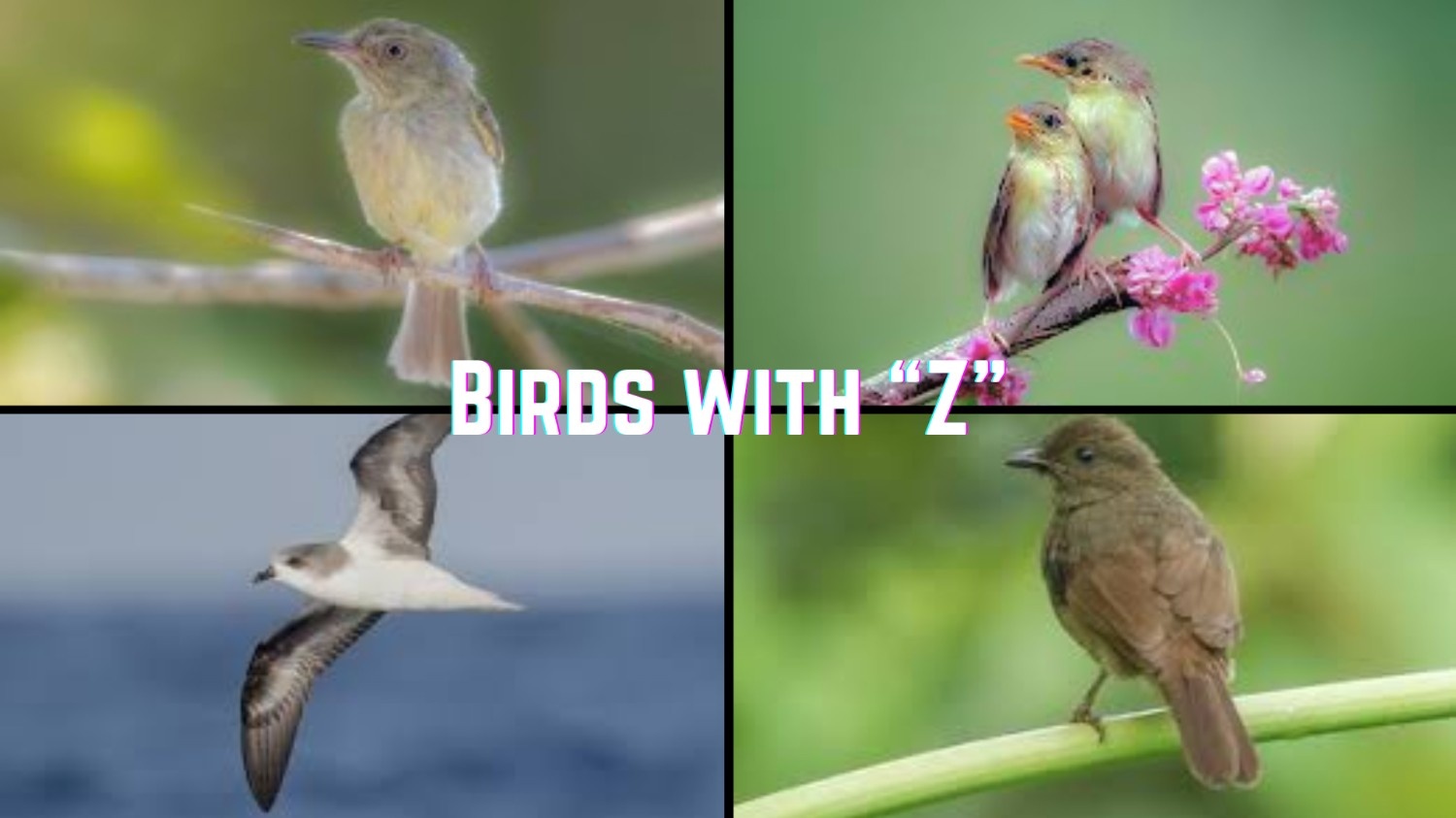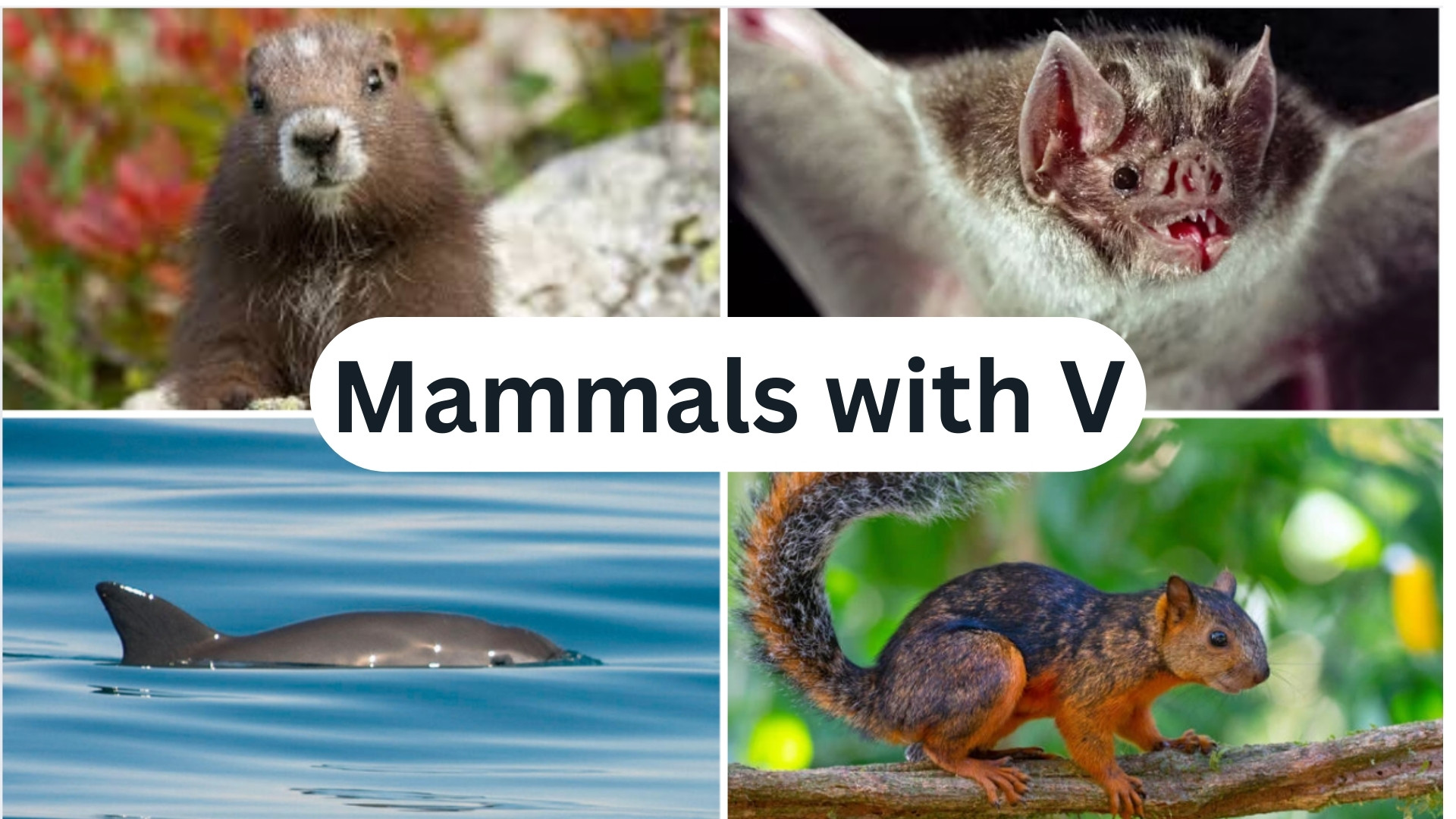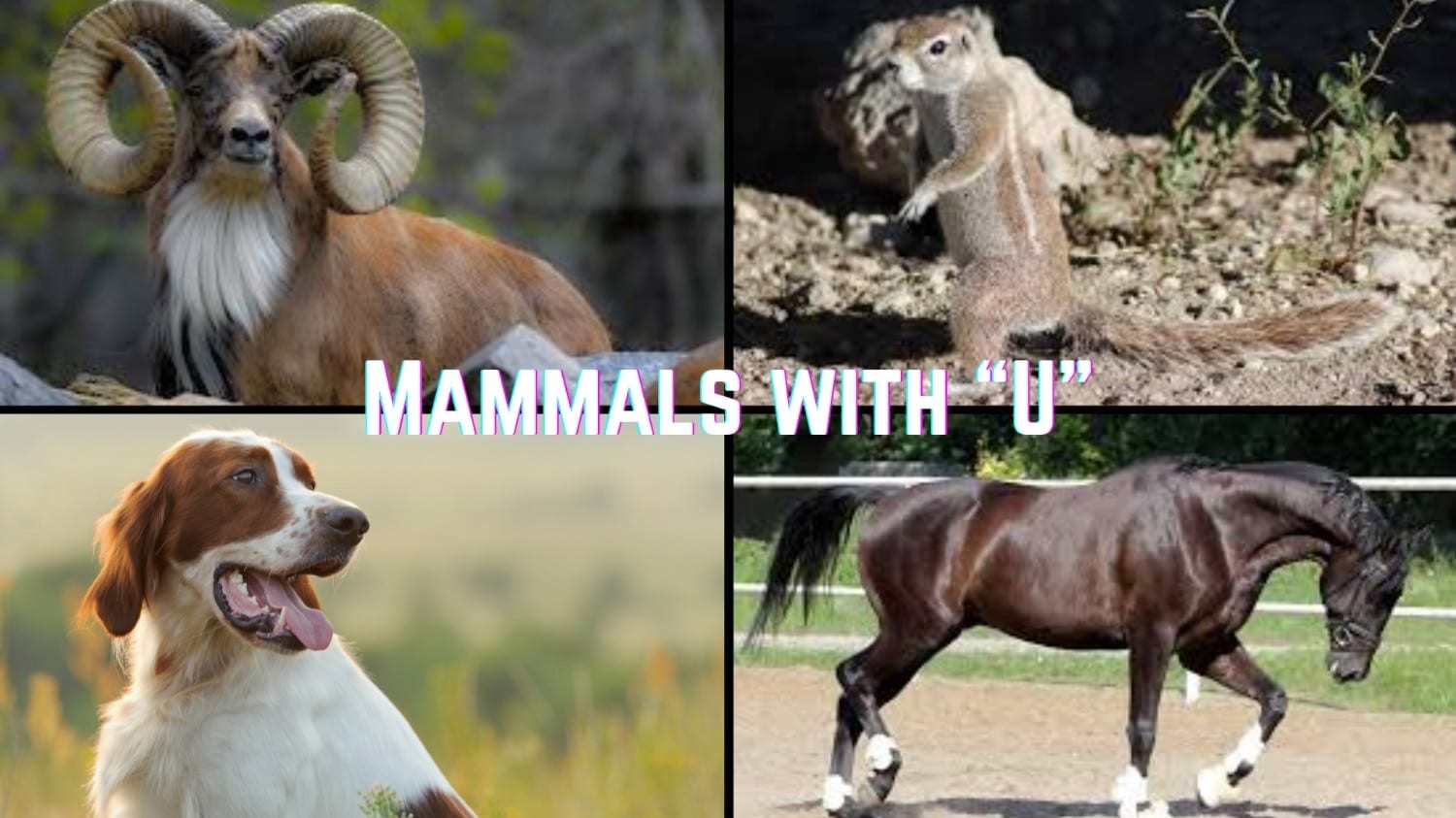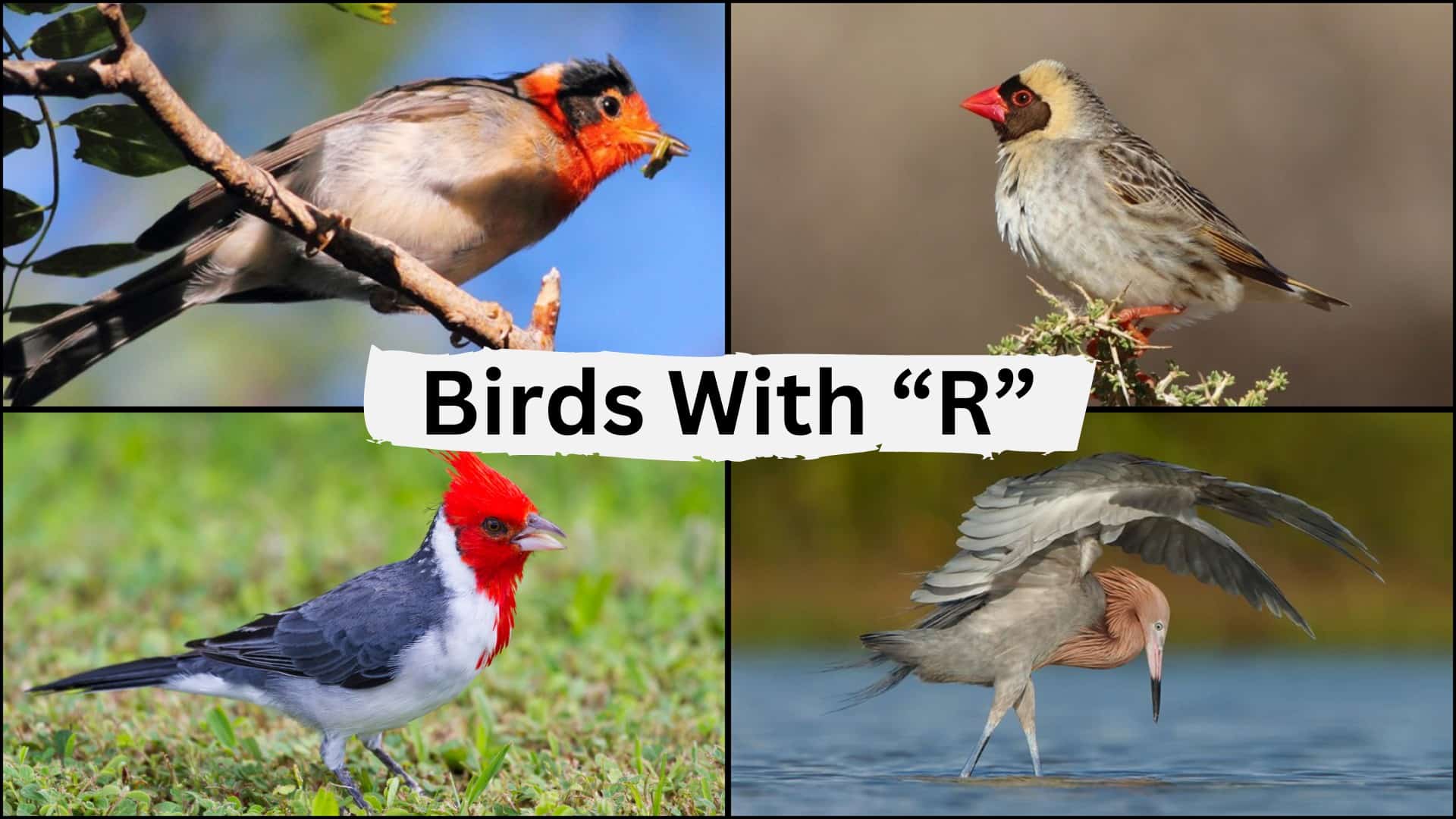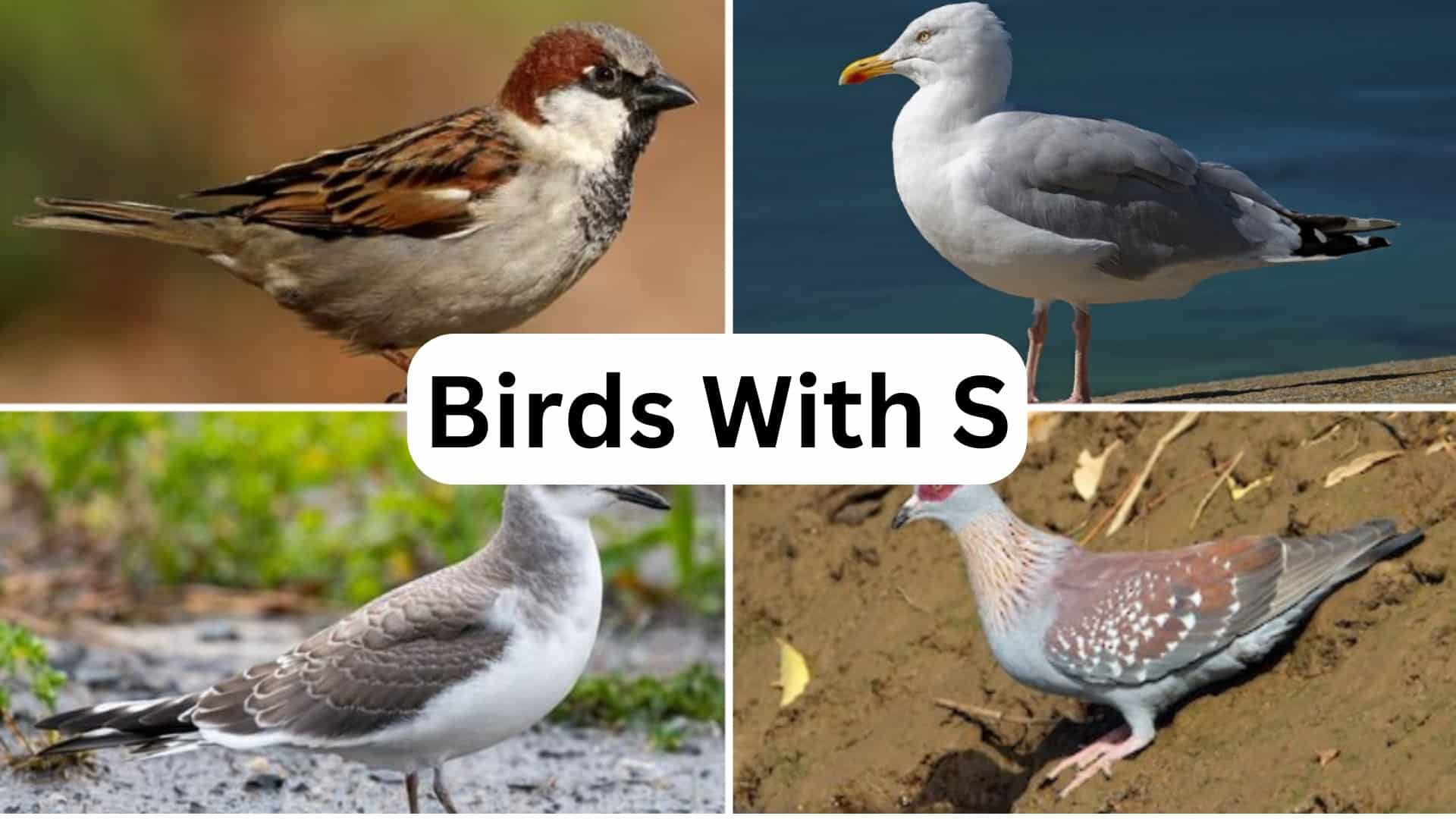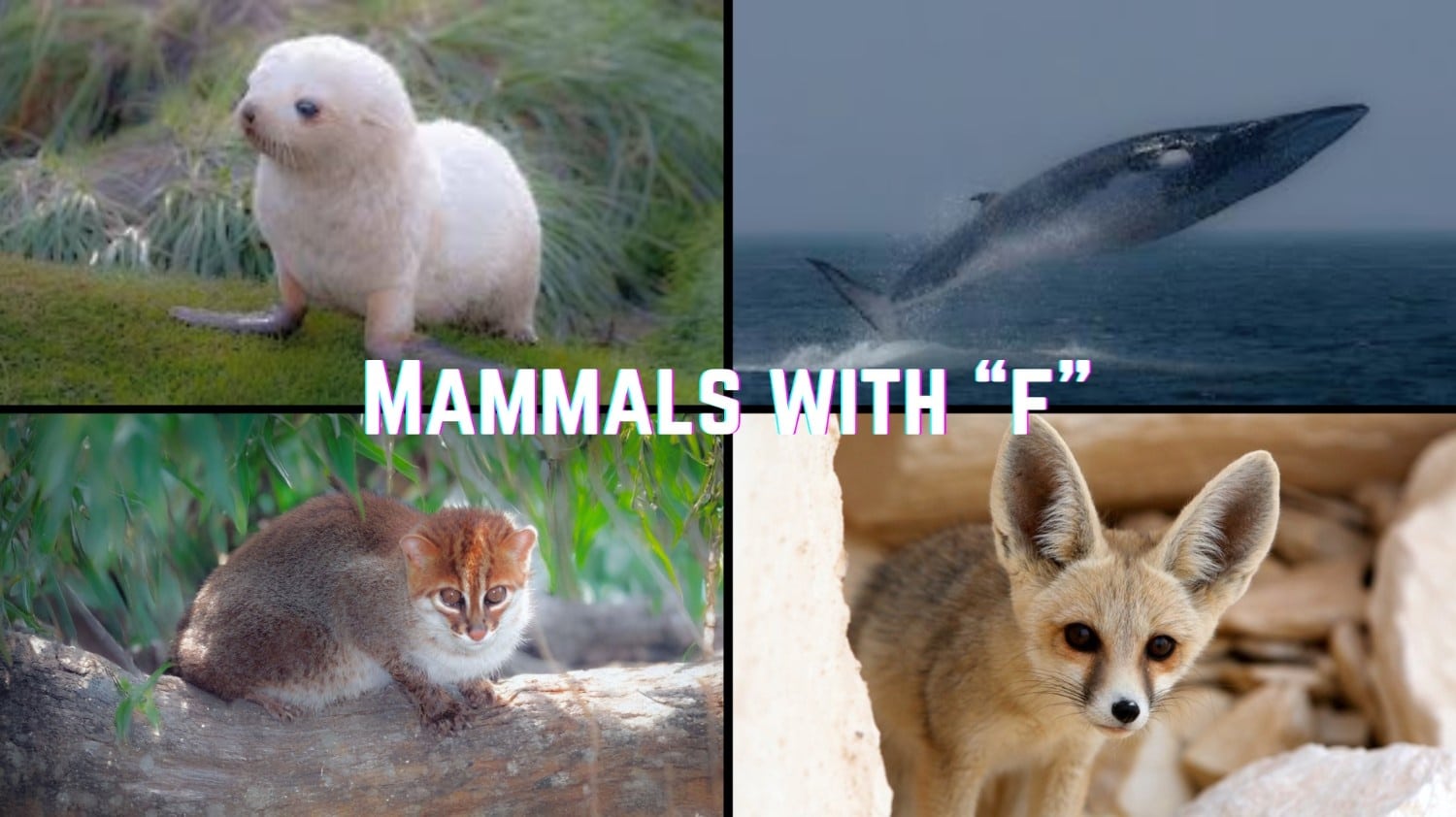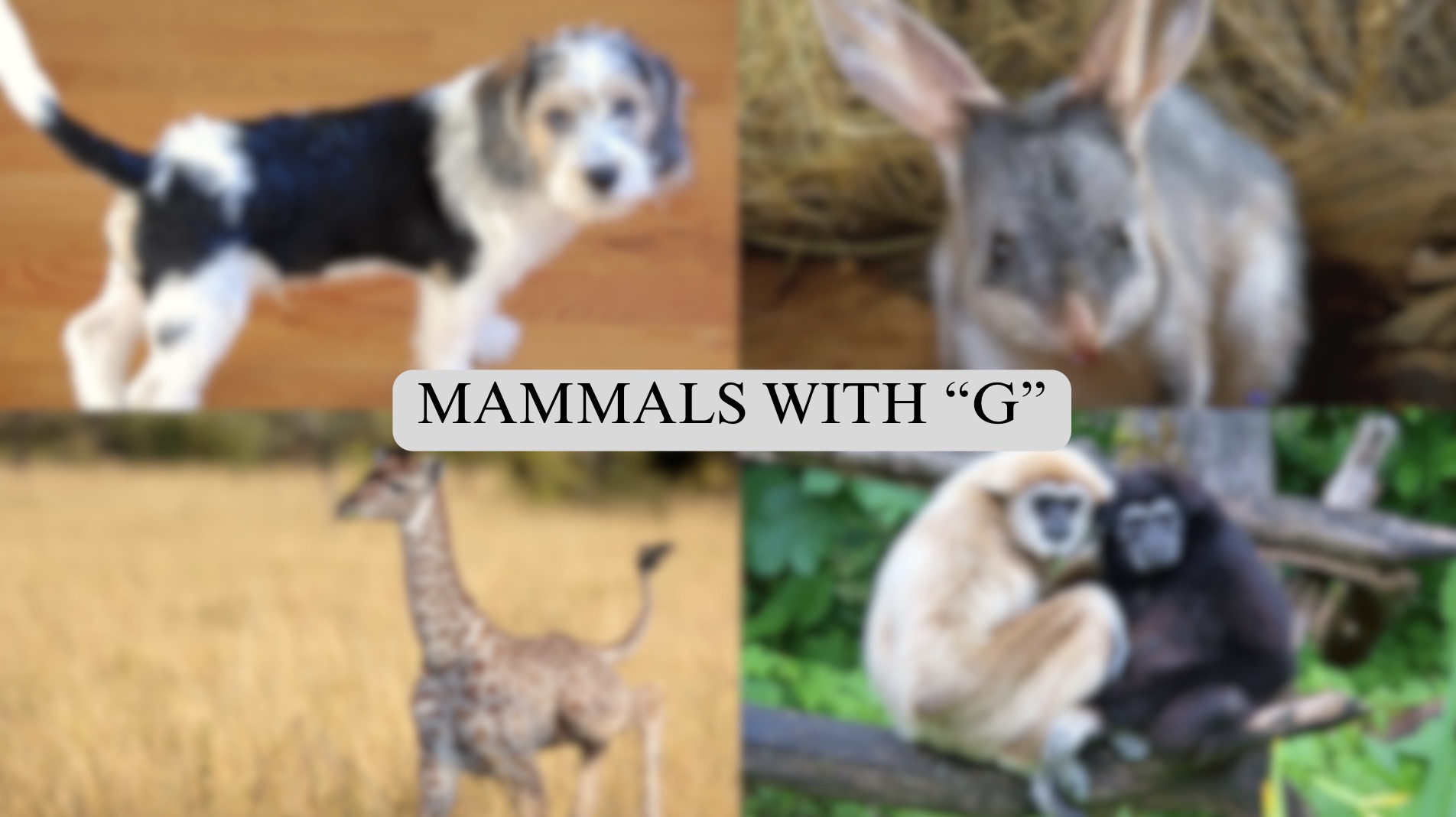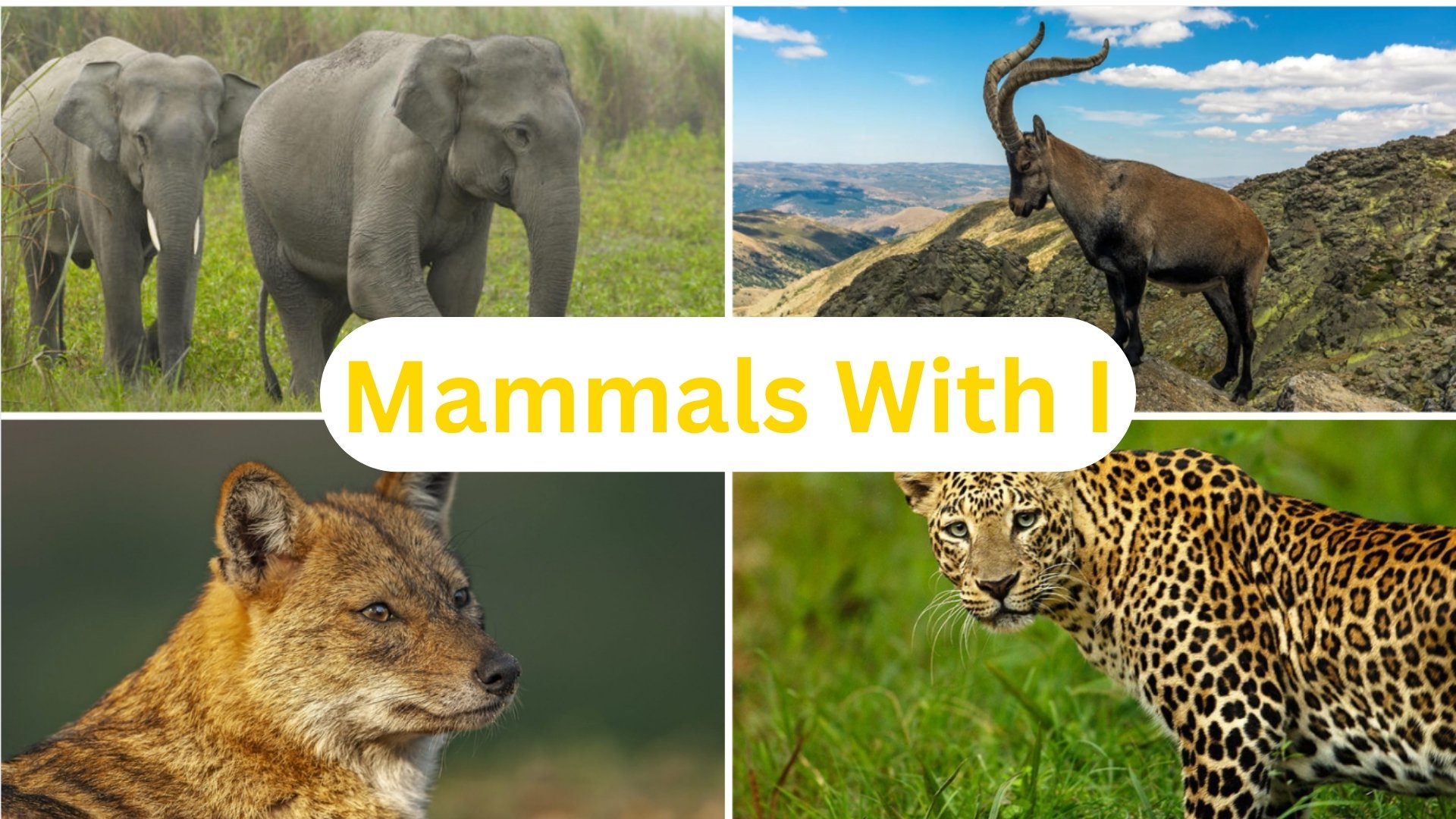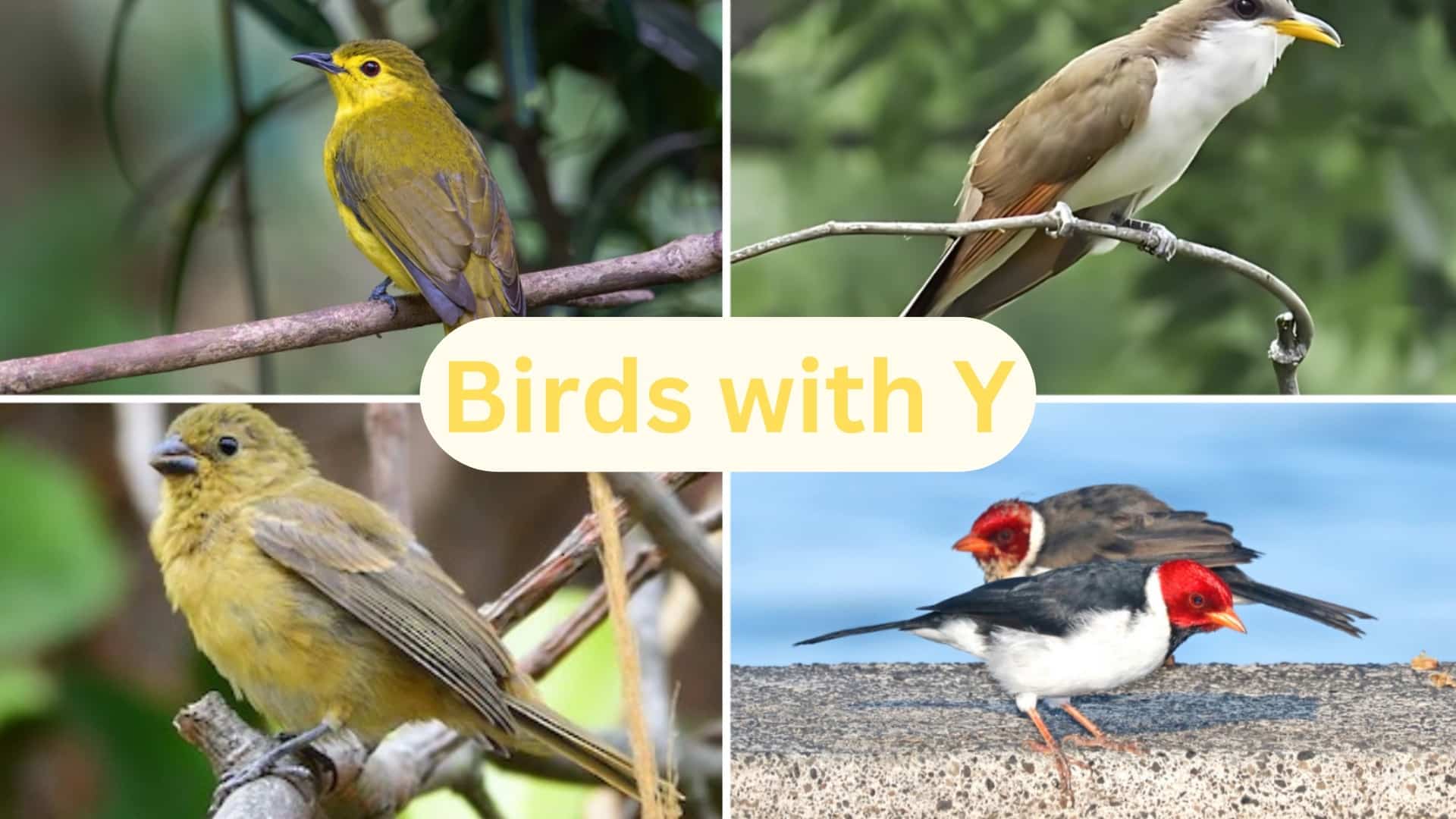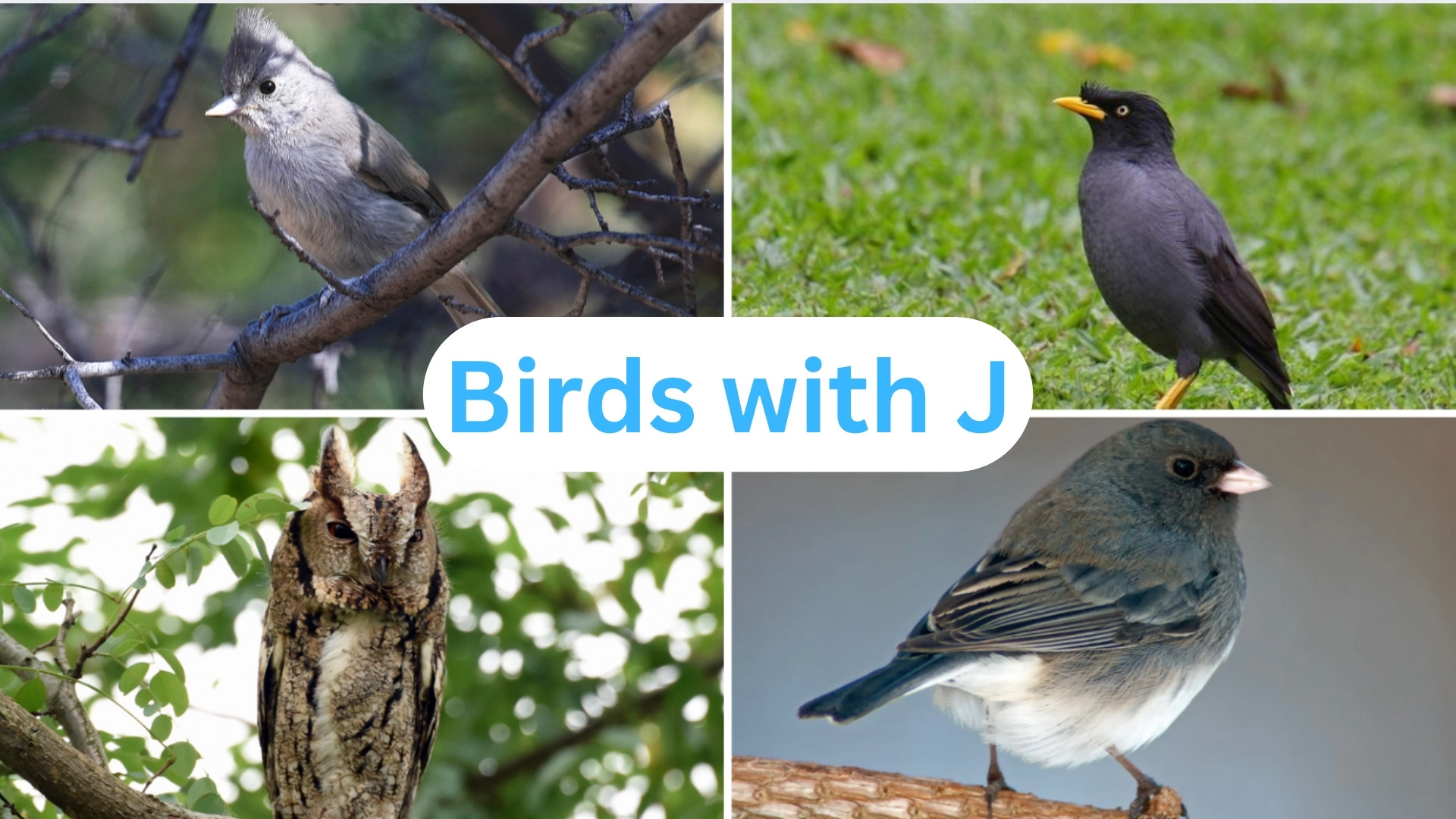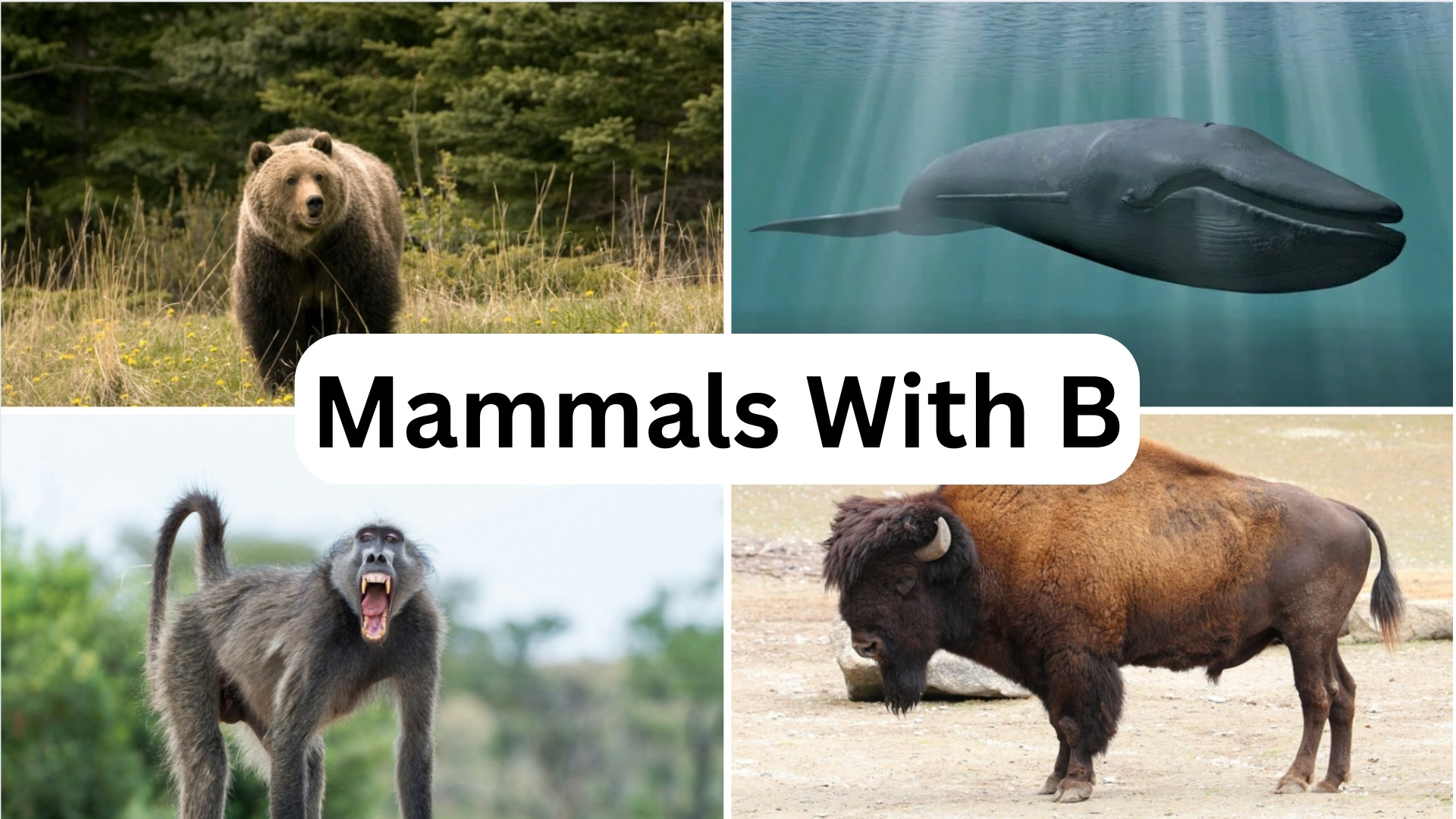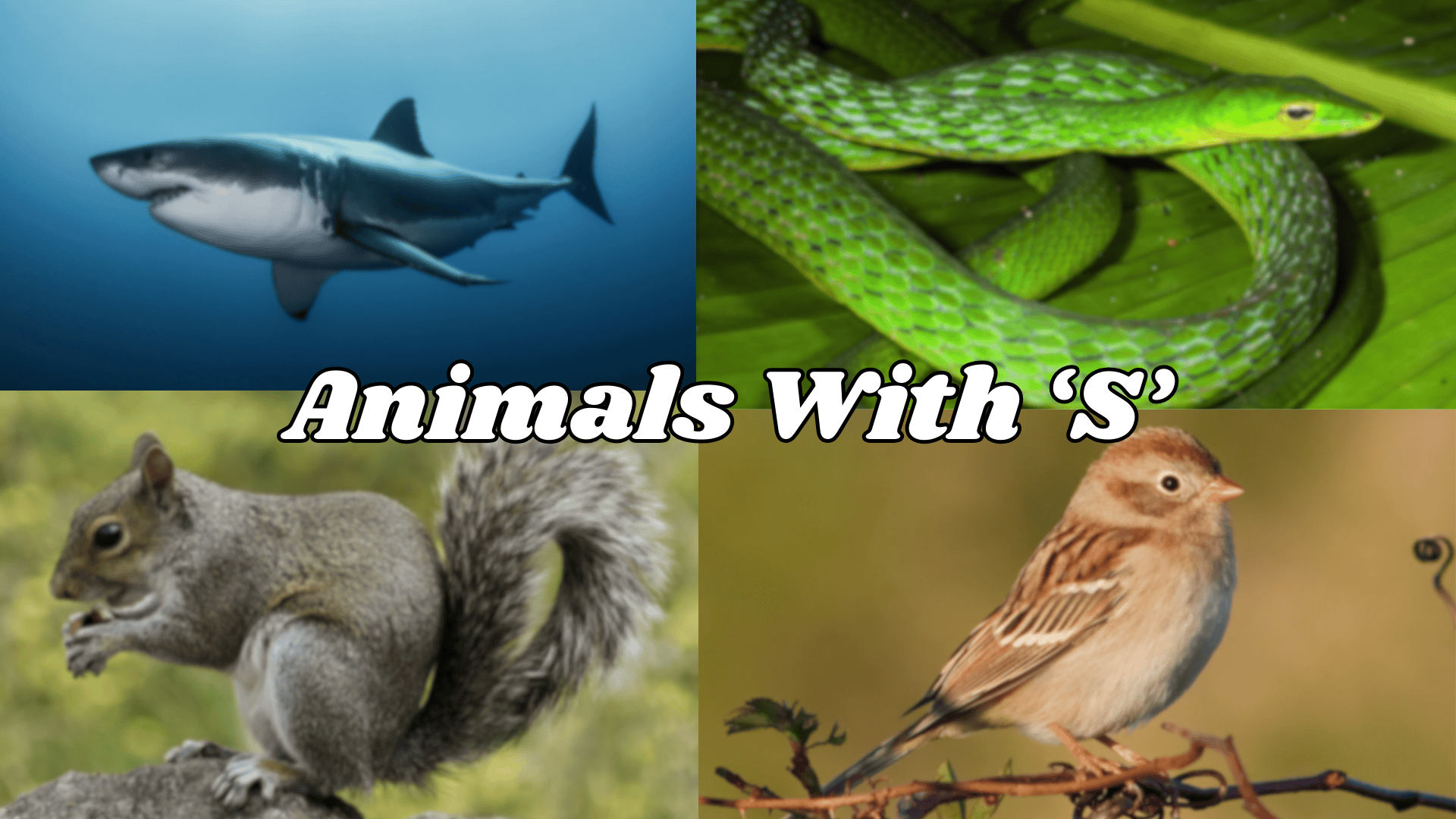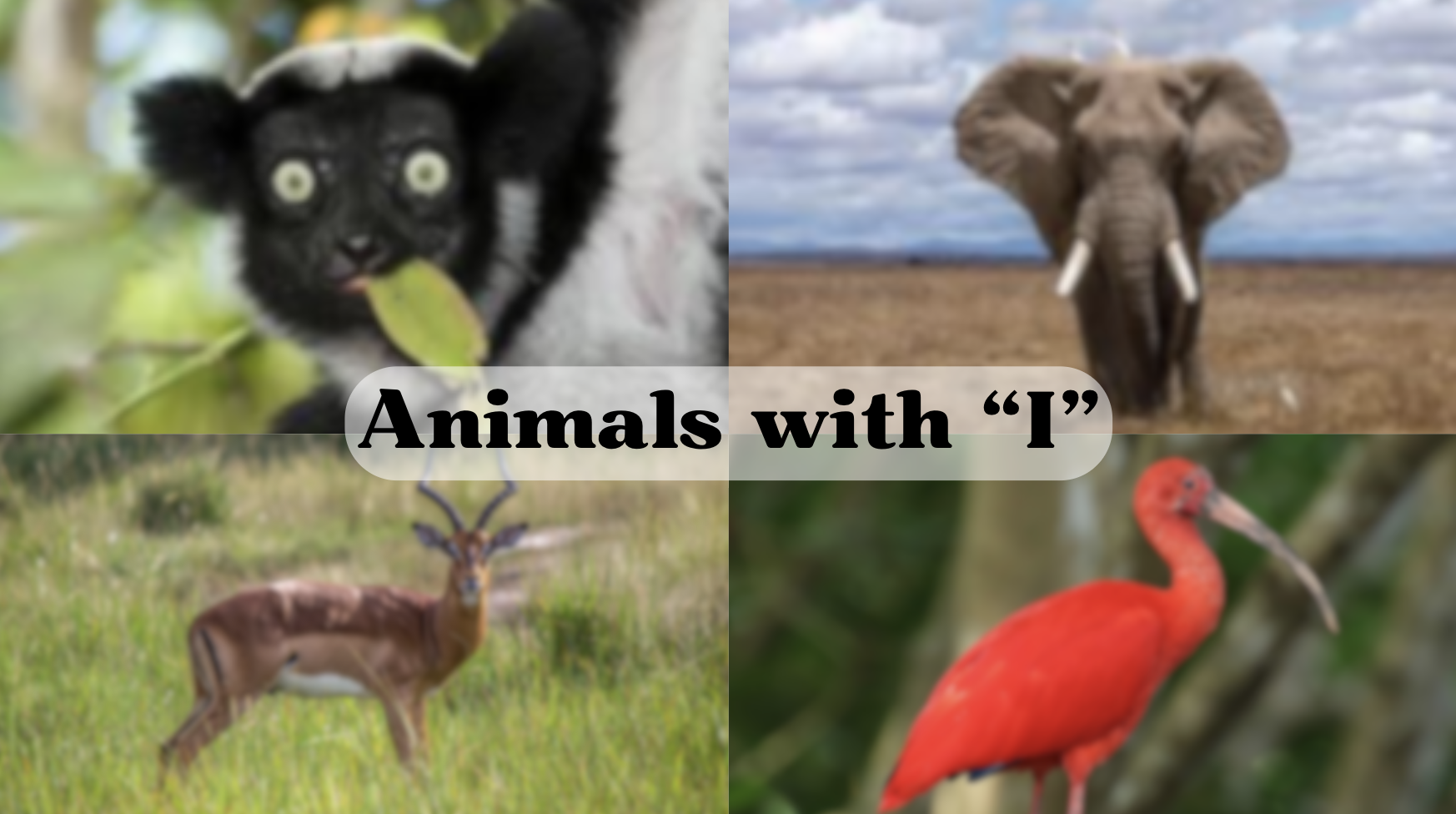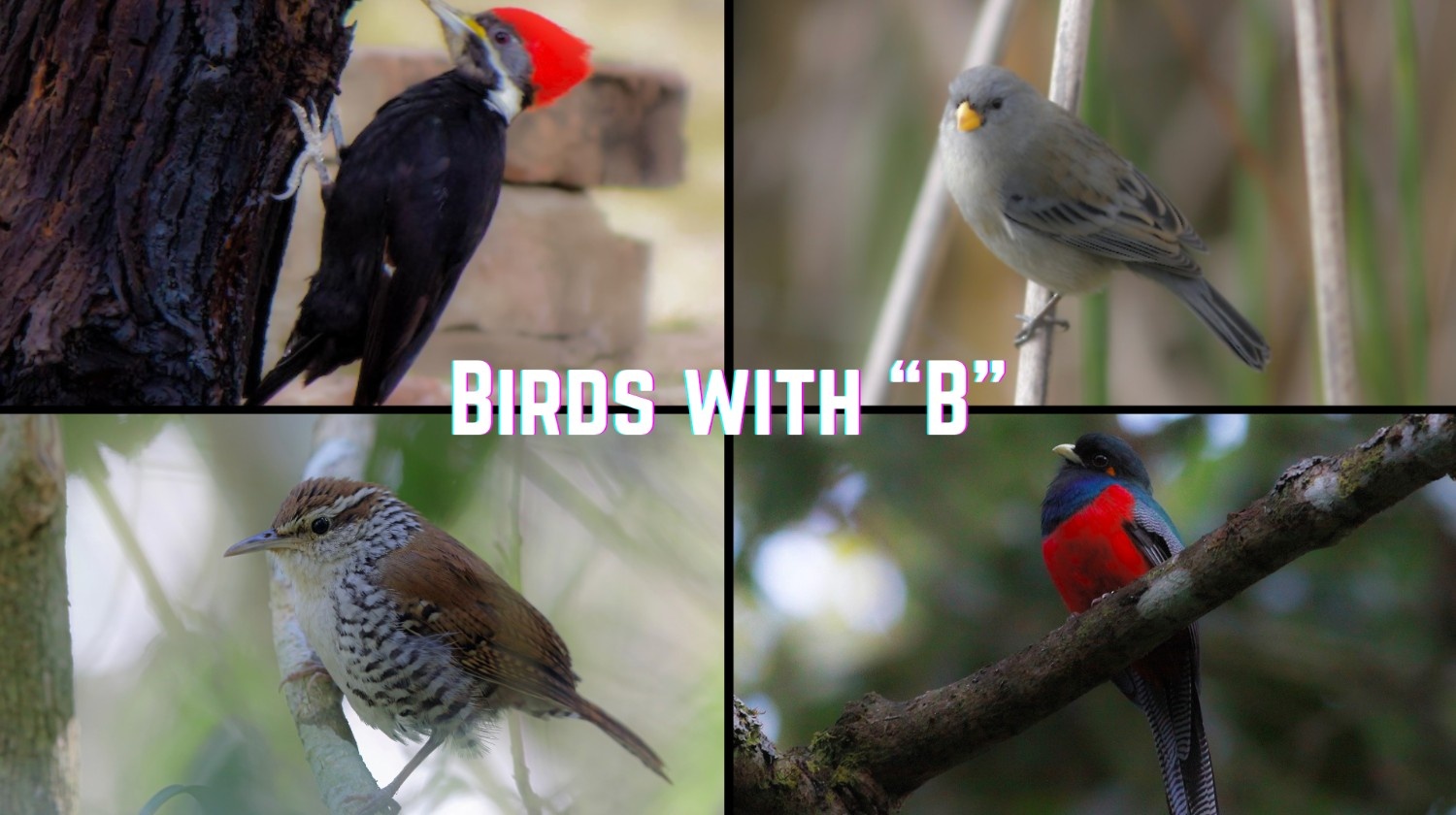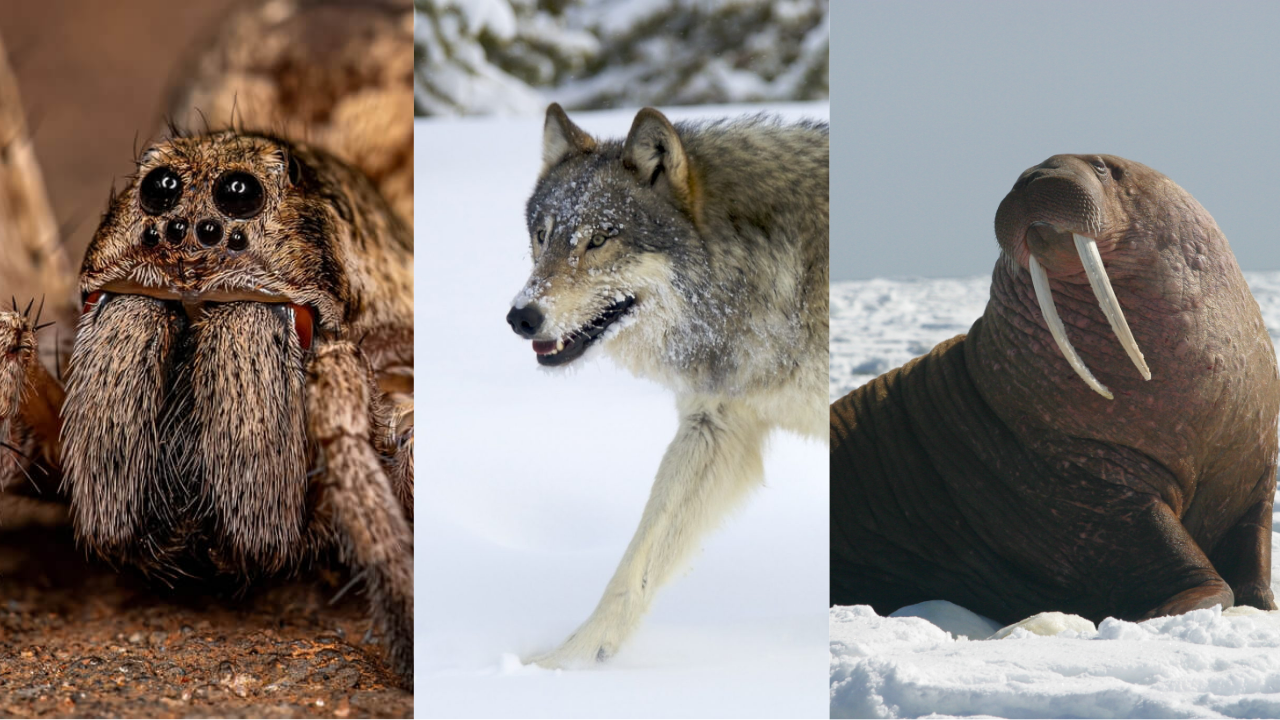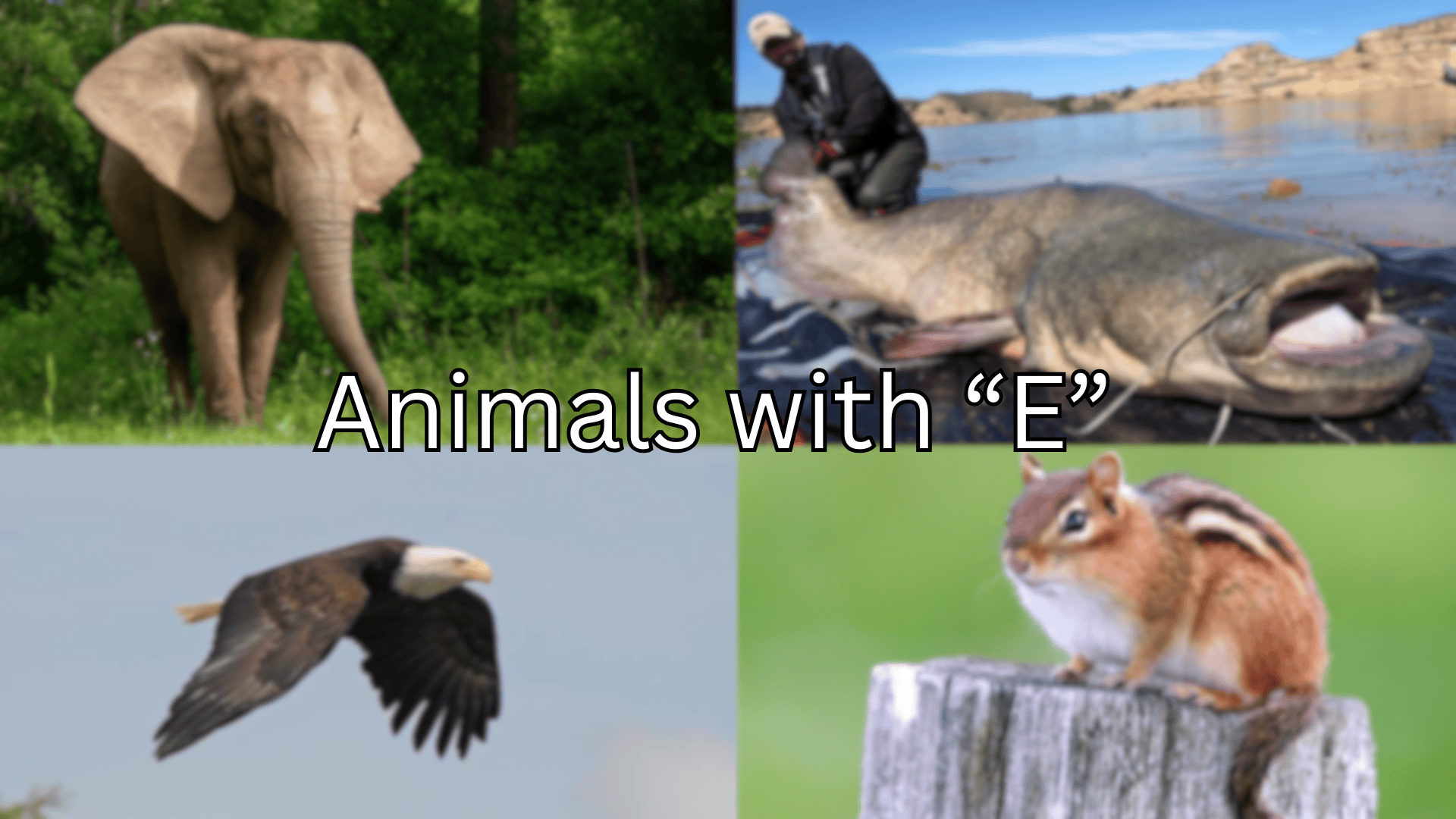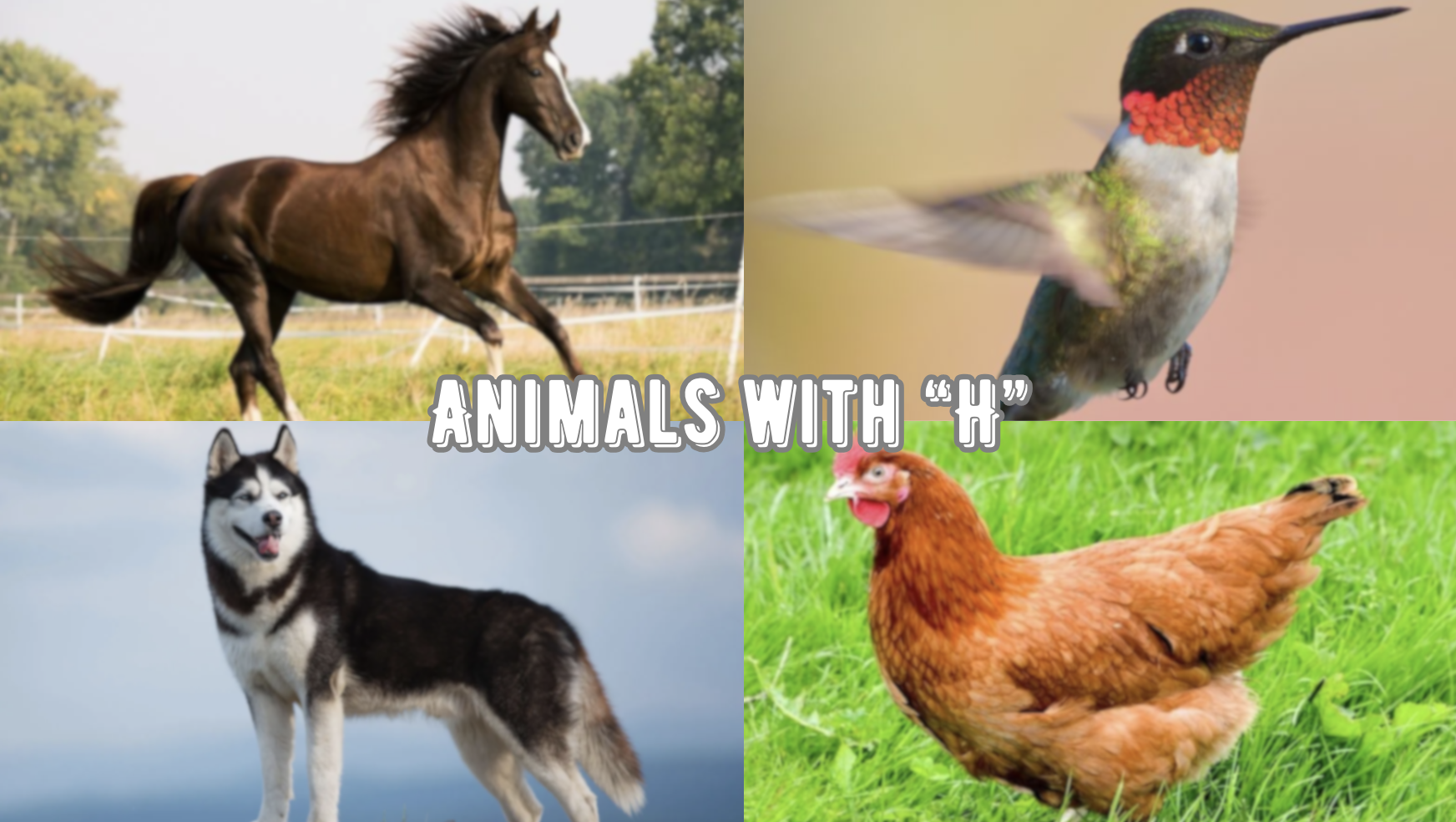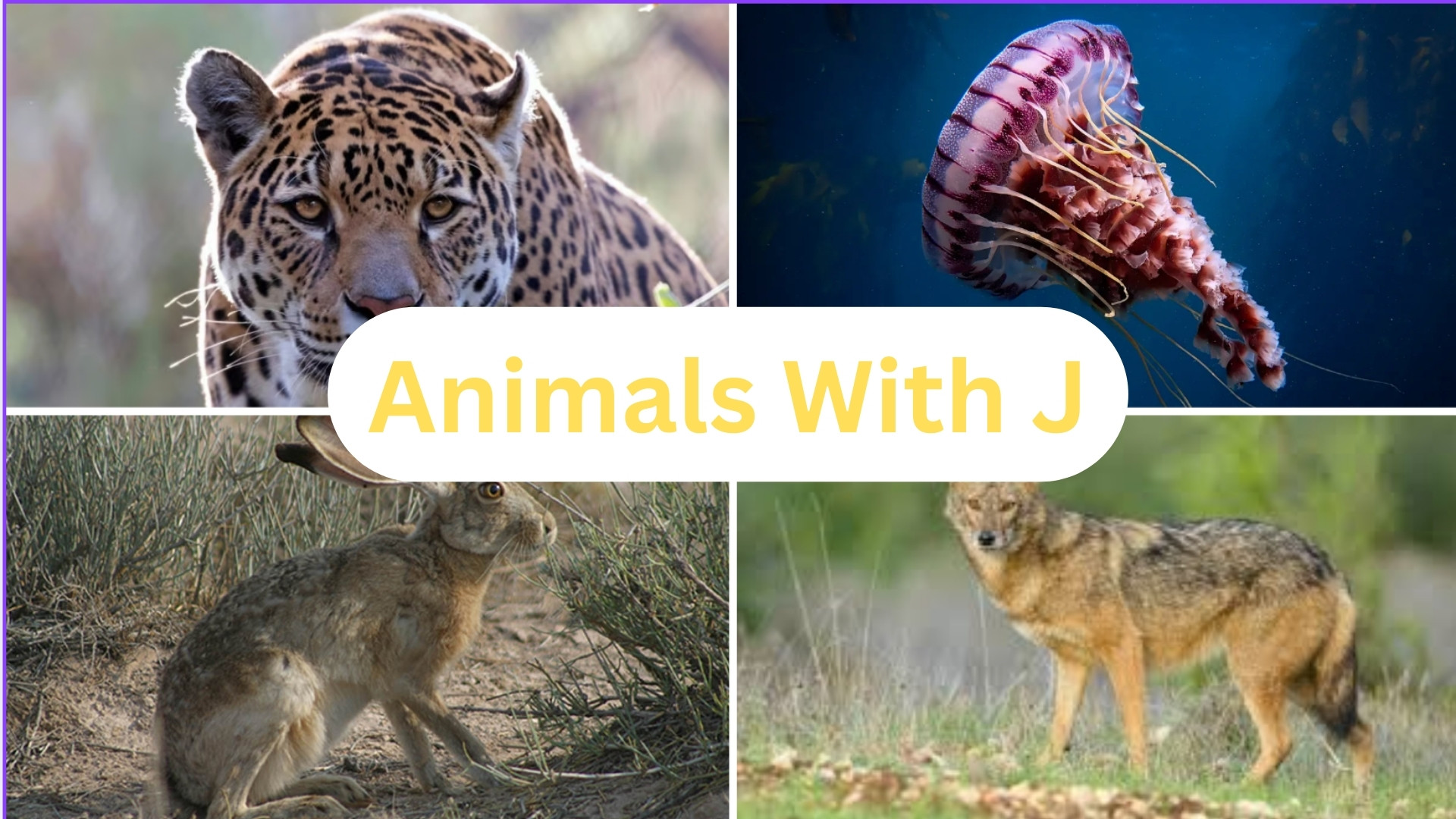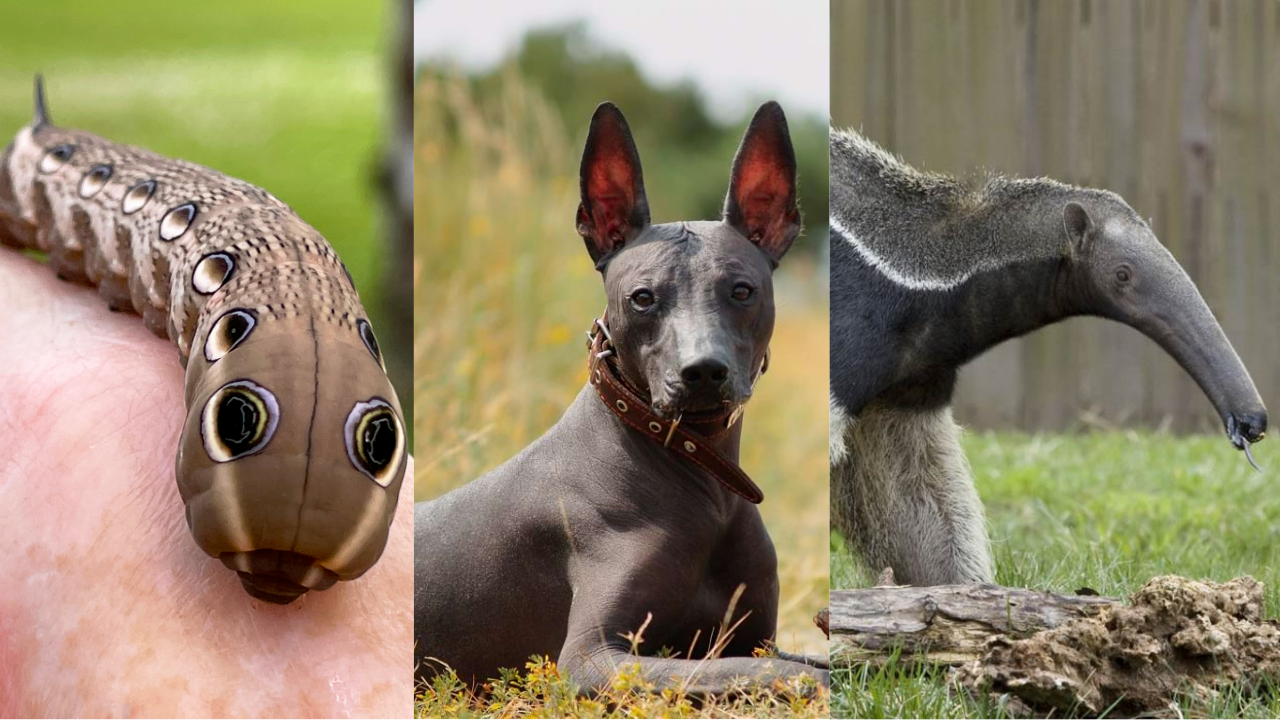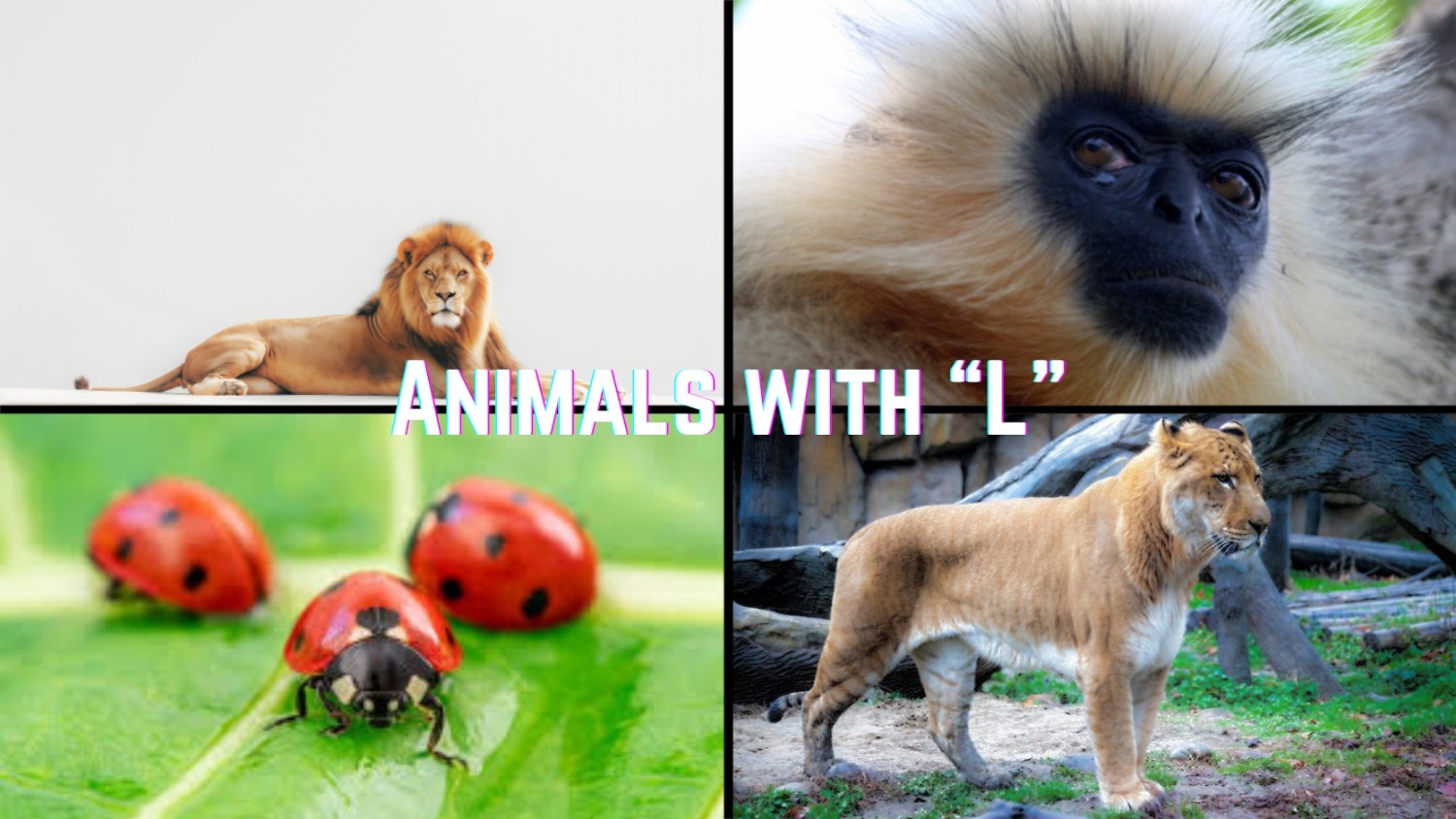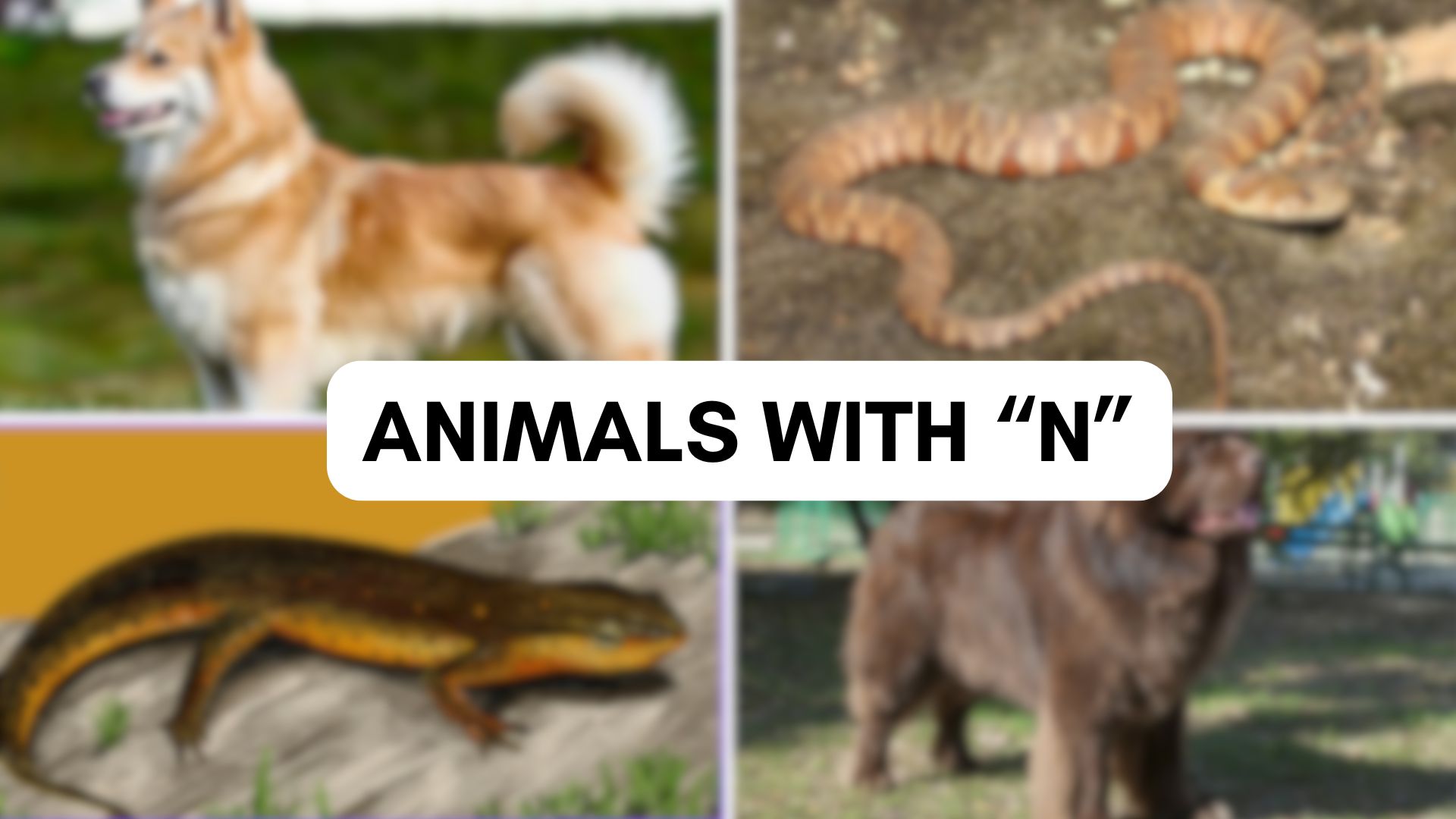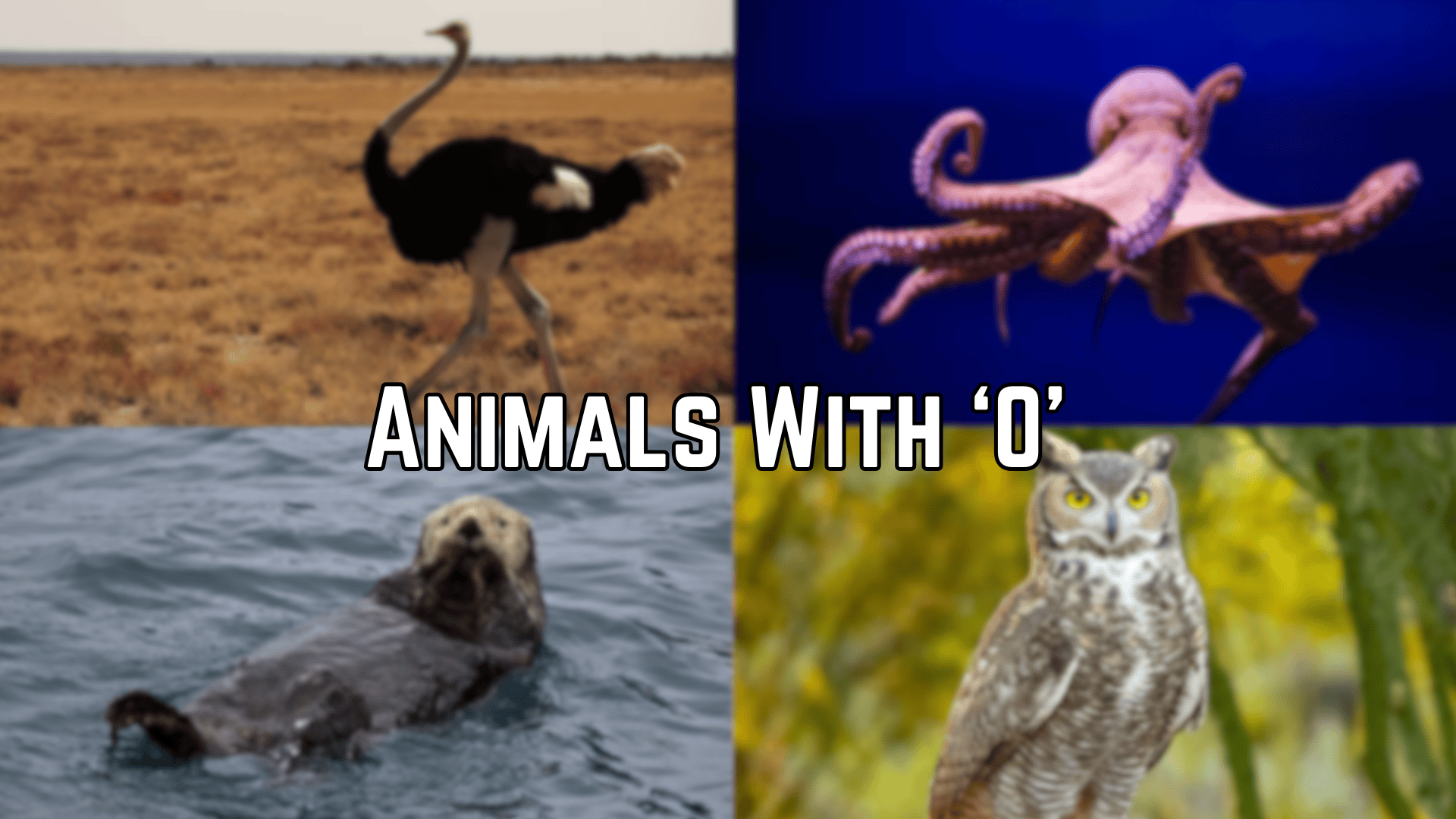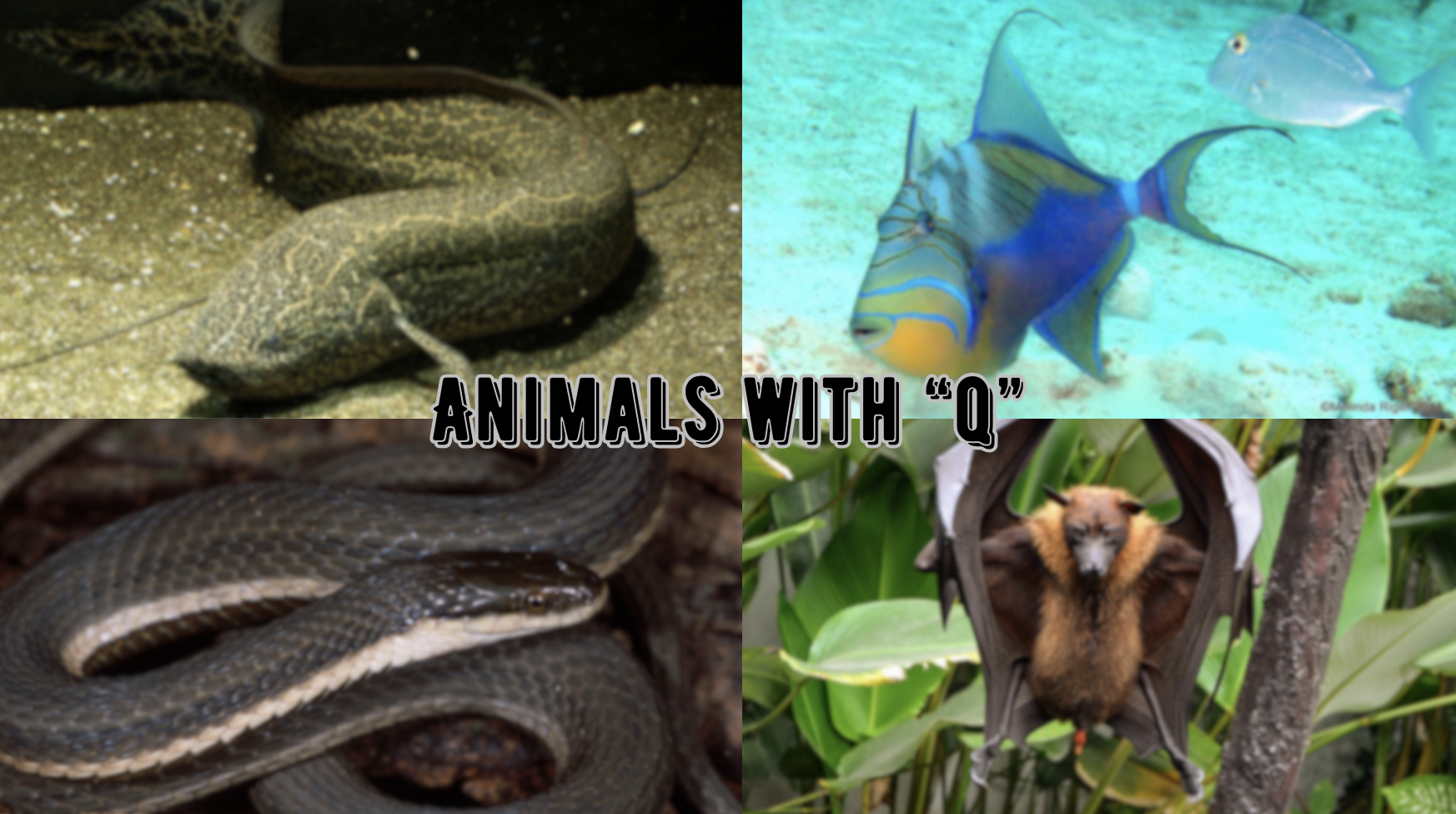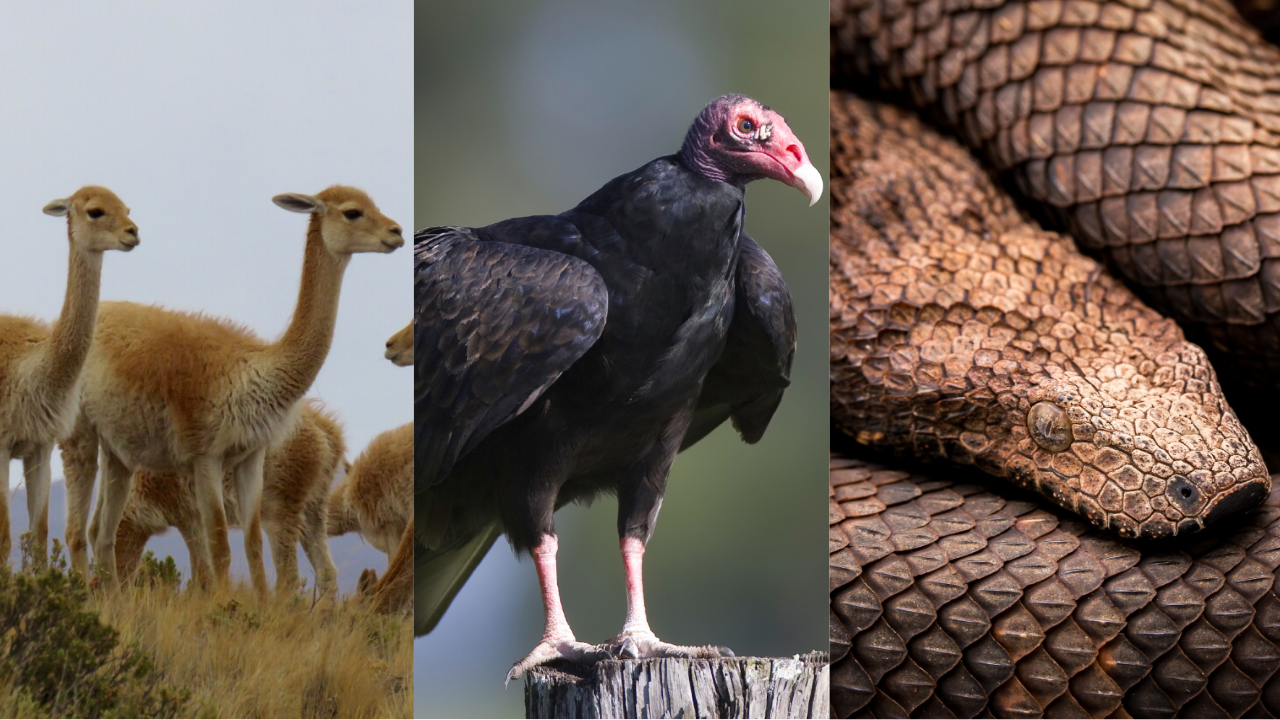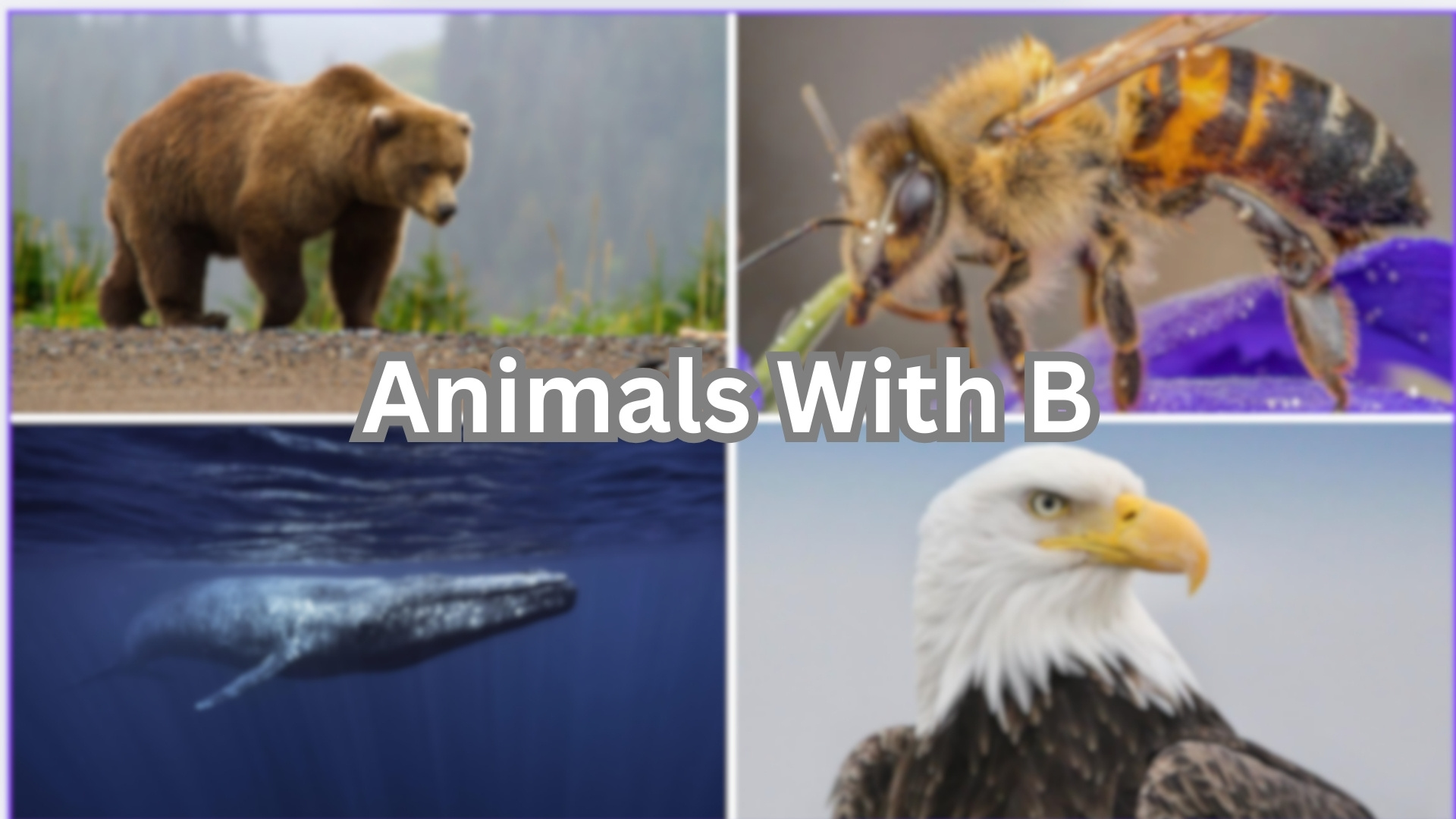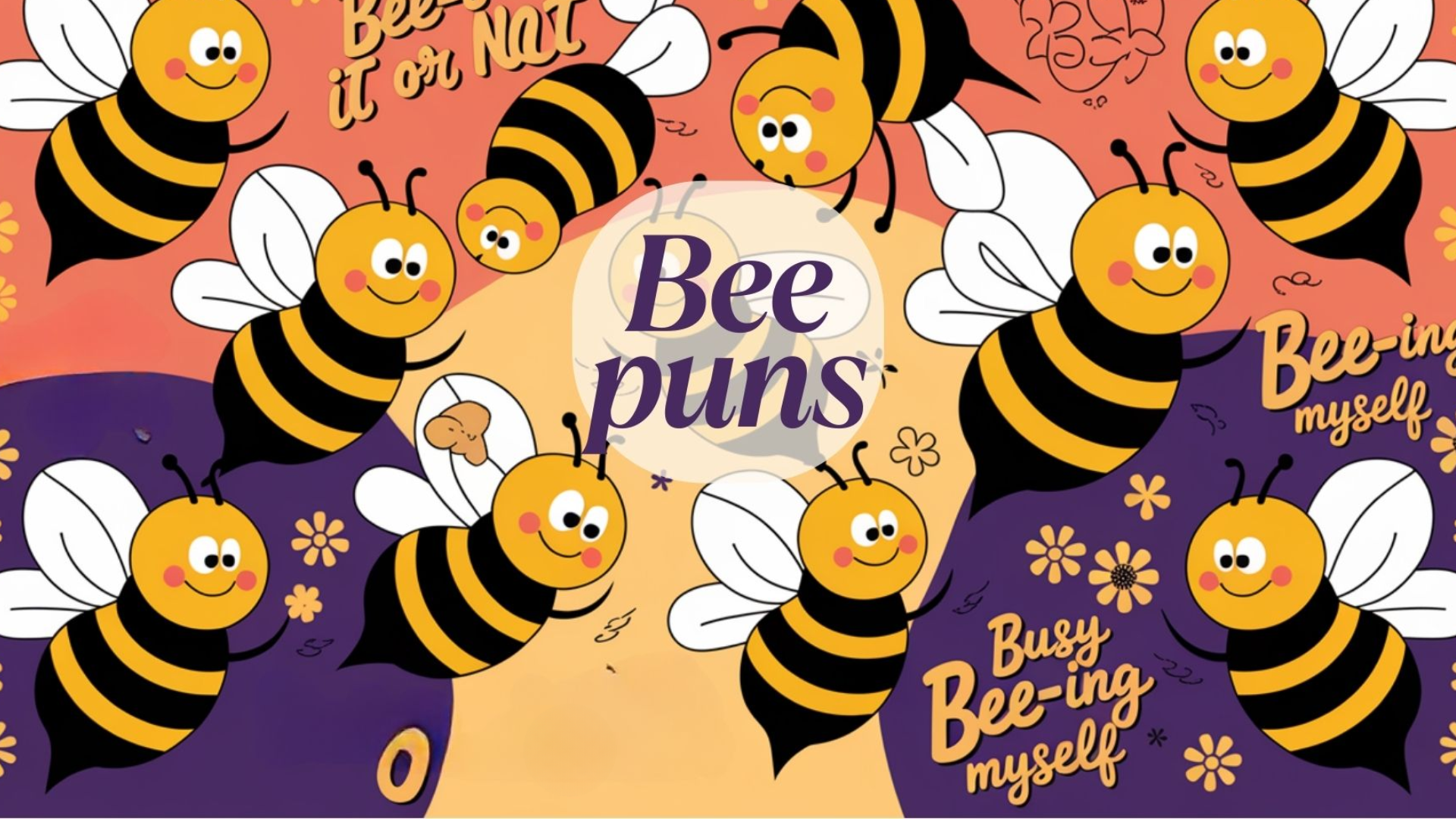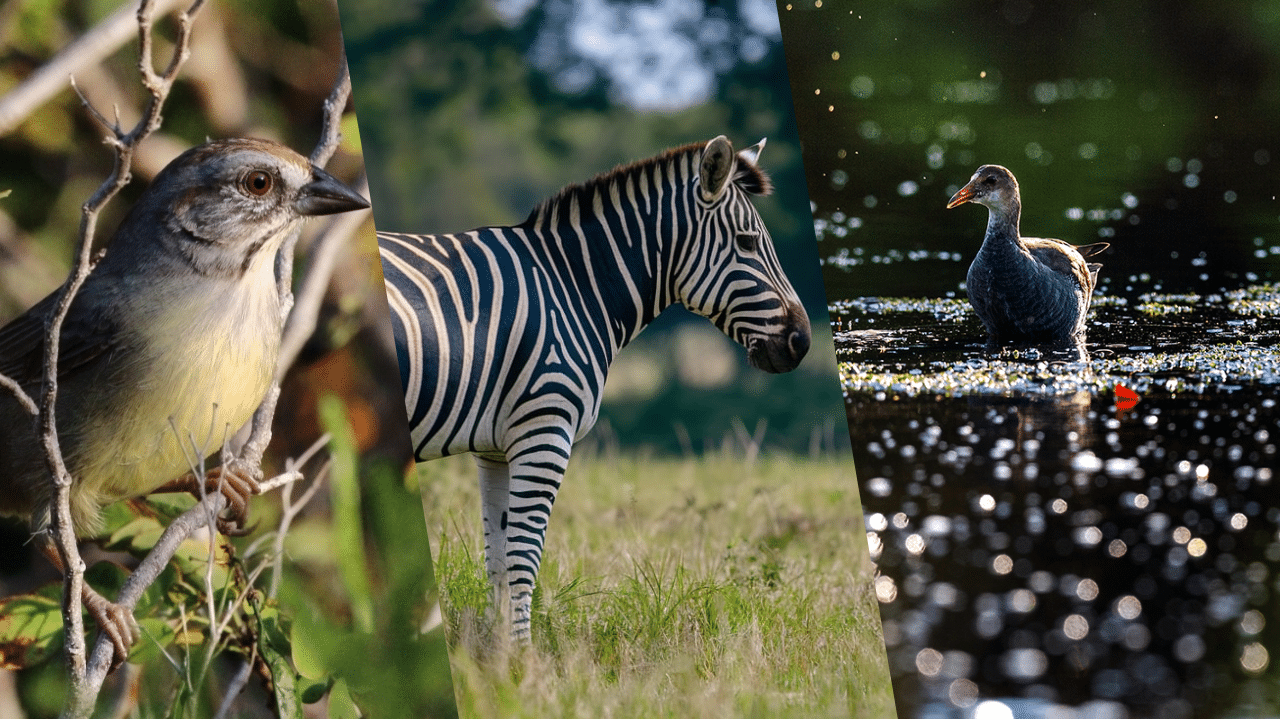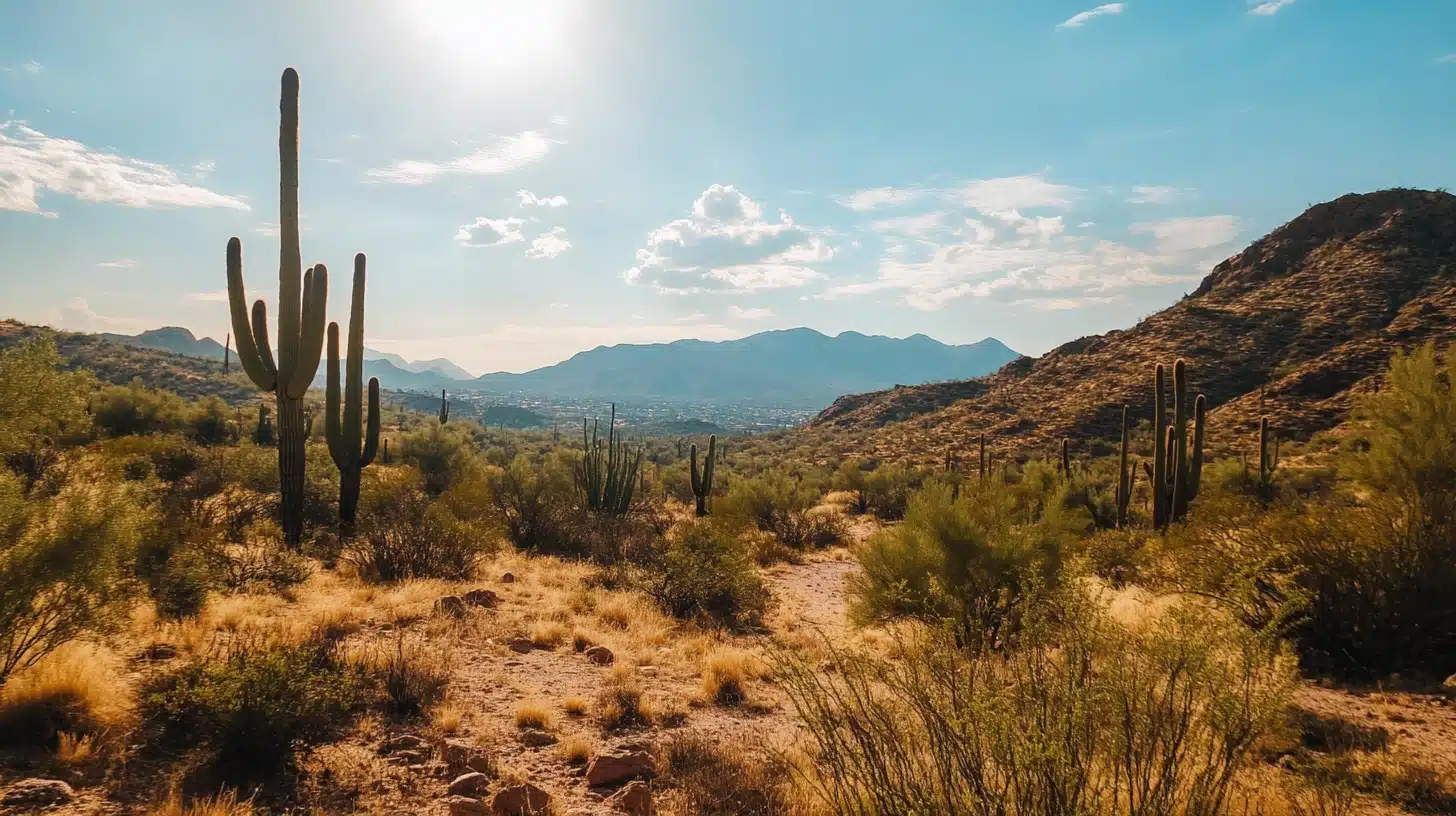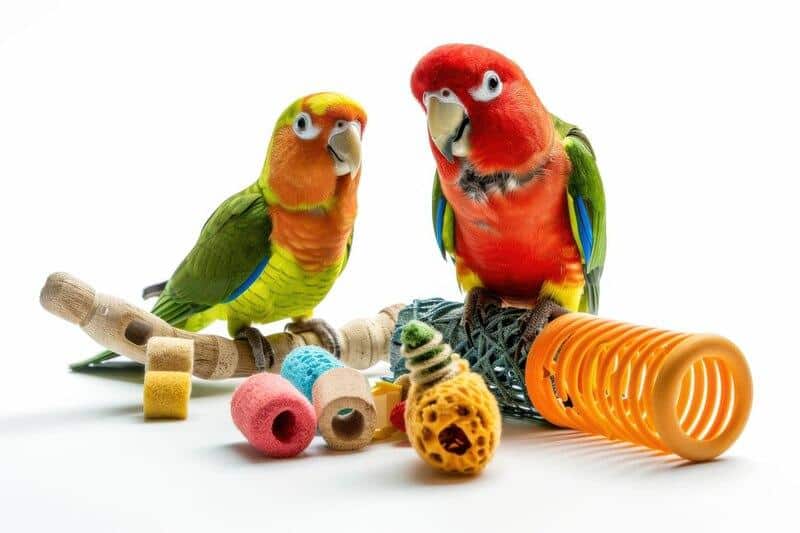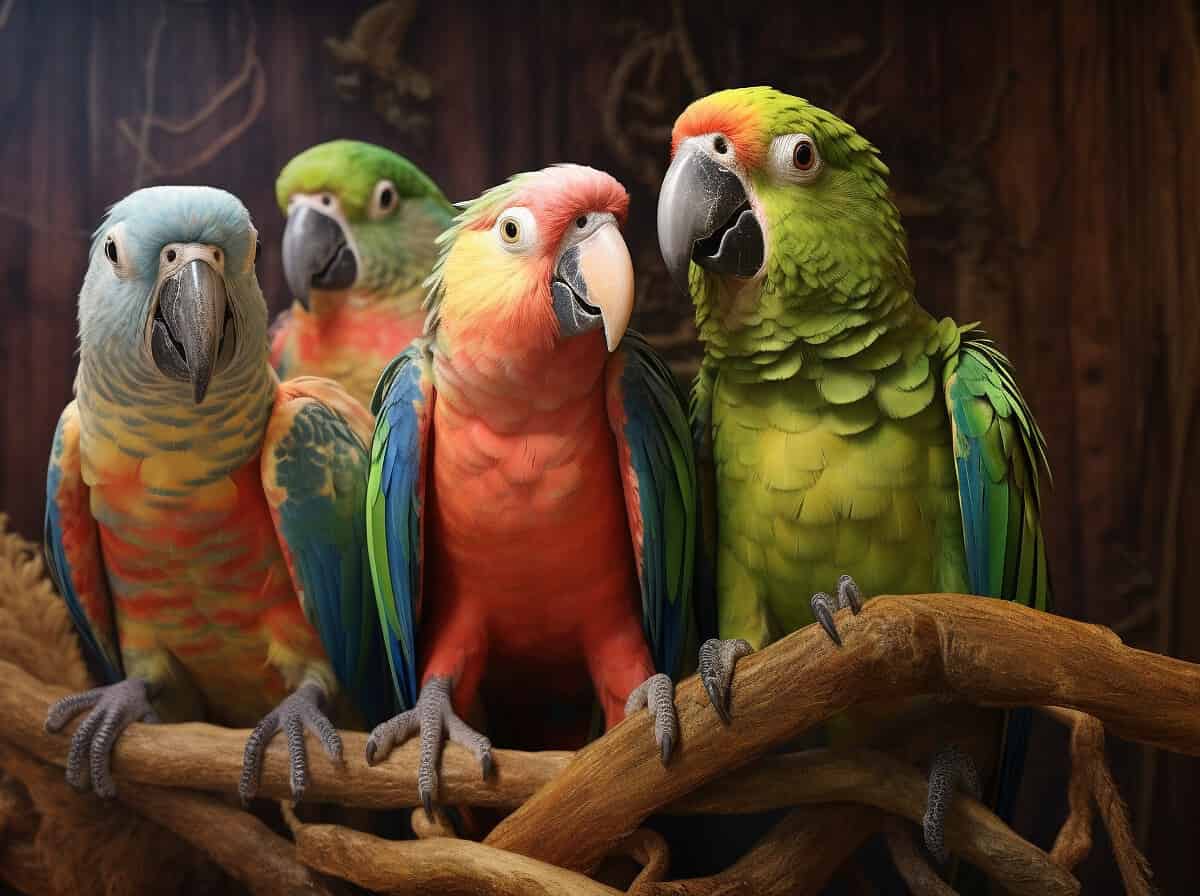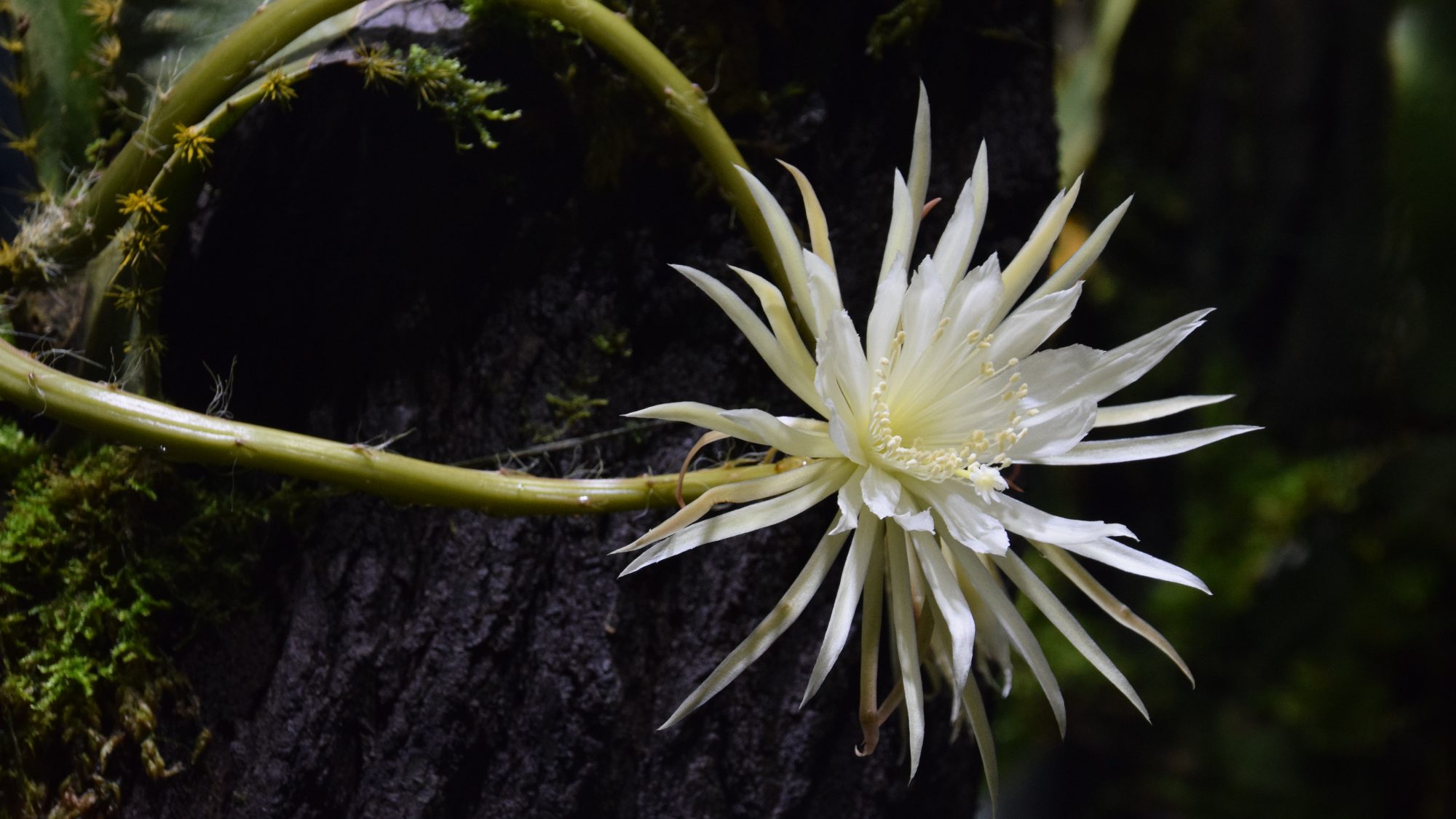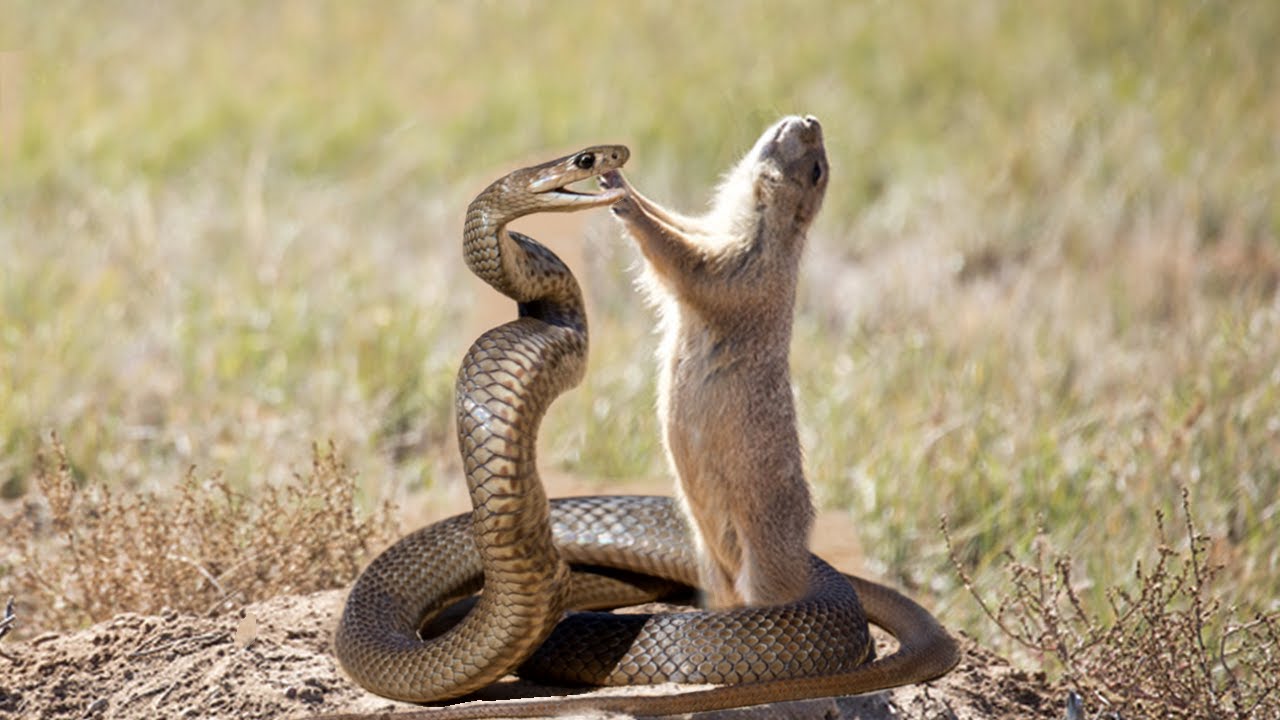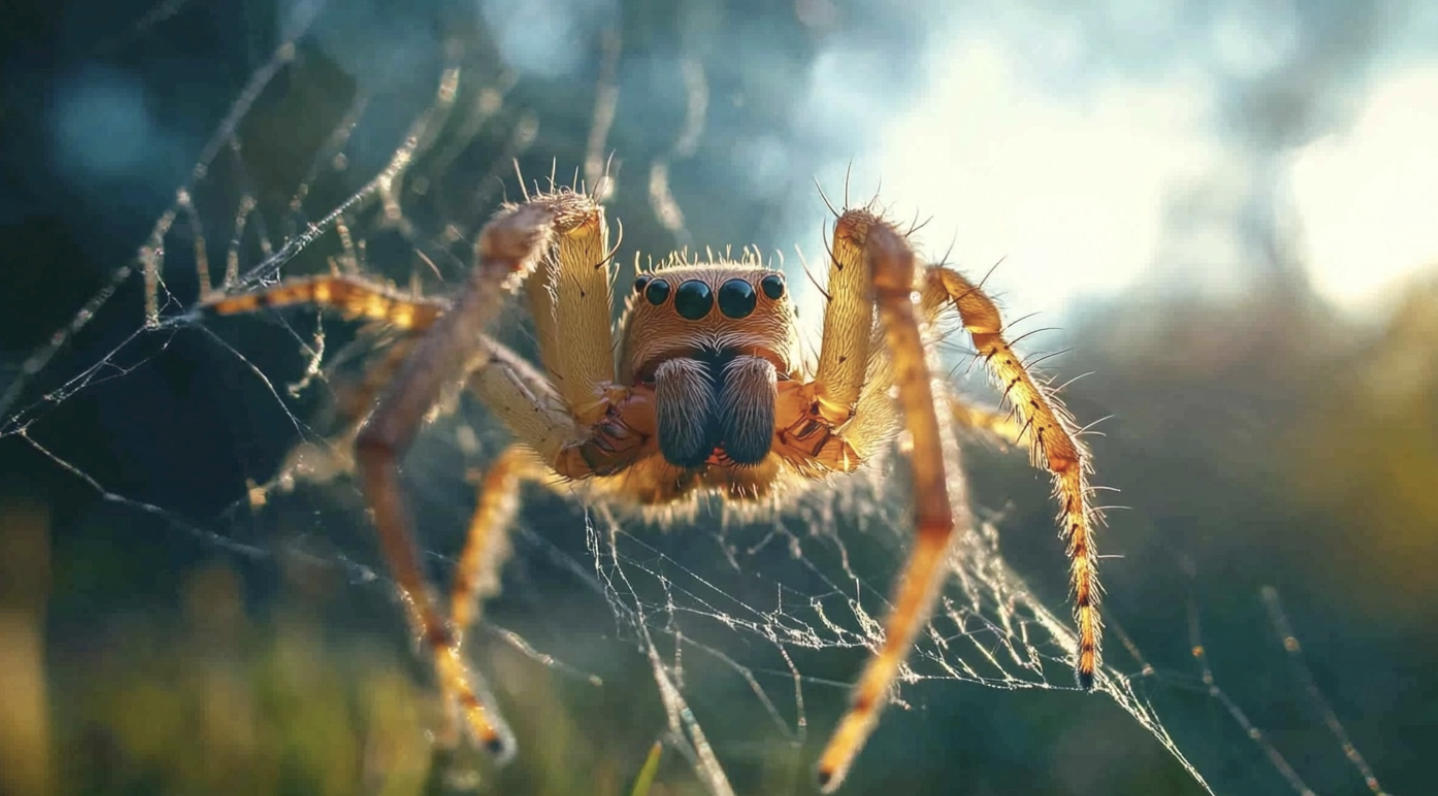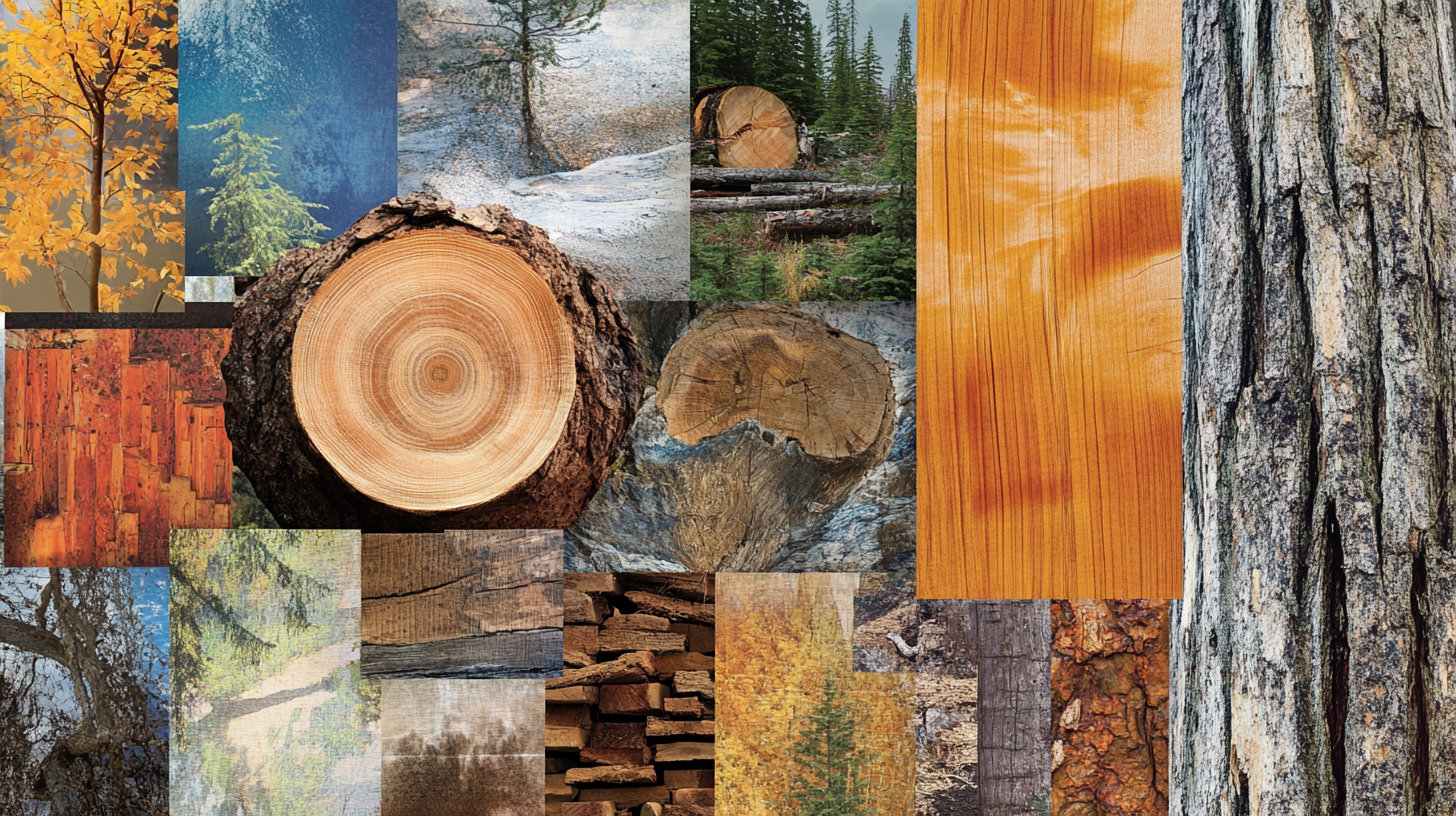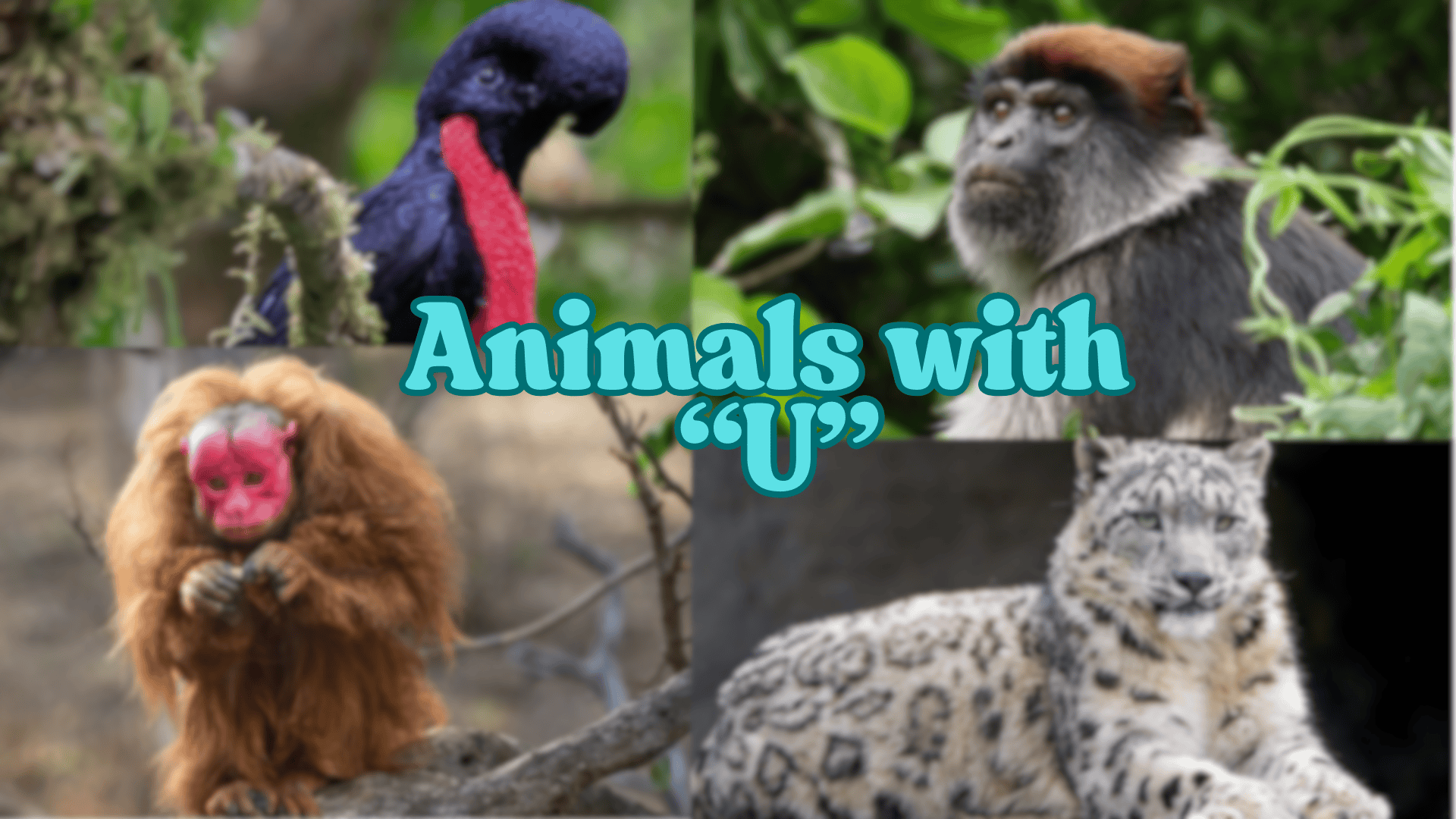
Step into the lesser-known corners of the animal kingdom with this intriguing list of creatures whose names begin with the letter “U.”
From the mysterious depths of the ocean to remote mountain ranges, these animals highlight nature’s incredible diversity and adaptability.
Did you know the Uakari monkey’s vivid red face becomes even brighter when it’s excited? Want to learn about each animal’s natural habitat, scientific name, dietary habits, and even the sounds it makes?
If you’re a wildlife enthusiast, a curious student, or simply exploring the uncommon, get ready to meet some of nature’s most unusual and unforgettable species!
These animals may not always make the headlines, but their stories are just as wild, wonderful, and worth knowing. Prepare to be surprised—you might find a new favourite.
Animals Starting with the Letter “U”
1. Uakari
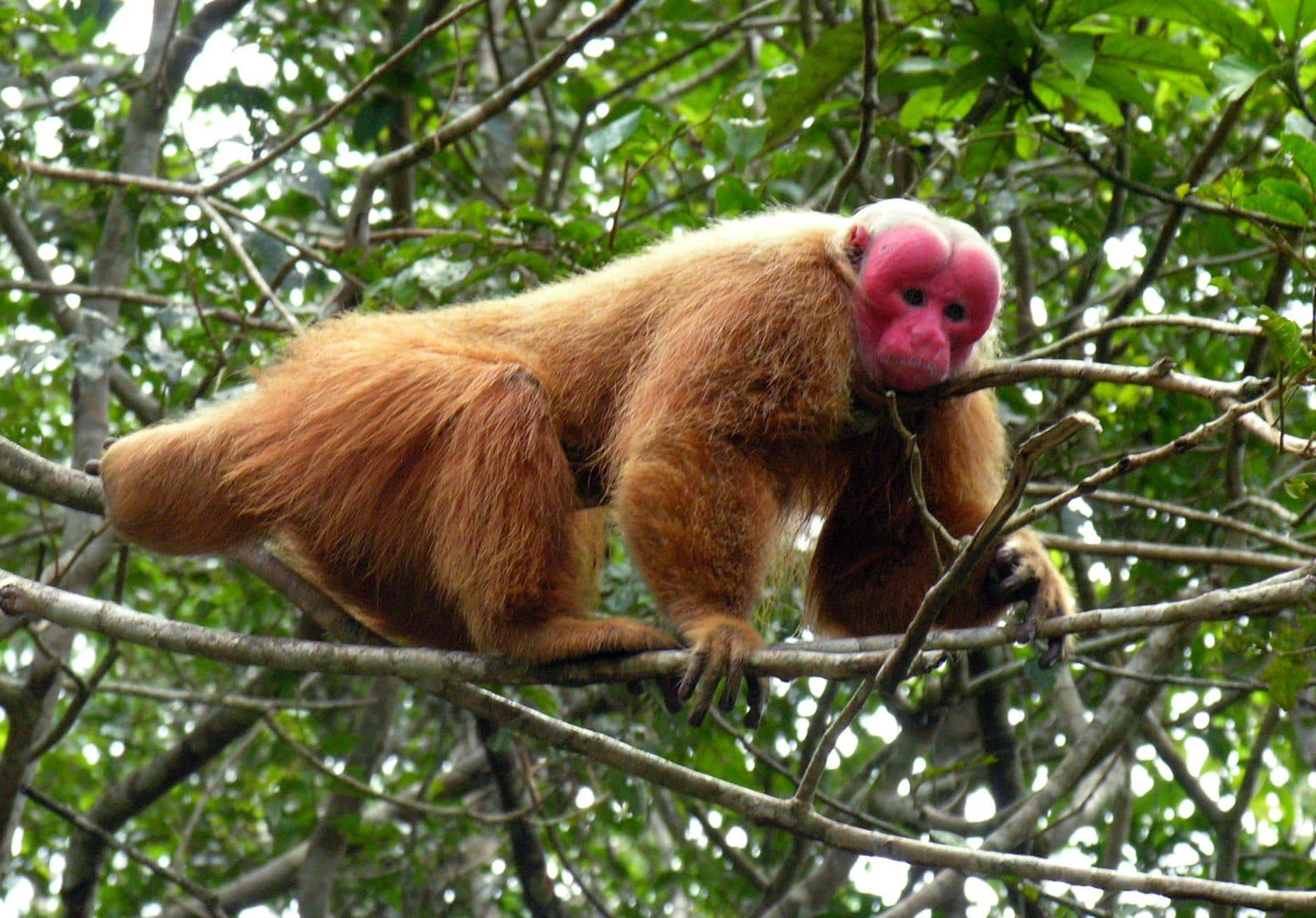
Uakaris are small to medium-sized monkeys, typically around 14–22 inches long. They have a short tail and a strikingly bald, bright red face. Their fur is usually long and shaggy, often reddish or golden.
- Region of Habitat: Found in the Amazon Rainforest, particularly in Brazil, Peru, and Colombia, near riverine forests.
- Scientific Name: Cacajao calvus
- Feeding Habits: Primarily frugivorous, feeding on fruits, seeds, and occasionally insects or small animals.
- What Sound They Make: Emit high-pitched screeches and trills, mainly used for communication within their group.
Fun Facts:
Their bright red face is actually a sign of good health and is used to attract mates. Uakaris have incredibly strong jaws that allow them to crack open hard-shelled nuts with ease.
2. Uaru Cichlid
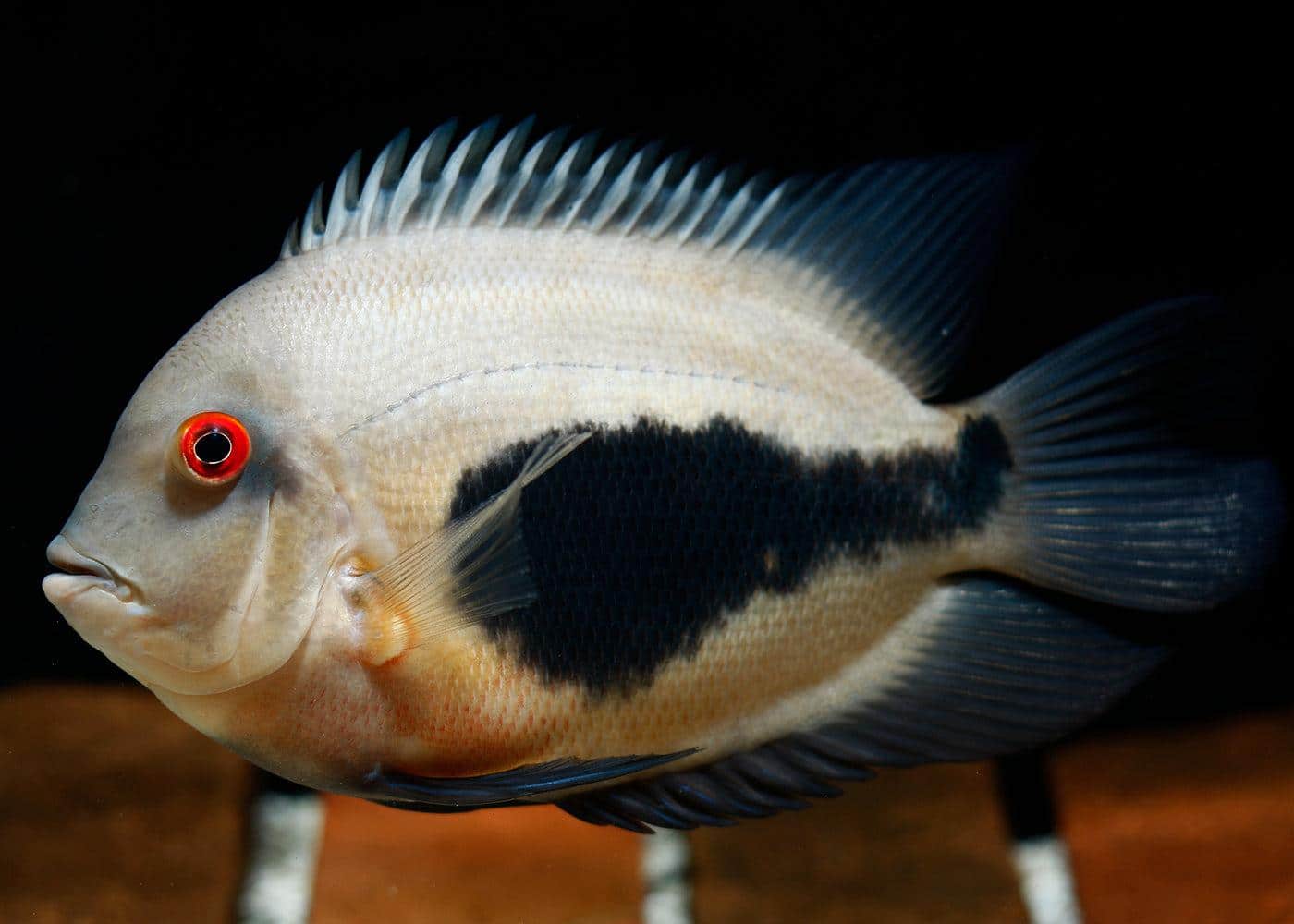
The Uaru Cichlid is a freshwater fish known for its oval, disk-like body shape and distinct black triangular marking across its midsection. It typically grows to about 10 inches in length and is popular in the aquarium trade.
- Region of Habitat: Native to slow-moving rivers in the Amazon Basin, especially in Brazil and Peru.
- Scientific Name: Uaru amphiacanthoides
- Feeding Habits: Omnivorous; consumes plant matter, algae, and small invertebrates. In aquariums, they eat pellets and vegetables.
- What Sound They Make: Produces low-frequency clicking sounds, mostly during social interactions or mating.
Fun Facts:
Due to their body pattern, Uaru Cichlids are often called “triangle cichlids.” They are known to be excellent parents, with both males and females guarding and cleaning their eggs and fry.
3. Udzungwa Red Colobus
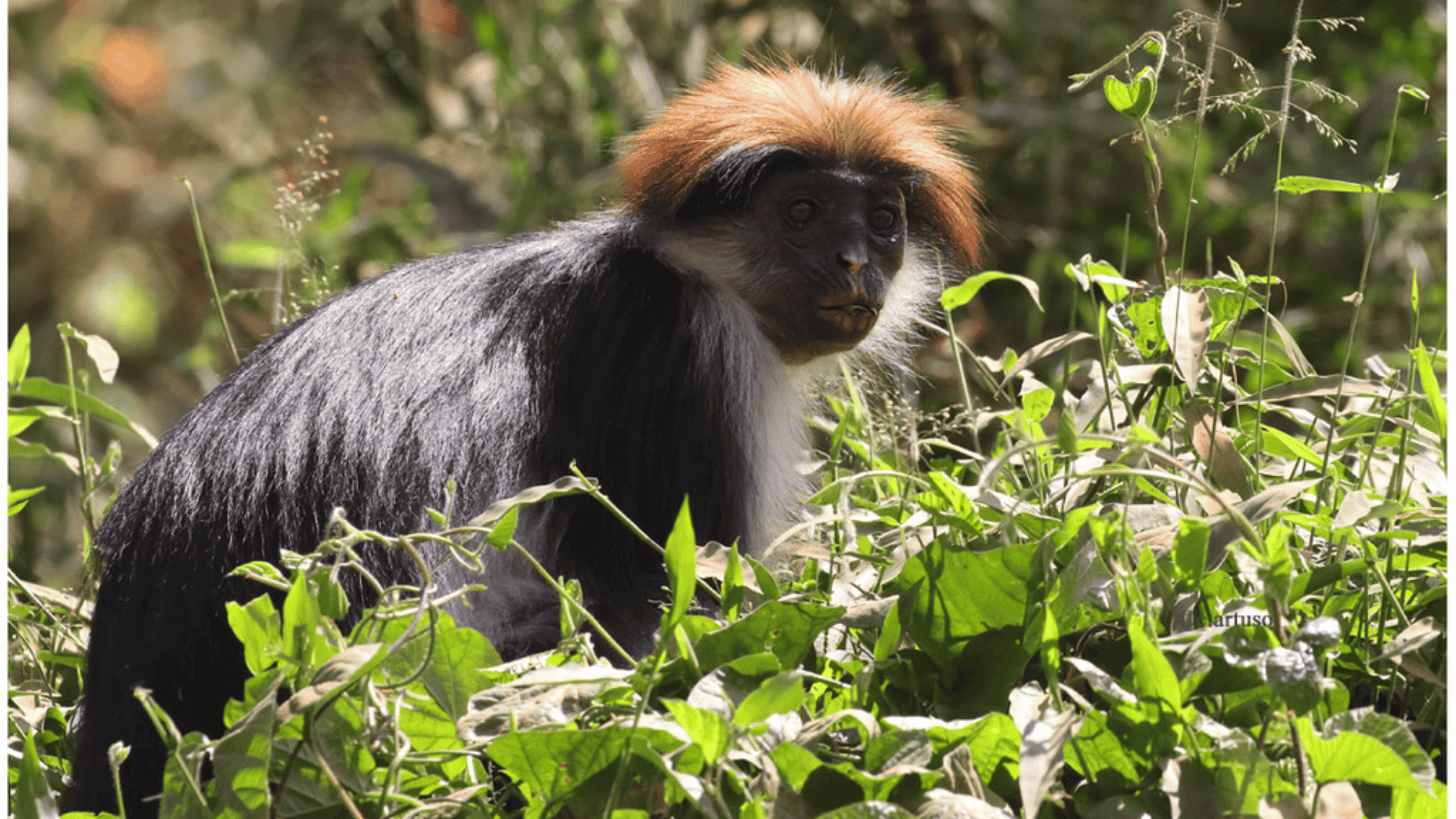
The Udzungwa Red Colobus is a medium-sized monkey with a long tail, reddish-brown fur on its back, and a pale underside. It has a slender body and a small, flat face with expressive eyes.
- Region of Habitat: Found only in the Udzungwa Mountains of Tanzania, in high-altitude montane and lowland forests.
- Scientific Name: Piliocolobus gordonorum
- Feeding Habits: Folivorous; feeds mostly on young leaves, fruits, flowers, and seeds from a variety of forest trees.
- What Sound They Make: Emits loud, guttural barks and chattering sounds used for group communication and alerting danger.
Fun Facts:
This species is one of the most endangered primates due to habitat destruction. Udzungwa Red Colobus monkeys play a crucial role in seed dispersal, helping maintain forest diversity.
4. Uganda Kob
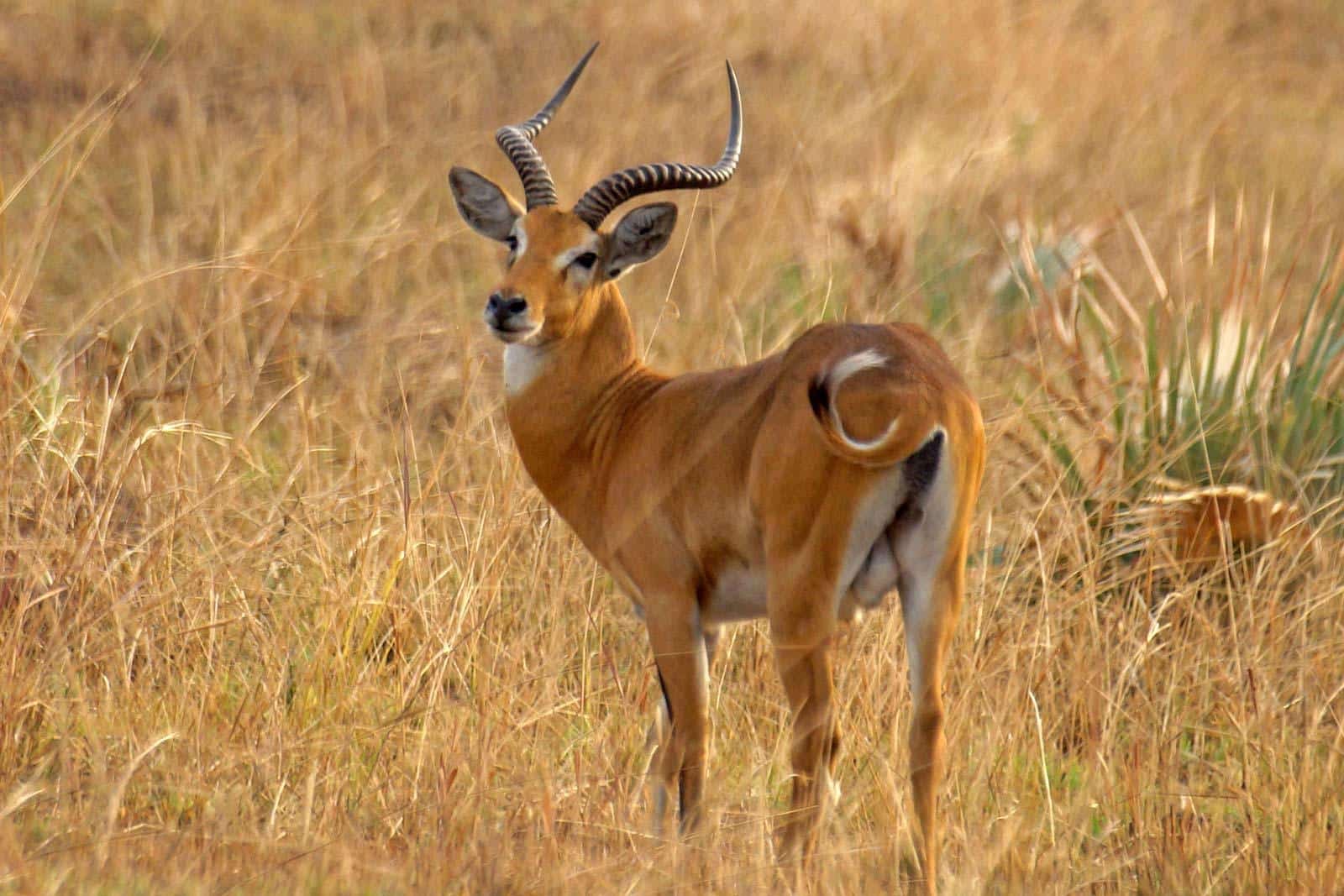
Uganda Kobs are medium-sized antelopes with reddish-brown coats, white underparts, and spiral horns (in males). They grow up to 3.5 feet at the shoulder and weigh between 150 to 200 pounds.
- Region of Habitat: Commonly found in savannas, floodplains, and grasslands in Uganda and parts of South Sudan and the Democratic Republic of Congo.
- Scientific Name: Kobus kob thomasi
- Feeding Habits: Herbivorous grazers; primarily eat grasses and occasionally browse shrubs.
- What Sound They Make: Produce snorts and low grunts, especially during mating or when alarmed.
Fun Facts:
The Uganda Kob is the national animal featured on the country’s coat of arms. Males defend territories in leks, areas where they display to attract females during the breeding season.
5. Uinta Chipmunk
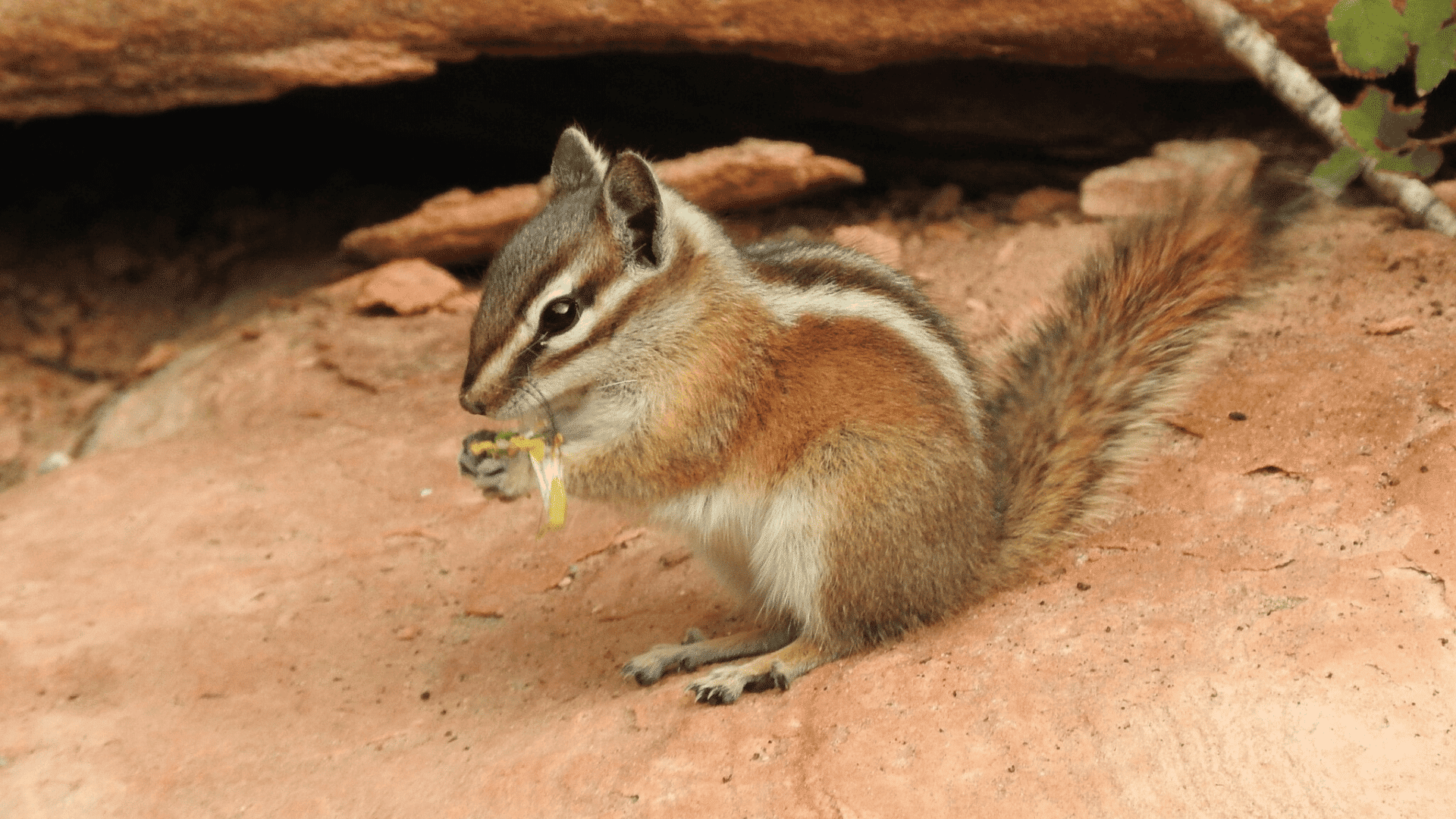
The Uinta Chipmunk is a small rodent with bold black and white stripes along its back, a bushy tail, and a light brown coat. Adults typically reach about 9–11 inches, including the tail.
- Region of Habitat: Found in the mountainous areas of the western United States, especially in Utah, Idaho, and Wyoming.
- Scientific Name: Neotamias umbrinus
- Feeding Habits: Omnivorous; consumes seeds, nuts, berries, fungi, and insects. Store food in burrows for winter.
- What Sound They Make: They emit high-pitched “chip” calls, especially when sensing danger or defending territory.
Fun Facts:
Unlike some chipmunks, Uinta Chipmunks do not enter true hibernation but wake occasionally to eat from their stored food. They’re highly agile climbers and often forage in trees.
6. Uinta Ground Squirrel
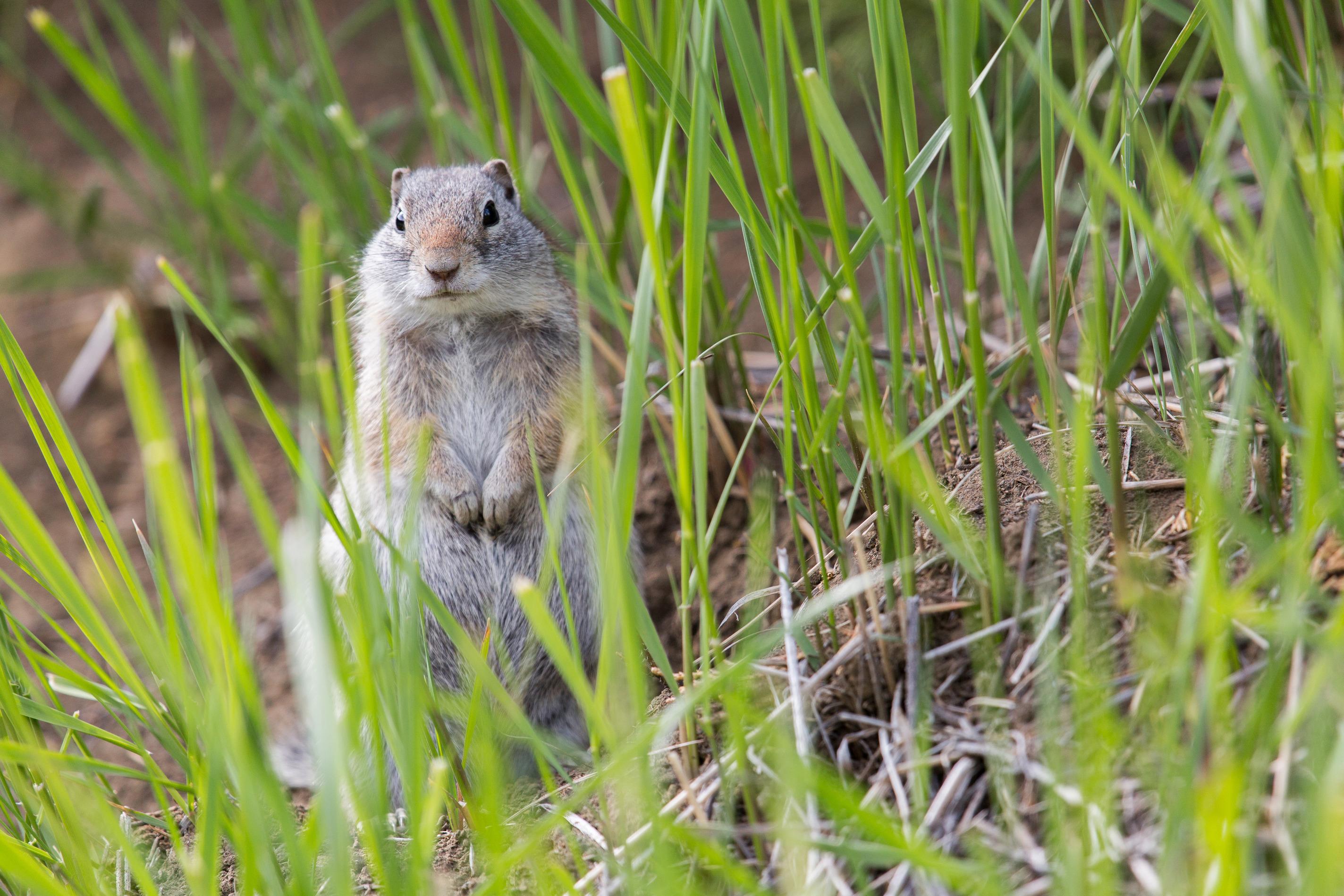
The Uinta Ground Squirrel is a medium-sized squirrel with a grayish-brown coat, short limbs, and a slightly bushy tail. It typically measures 11–12 inches long and has a round face with small ears.
- Region of Habitat: Native to the western United States, particularly in open meadows and grasslands of Utah, Wyoming, and Montana.
- Scientific Name: Urocitellus armatus
- Feeding Habits: Omnivorous; eats grasses, seeds, flowers, and insects. Often seen foraging on the ground in daylight.
- What Sound They Make: They emit short, sharp whistles or chirps as warning signals when predators are nearby.
Fun Facts:
They are only active above ground for about 3–4 months a year and spend the rest in hibernation. Uinta Ground Squirrels are known to be very territorial during their active season.
7. Uinta Shrew

The Uinta Shrew is a tiny, secretive mammal with velvety gray-brown fur, a pointed snout, and tiny eyes. It usually measures between 3 to 4 inches long, including the tail.
- Region of Habitat: Inhabits moist forest floors and grassy areas in the Rocky Mountains of Utah and surrounding states.
- Scientific Name: Sorex utahensis
- Feeding Habits: Insectivorous; feeds on insects, spiders, worms, and other small invertebrates using its sharp teeth and keen sense of smell.
- What Sound They Make: They emit high-pitched squeaks, often too faint for humans to hear without audio enhancement.
Fun Facts:
Shrews have extremely high metabolisms and must eat constantly to survive. Despite their size, they are fierce hunters with venomous saliva to subdue prey.
8. Uinta Upland Ground Squirrel
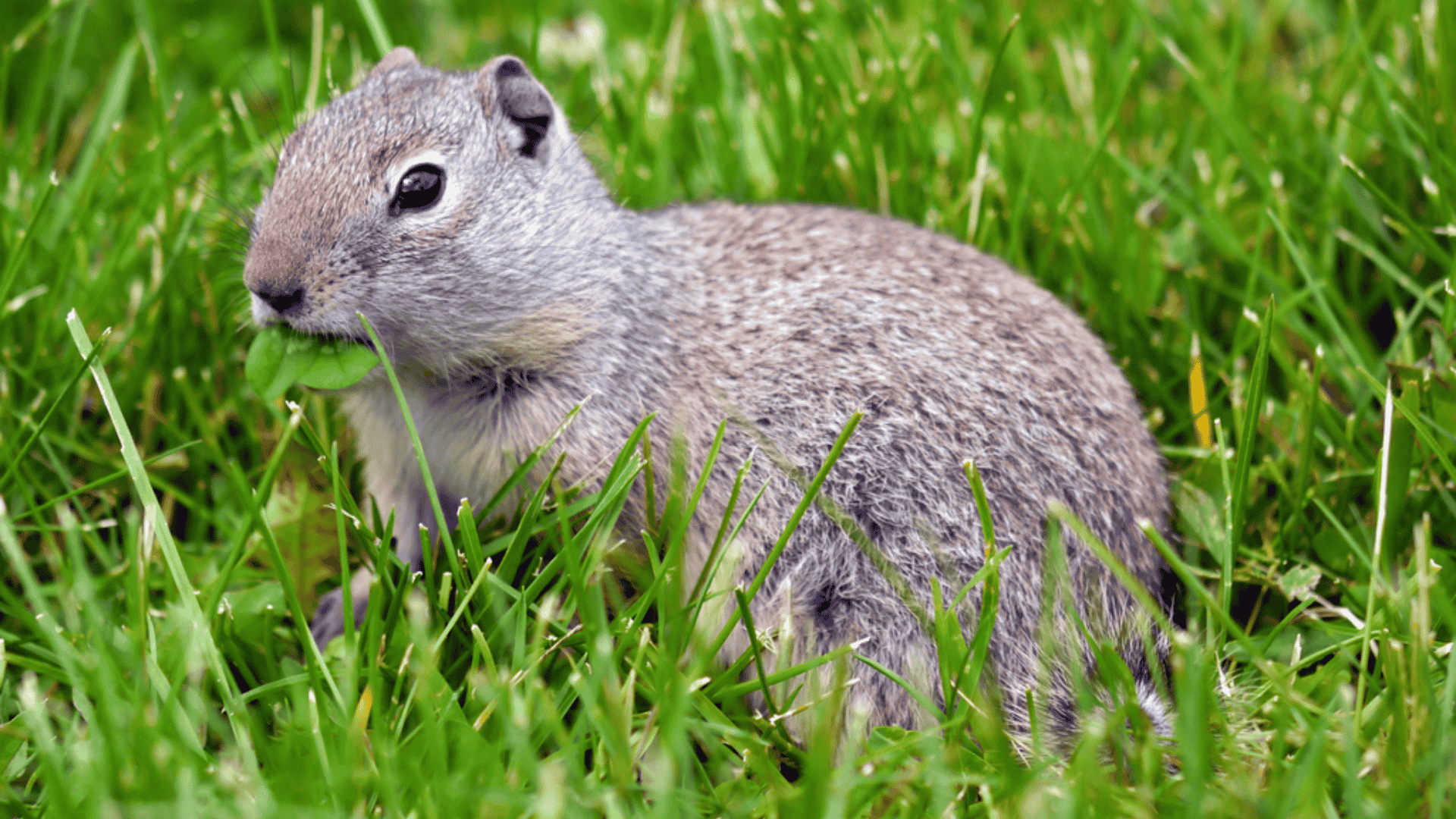
This ground squirrel species is similar to other Uinta squirrels but is slightly larger and prefers higher elevations. It has gray-brown fur, a white underside, and a robust body structure.
- Region of Habitat: Found in high-altitude meadows and subalpine regions of the western United States, especially Utah.
- Scientific Name: Urocitellus elegans
- Feeding Habits: Omnivorous; eats grasses, seeds, flowers, and insects. Stores food in burrows for periods of dormancy.
- What Sound They Make: Produces chirping and whistling calls, particularly to alert others of predators.
Fun Facts:
They have adapted to cold mountain climates by entering hibernation early in the year. Their burrowing helps aerate the soil, benefiting the local ecosystem.
9. Ujung Kulon Rhino
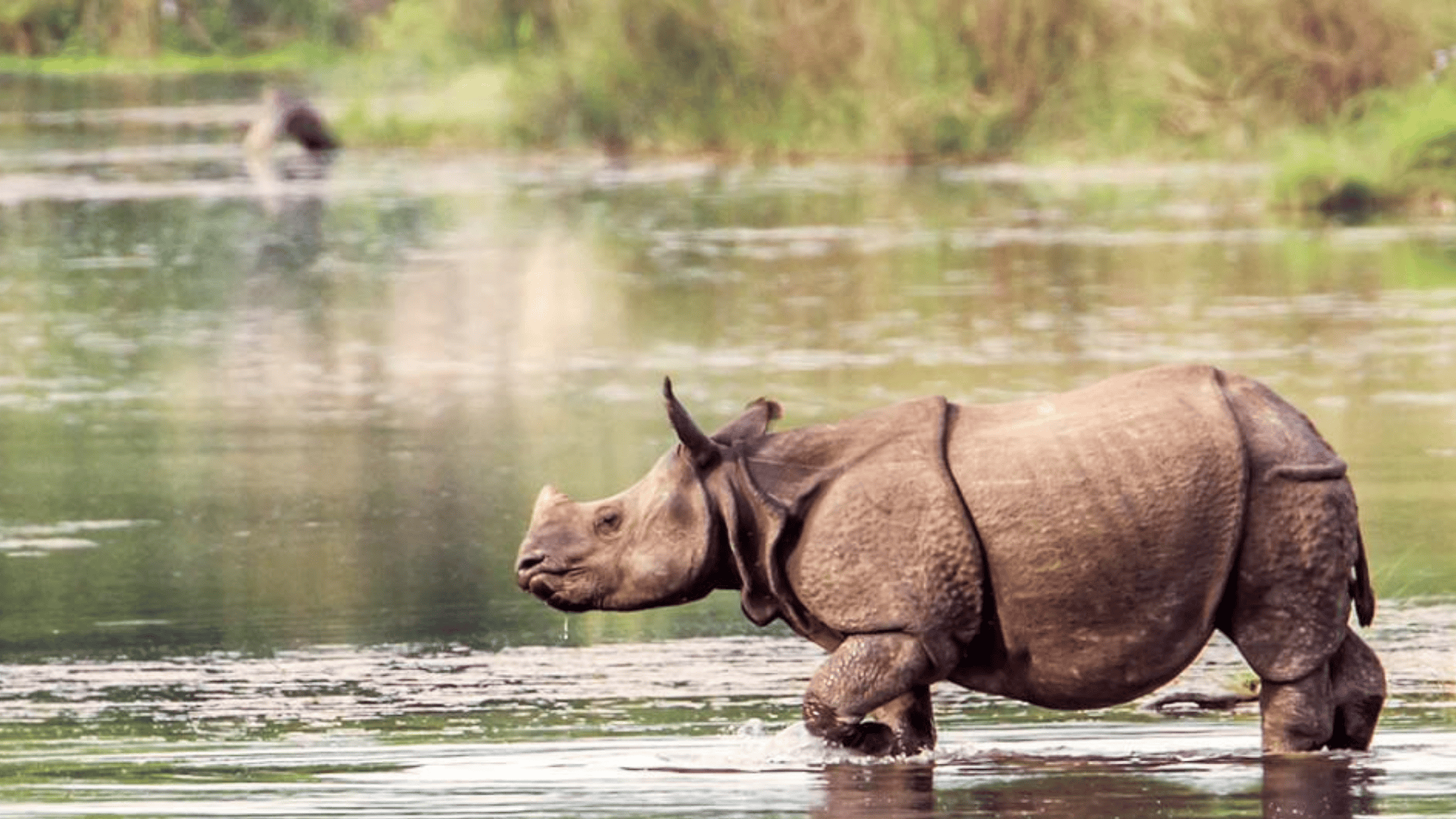
The Ujung Kulon Rhino, also known as the Javan Rhino, is one of the rarest large mammals, with a gray, armor-like hide and a single small horn. Adults can reach up to 10 feet in length and weigh over 2,000 pounds.
- Region of Habitat: Exclusively found in Ujung Kulon National Park, located in the western tip of Java, Indonesia.
- Scientific Name: Rhinoceros sondaicus
- Feeding Habits: Herbivorous; feeds on leaves, twigs, fruits, and aquatic plants, often near forested wetlands.
- What Sound They Make: They emit grunts, snorts, and moaning calls for communication, though it is generally quiet animals.
Fun Facts:
There are fewer than 80 individuals left in the wild, making them critically endangered. These rhinos are so elusive that they are rarely seen, and camera traps are used to monitor them.
10. Unicorn Beetle
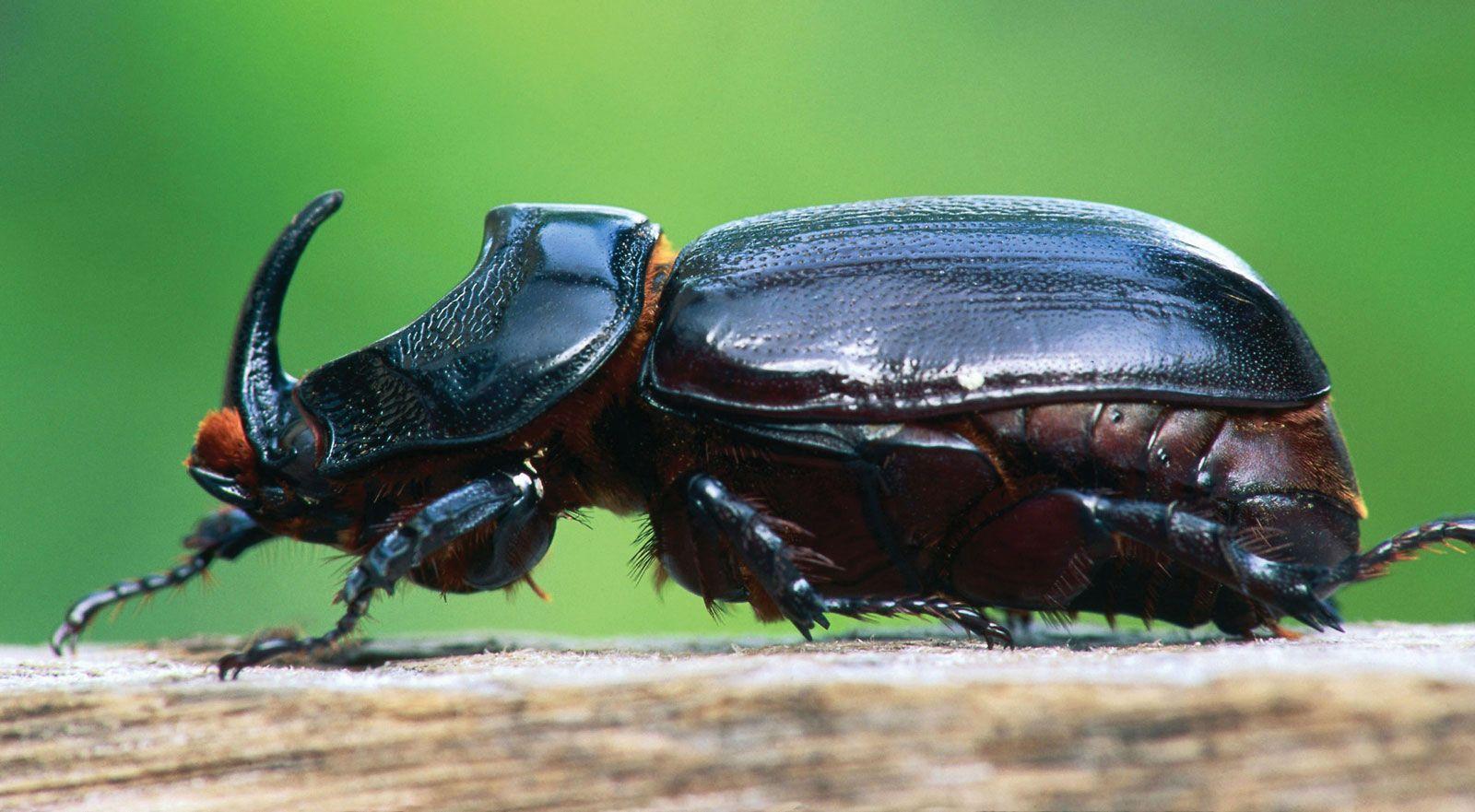
The Unicorn Beetle is a large, dark brown to black beetle with a long horn protruding from its head, resembling a unicorn’s horn. Males can grow up to 3 inches long and are more robust than females.
- Region of Habitat: Found in Central and South American rainforests, especially in decaying logs and underbrush.
- Scientific Name: Dynastes tityus (or Dynastes hercules depending on region)
- Feeding Habits: Larvae feed on decaying wood; adults feed on fruit and sap.
- What Sound They Make: Makes hissing noises by rubbing body parts together (stridulation) when threatened.
Fun Facts:
The horn is used in battles between males for mates and territory. Despite their fearsome appearance, they are harmless to humans and often kept as exotic pets.
11. Ukrainian Levkoy
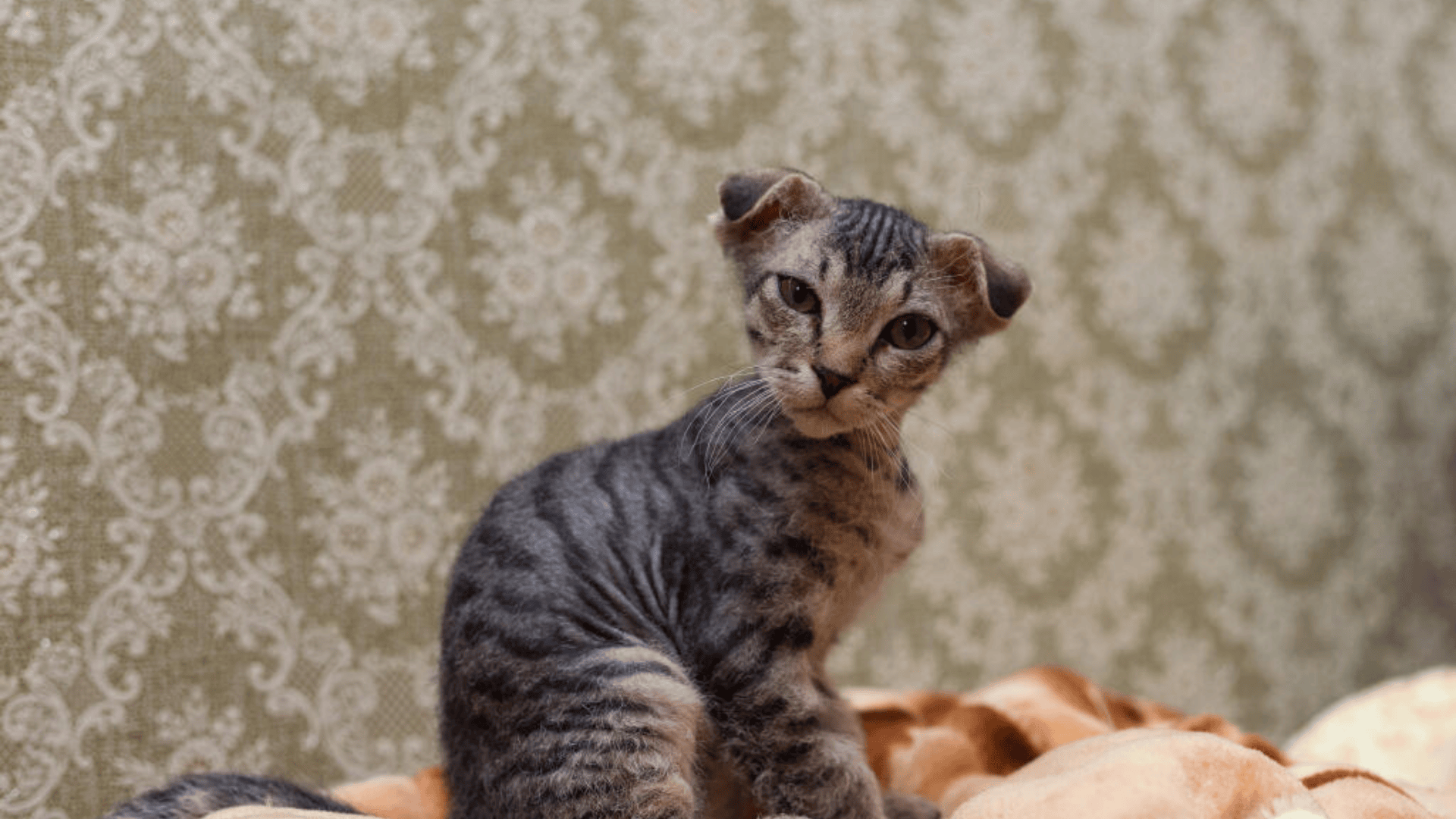
The Ukrainian Levkoy is a unique-looking cat breed with a hairless body, inward-folding ears, and a slender, muscular build. It has an extended head, almond-shaped eyes, and a soft, elastic skin that gives it a wrinkled appearance.
- Region of Habitat: Developed in Ukraine as a domestic breed; mostly found in Eastern Europe and among exotic cat enthusiasts worldwide.
- Scientific Name: Felis catus
- Feeding Habits: Carnivorous; eats meat-based cat food or raw protein-rich diets, requiring proper nutrition due to lack of fur.
- What Sound They Make: Produces soft meows, chirps, and purrs; generally a quiet and affectionate communicator.
Fun Facts:
Ukrainian Levkoys are hypoallergenic and preferred by people with mild cat allergies. Despite their alien-like appearance, they are known for being highly social and cuddly.
12. Ulrey’s Tetra
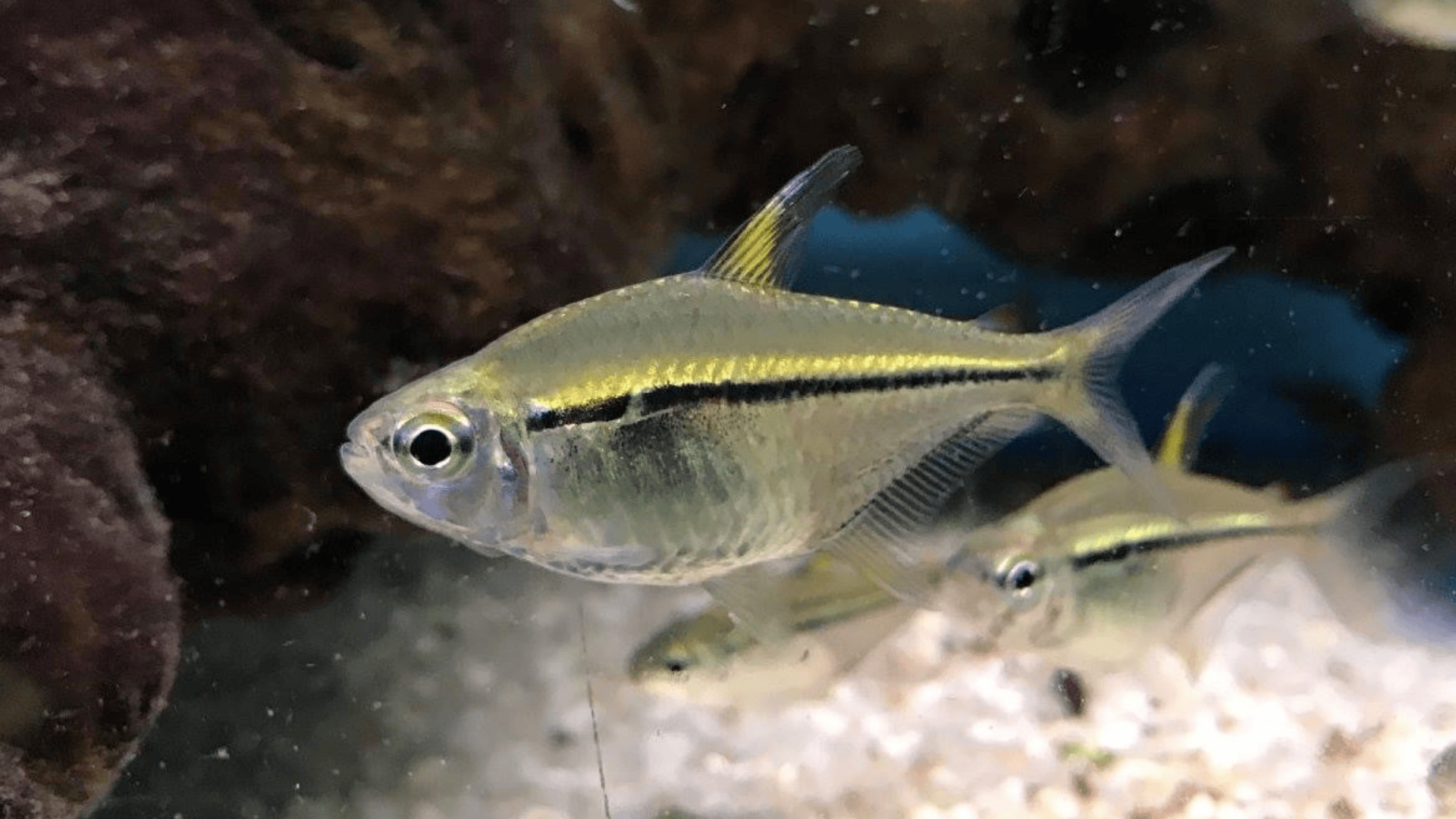
Ulrey’s Tetra is a small, freshwater fish with a compressed silver body and distinctive red markings near its head and tail. It typically reaches about 1.5 to 2 inches in length.
- Region of Habitat: Native to South America, especially in the slow-moving tributaries of the Amazon River.
- Scientific Name: Hemigrammus ulreyi
- Feeding Habits: Omnivorous; feeds on small invertebrates, algae, and flake food in captivity.
- What Sound They Make: Produces faint clicking sounds during social or feeding interactions.
Fun Facts:
They are schooling fish that thrive in groups of six or more, making them ideal for peaceful community aquariums. Their red coloration becomes more vivid under proper lighting.
13. Ulrey’s Wren
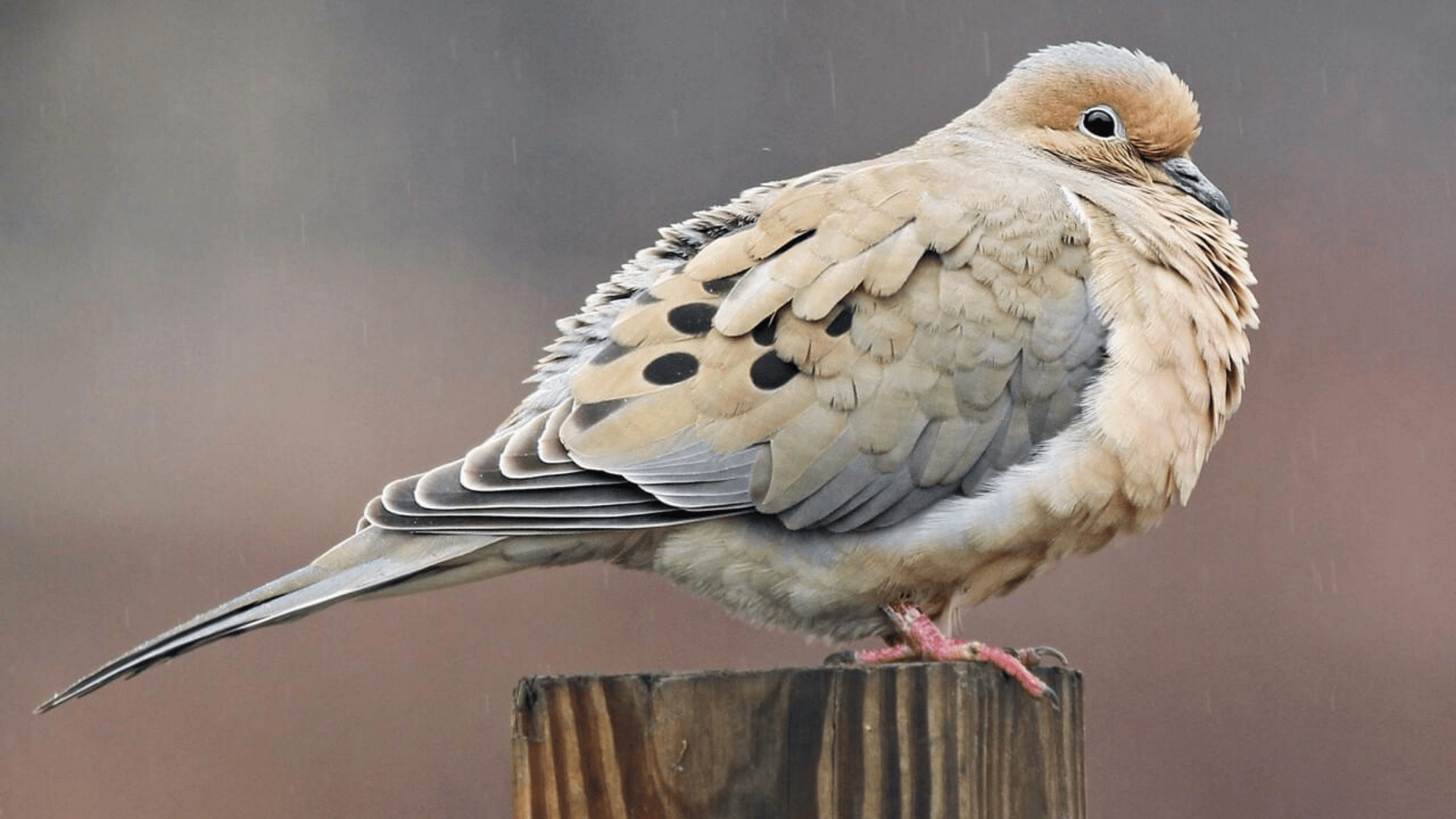
Ulrey’s Wren is a small bird with a rounded body, short wings, and a slightly curved beak. Its plumage is brown with light streaks, offering excellent camouflage in forested areas.
- Region of Habitat: Native to parts of South America, especially forest edges and scrublands in Brazil.
- Scientific Name: Cantorchilus semibadius
- Feeding Habits: Insectivorous; feeds on insects, spiders, and small arthropods it gleans from bark and leaves.
- What Sound They Make: Known for their rapid, high-pitched trills and warbling song used to defend territory and attract mates.
Fun Facts:
Ulrey’s Wren often builds dome-shaped nests with side entrances. It is a shy bird, more often heard than seen in dense underbrush.
14. Ulysses Butterfly
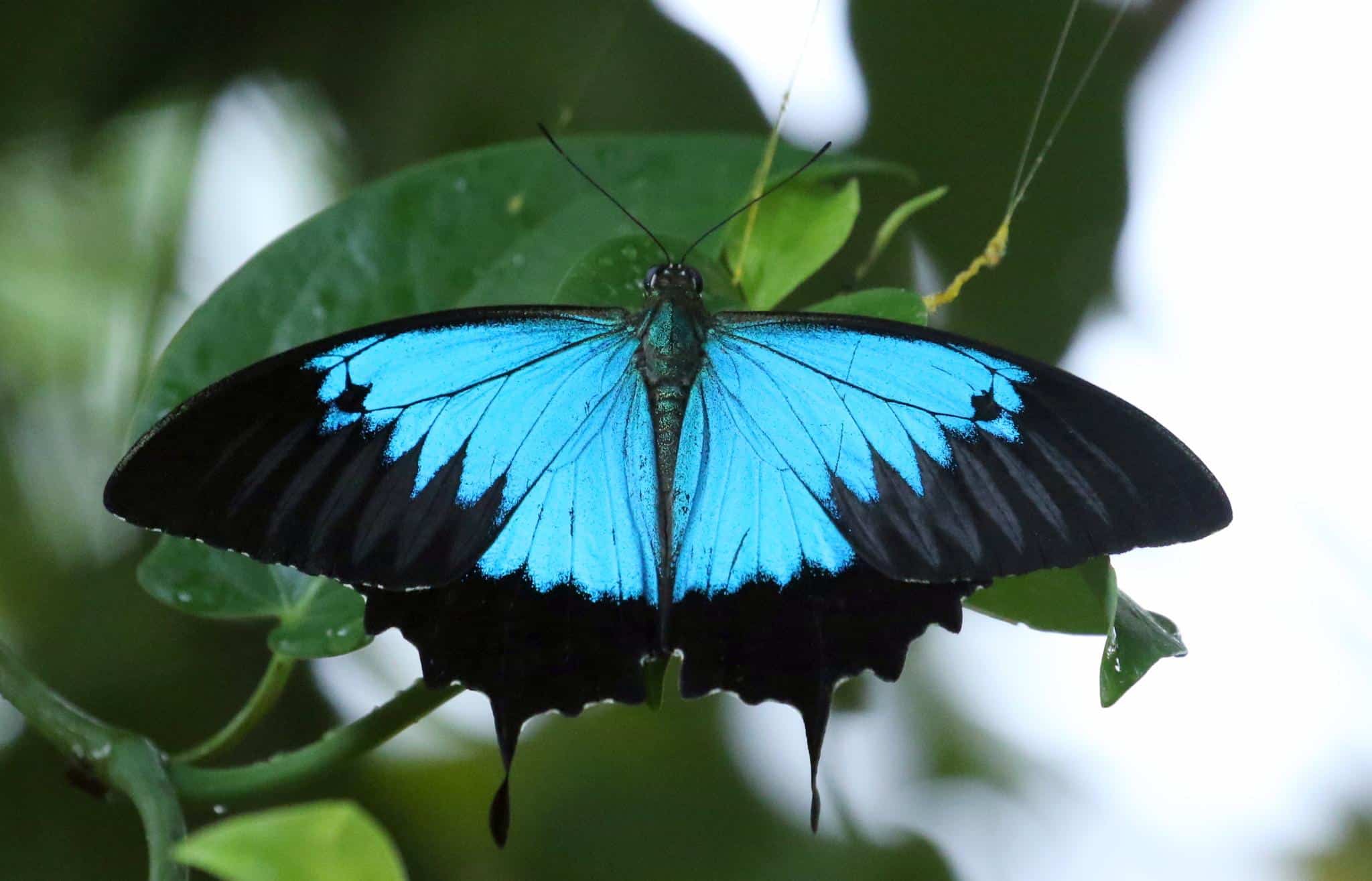
The Ulysses Butterfly is a large, dazzling blue butterfly with black wing edges and a wingspan of up to 5.5 inches. Males are especially vivid in color, which flashes in sunlight.
- Region of Habitat: Found in northeastern Australia, New Guinea, and nearby islands, particularly in tropical rainforests.
- Scientific Name: Papilio ulysses
- Feeding Habits: Feeds on nectar from flowering trees and shrubs, especially pink-flowering doughwood and blossoms in the Meliaceae family.
- What Sound They Make: Butterflies are silent; they do not produce sounds.
Fun Facts:
The Ulysses Butterfly is a tourism symbol in Queensland, Australia. Males are highly territorial and can chase anything blue—including clothing and cars!
15. Umbrella Bird
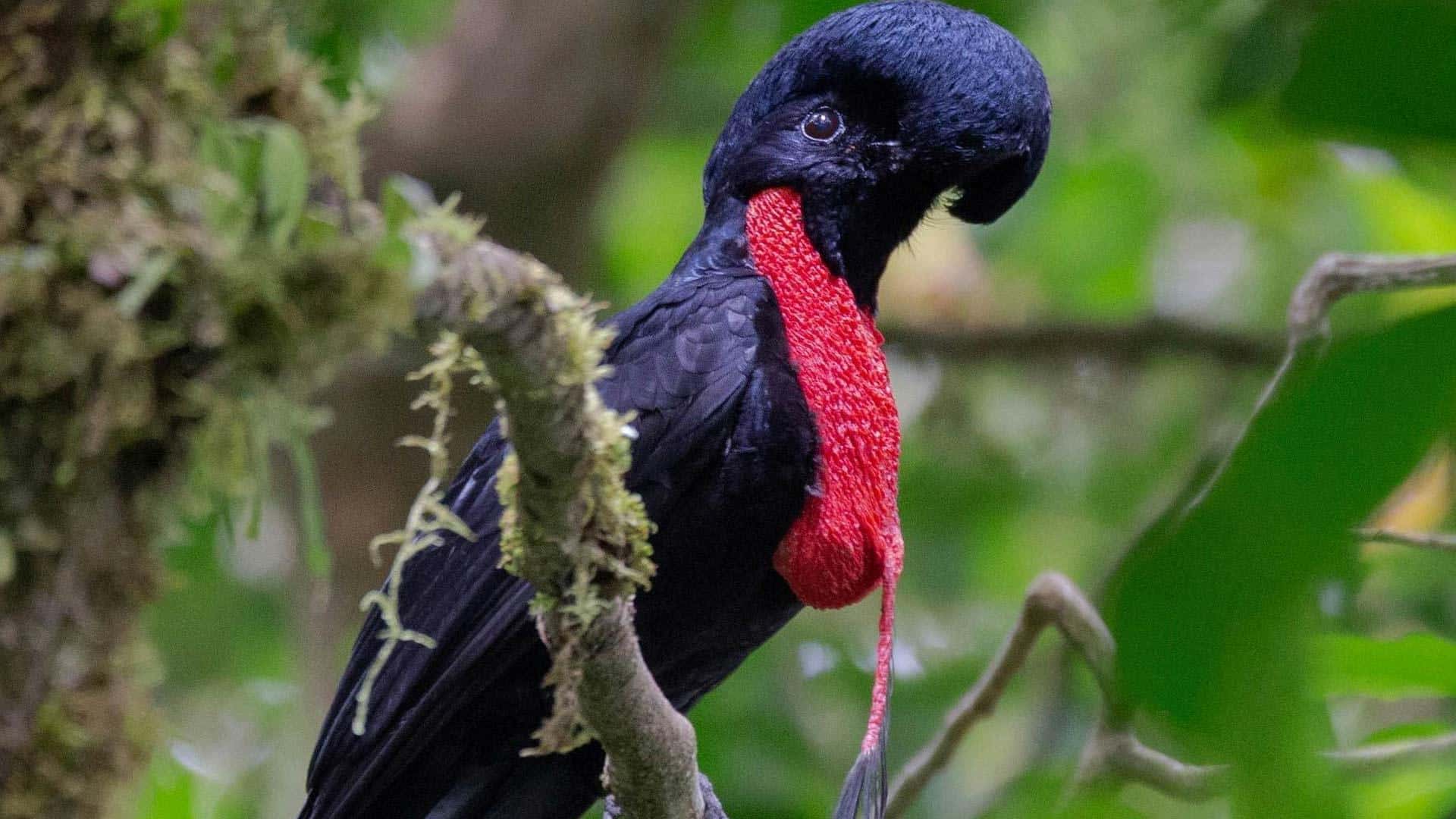
The Umbrella Bird is a large tropical bird with glossy black plumage, a conspicuous umbrella-like crest on its head, and a long, inflatable wattle hanging from its throat. It can reach up to 20 inches in length.
- Region of Habitat: Found in the rainforests of Central and South America, especially in Colombia, Ecuador, and northern Peru.
- Scientific Name: Cephalopterus ornatus
- Feeding Habits: Primarily frugivorous; also eats insects and small animals like frogs and lizards.
- What Sound They Make: Produces deep, booming hoots used for attracting mates and marking territory.
Fun Facts:
The inflatable wattle amplifies the bird’s call, helping it echo through dense forests. Males perform elaborate display rituals during mating season, showcasing their crest and vocal strength.
16. Umbrella Cockatoo
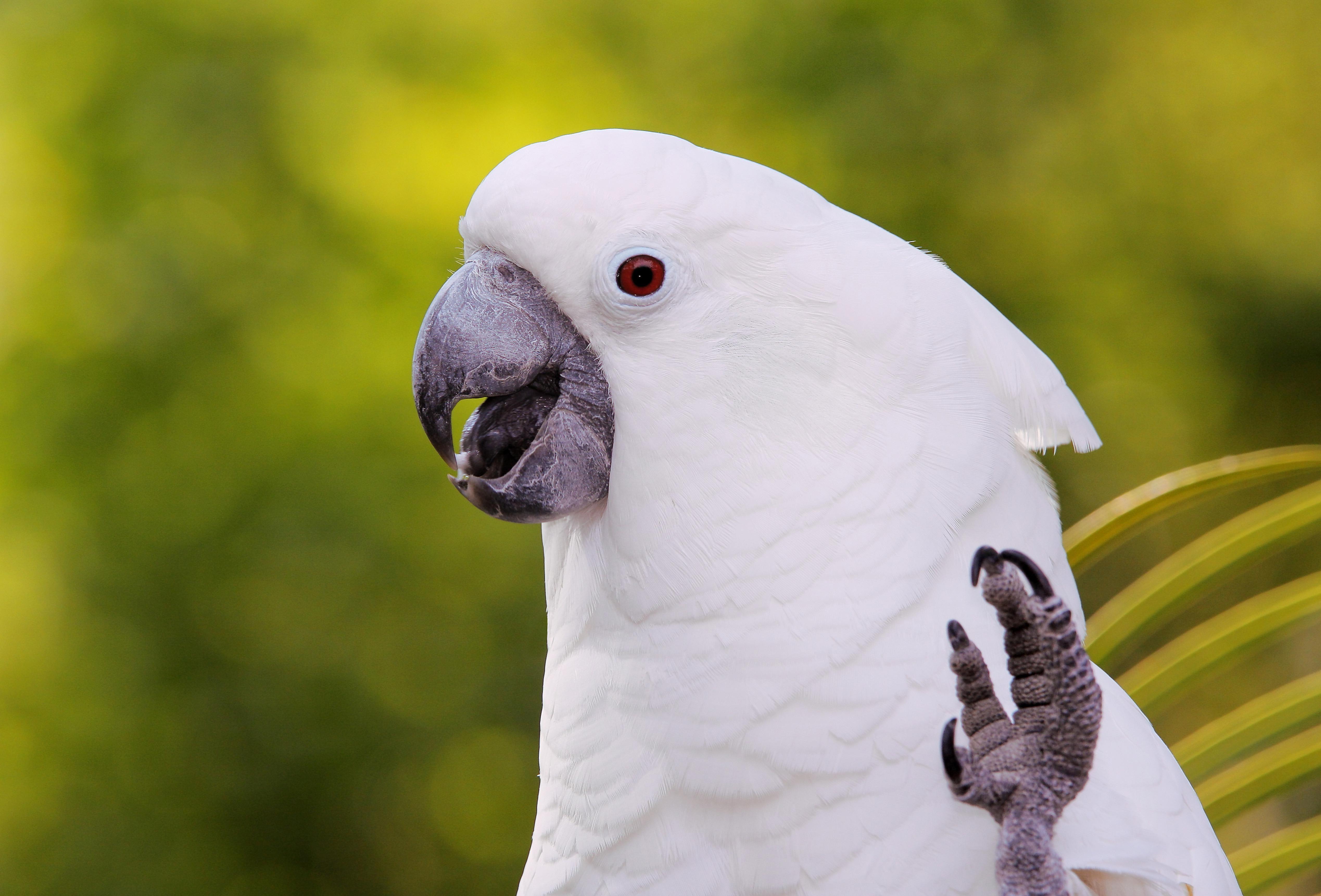
The Umbrella Cockatoo is a medium-to-large parrot, around 18 inches long, with striking white feathers and a fan-shaped crest that resembles an umbrella when raised. It has a black beak and expressive dark eyes.
- Region of Habitat: Native to the tropical forests of Indonesia, especially the northern and central Moluccas.
- Scientific Name: Cacatua alba
- Feeding Habits: Omnivorous; eats seeds, fruits, nuts, berries, and occasionally insects.
- What Sound They Make: Very vocal; produces loud squawks, whistles, and can mimic human speech and sounds.
Fun Facts:
Umbrella Cockatoos form deep bonds with their human caretakers and can suffer from emotional stress if left alone. Their crest acts as a mood indicator—raised when excited or alarmed.
17. Umbrella Squid
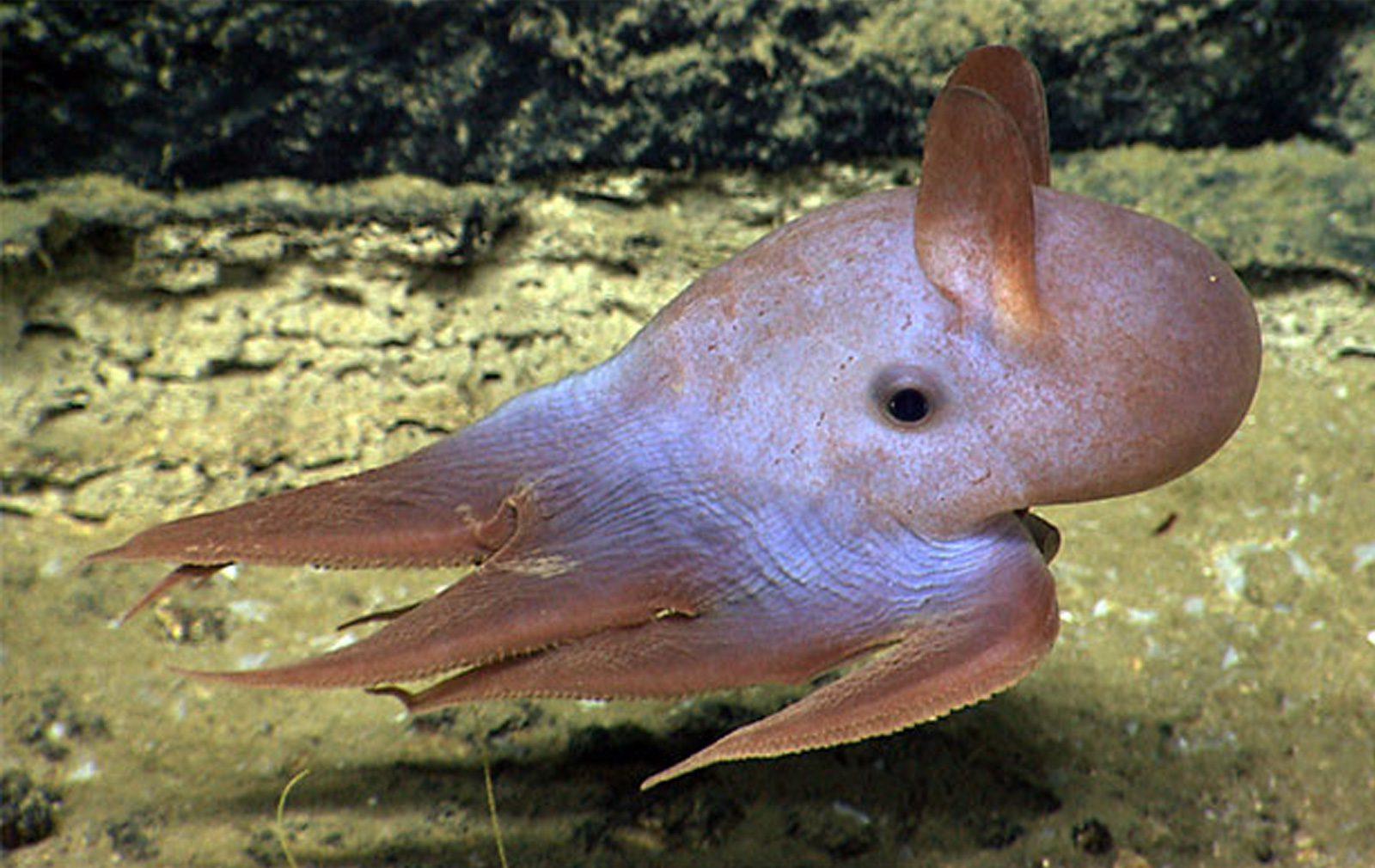
The Umbrella Squid is a deep-sea cephalopod with a gelatinous, semi-transparent body and a web of skin connecting its arms, forming an umbrella-like shape. It usually measures 6 to 8 inches in length.
- Region of Habitat: Lives in the mesopelagic and bathypelagic zones of the Atlantic and Pacific Oceans, thousands of feet below the surface.
- Scientific Name: Histioteuthis bonnellii
- Feeding Habits: Carnivorous; feeds on small fish and crustaceans, capturing prey with tentacles and beak.
- What Sound They Make: Silent; like all squids, it does not produce audible sounds.
Fun Facts:
This squid uses bioluminescence to confuse predators and attract mates. It can invert its umbrella-like web to envelop prey or make itself appear larger to potential threats.
18. Umbraculum
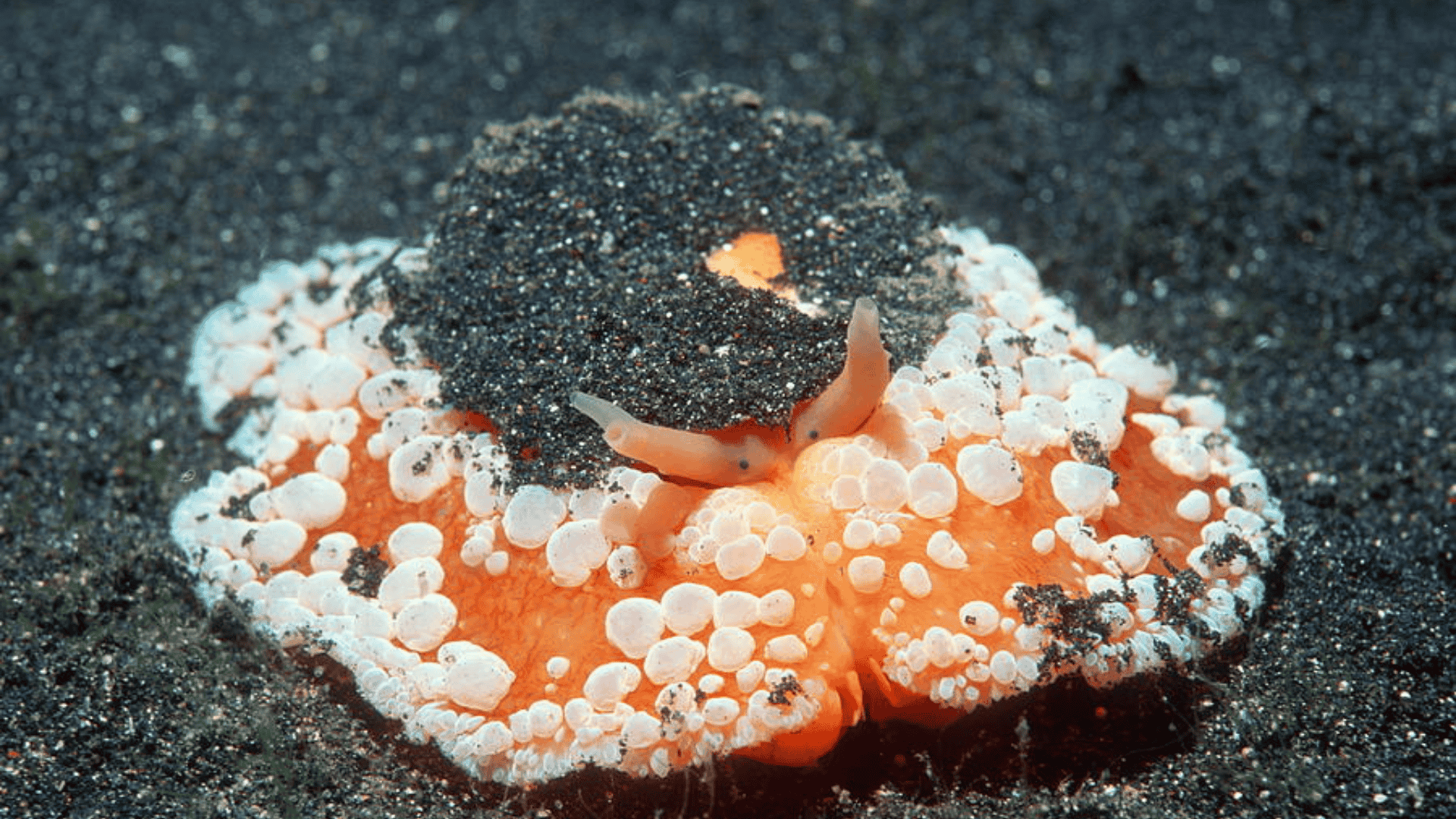
The Umbraculum is a unique sea slug resembling a mushroom, with a soft, rounded mantle and a spongy-looking body that grows up to 5 inches across. Its color can vary from orange to yellow-brown.
- Region of Habitat: Found in tropical and subtropical marine environments of the Indo-Pacific region, including coral reefs and rocky seabeds.
- Scientific Name: Umbraculum umbraculum
- Feeding Habits: Herbivorous; feeds mainly on sponges and other encrusting marine flora.
- What Sound They Make: Silent; as a mollusk, it does not produce sounds.
Fun Facts:
Umbraculum slugs absorb toxins from the sponges they eat, making them distasteful to predators. Their unusual appearance makes them hard to identify as slugs at first glance.
19. Umbrina
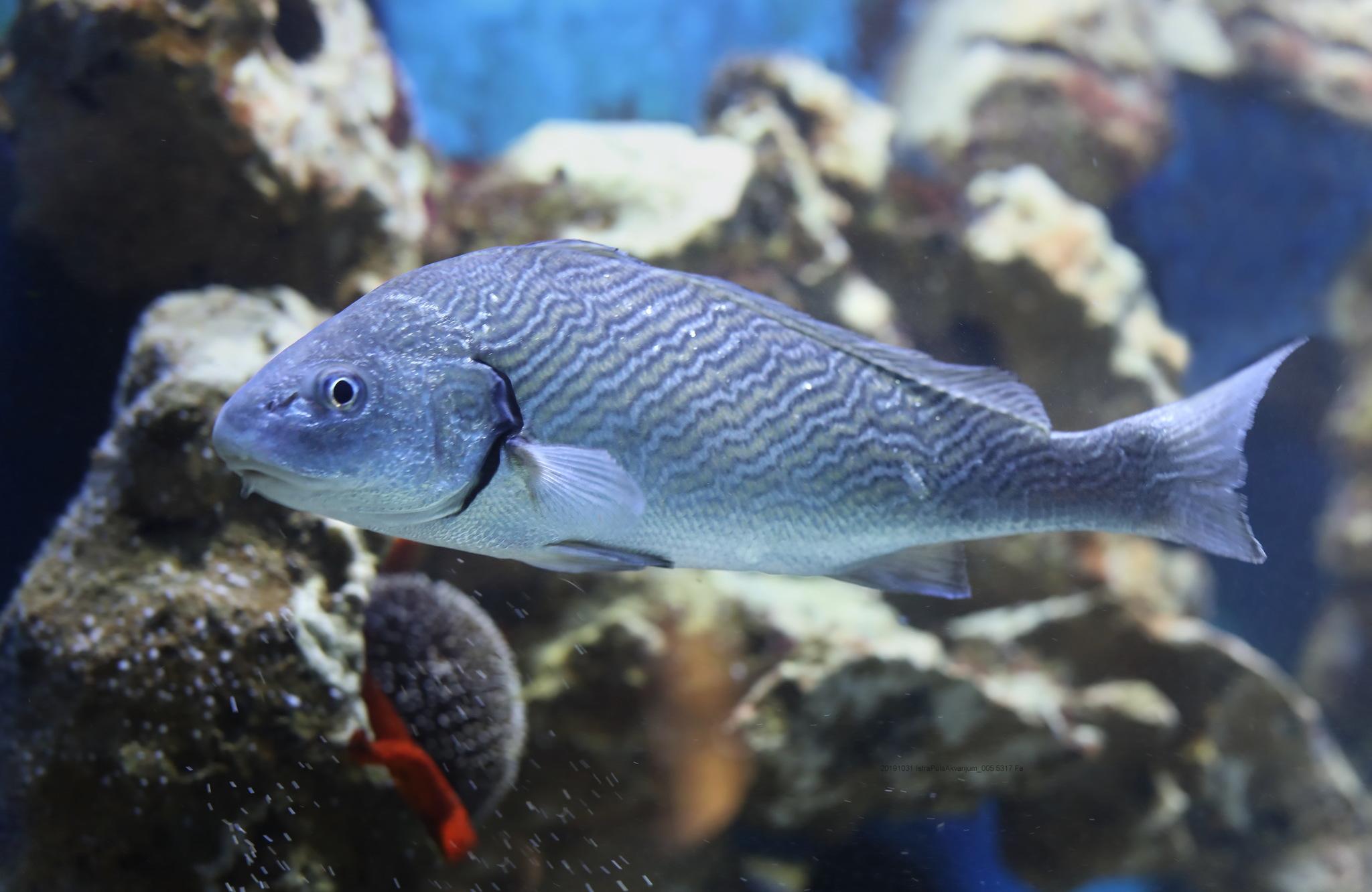
Umbrina is a genus of fish that includes several species of croakers. These fish generally have elongated bodies, silvery scales, and can grow up to 24 inches long, depending on the species.
- Region of Habitat: Found in warm coastal waters of the Atlantic, Mediterranean, and Indo-Pacific regions, especially near sandy or muddy bottoms.
- Scientific Name: Umbrina spp.
- Feeding Habits: Carnivorous; feeds on crustaceans, worms, and small benthic invertebrates.
- What Sound They Make: Produces croaking or drumming sounds using special muscles against their swim bladder.
Fun Facts:
These croaking sounds are often heard during mating season. Some species in this genus are popular targets in recreational and commercial fishing.
20. Umbrina Ronchus
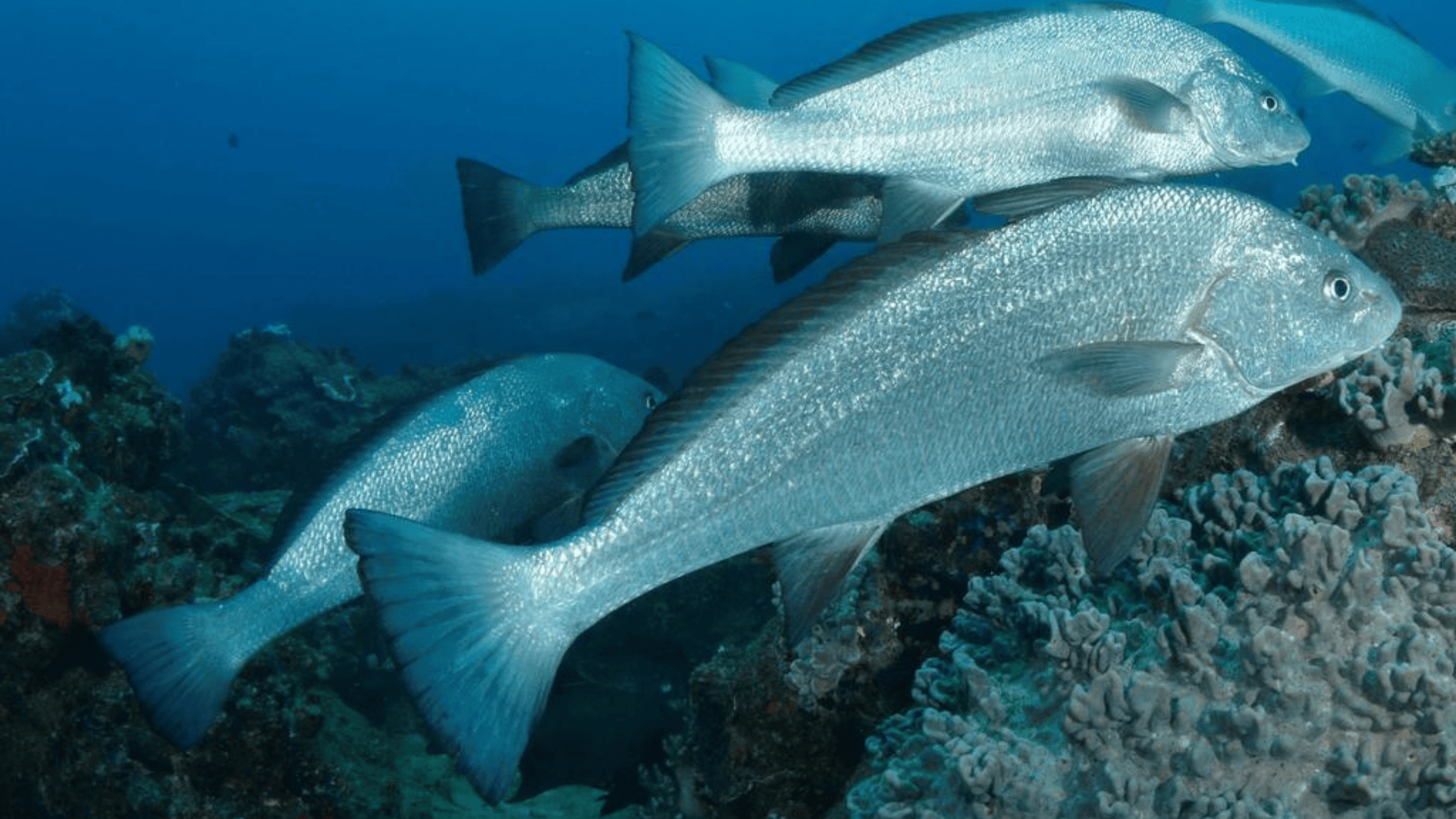
A specific species within the Umbrina genus, Umbrina Ronchus is a small to medium-sized fish with a streamlined silver body and subtle dark stripes. It typically reaches 10 to 12 inches in length.
- Region of Habitat: Inhabits the eastern Atlantic Ocean, from southern Europe to northern Africa, and also the Mediterranean Sea.
- Scientific Name: Umbrina ronchus
- Feeding Habits: Carnivorous; consumes benthic invertebrates like mollusks and polychaete worms.
- What Sound They Make: Known for its croaking, especially during breeding, caused by muscle vibration against the swim bladder.
Fun Facts:
Due to its sound-producing abilities, it’s sometimes called a “croaker fish.” It often dwells near reefs and sandy bottoms, hiding in small groups or alone.
21. Unimak Shrew
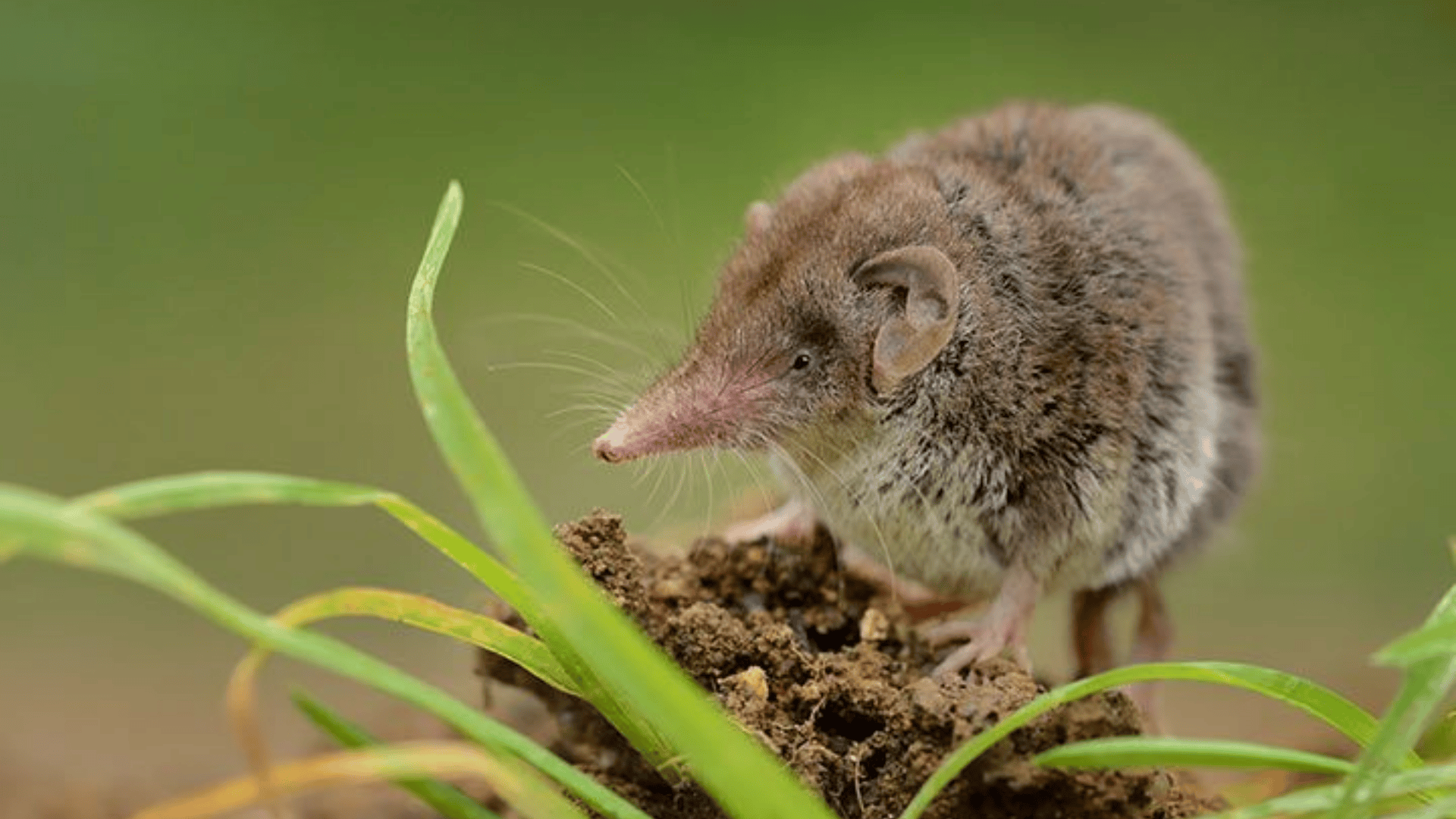
The Unimak Shrew is a tiny, elusive mammal with short brown-gray fur, a pointed snout, and beady black eyes. It is generally around 4 inches long including the tail.
- Region of Habitat: Endemic to Unimak Island in the Aleutian chain of Alaska, living in dense vegetation near freshwater.
- Scientific Name: Sorex unguiculatus
- Feeding Habits: Insectivorous; consumes insects, spiders, and small invertebrates using its rapid metabolism.
- What Sound They Make: High-frequency squeaks and ultrasonic clicks are used for echolocation and communication.
Fun Facts:
This shrew is one of the few mammals exclusive to a single island in the Aleutians. It must eat every few hours or risk starvation due to its high energy demands.
22. Umkomaas Minnow
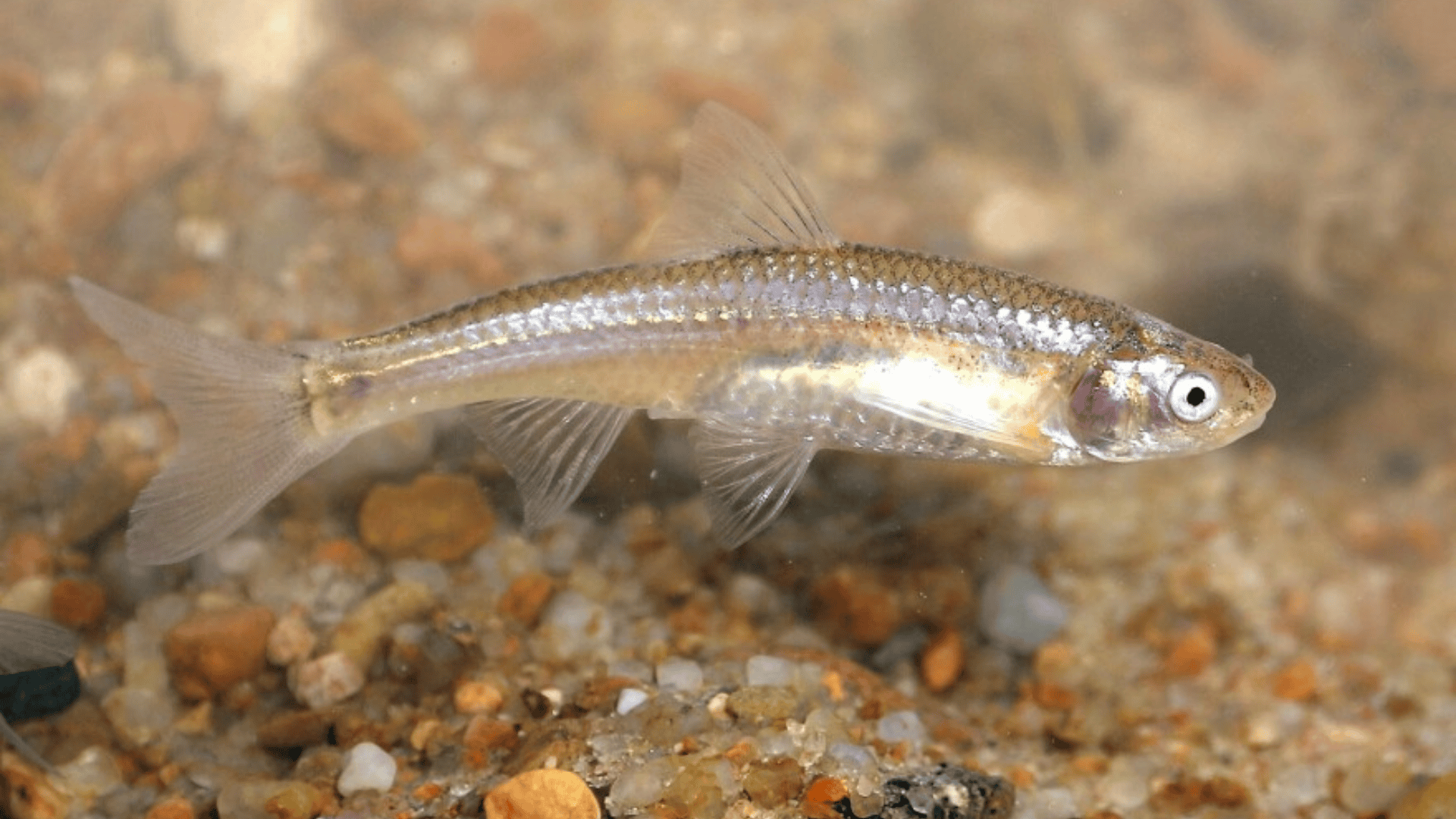
The Umkomaas Minnow is a delicate, torpedo-shaped fish with translucent fins and a silvery body. It rarely exceeds 3 inches in length and is known for its quick, darting movements.
- Region of Habitat: Endemic to the Umkomaas River and nearby tributaries in KwaZulu-Natal, South Africa.
- Scientific Name: Pseudobarbus umkomae
- Feeding Habits: Omnivorous; eats small invertebrates, detritus, and microscopic plants.
- What Sound They Make: Does not produce sounds; communicates through movement and visual cues.
Fun Facts:
This species is considered endangered due to habitat loss and water contamination. Conservation efforts are underway to preserve its shrinking range.
23. Umkomaas River Crab
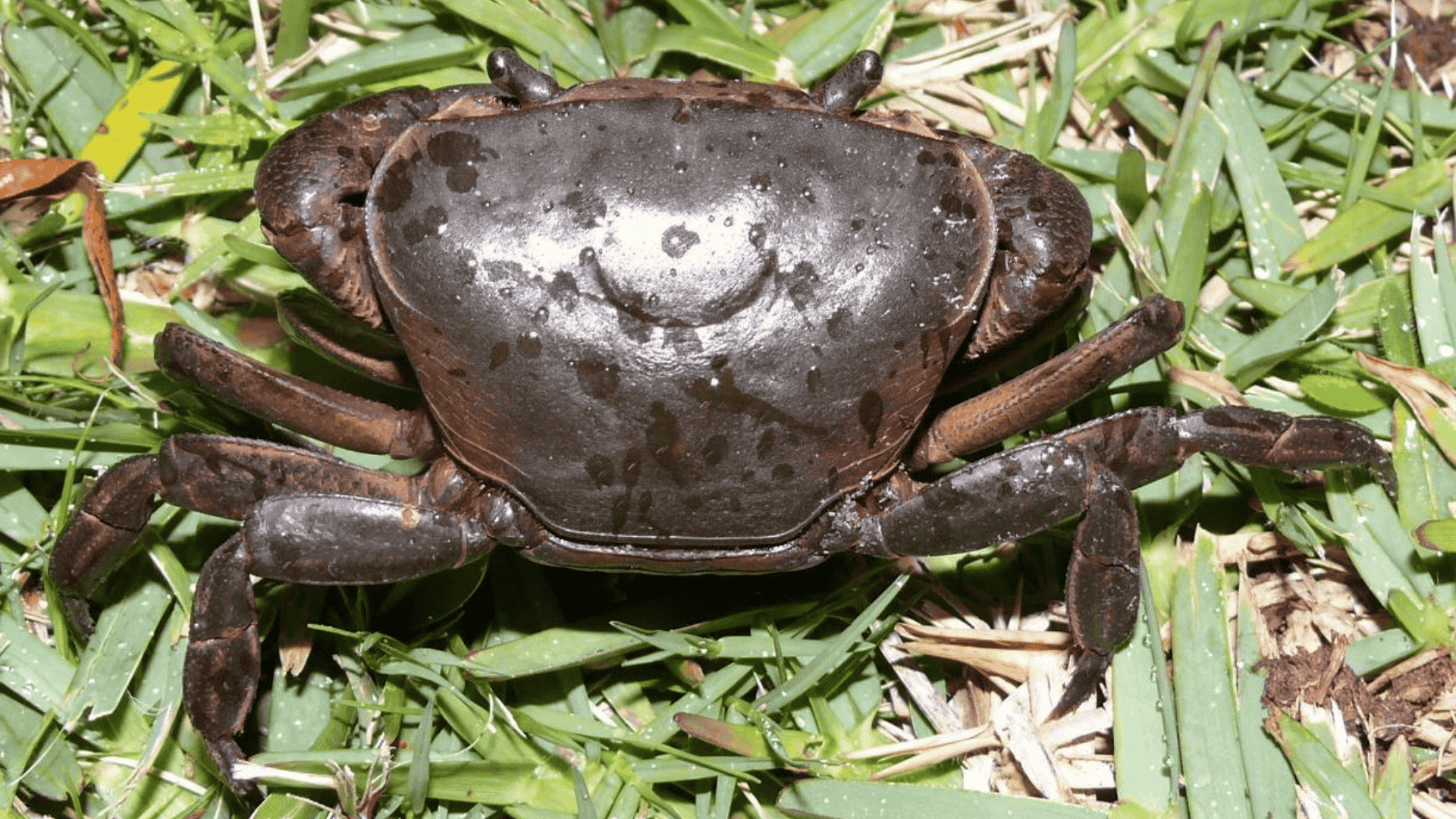
The Umkomaas River Crab is a freshwater crustacean with a wide, flat body and two large pincers. It has a brownish shell and typically measures around 3 to 4 inches across.
- Region of Habitat: Found along the Umkomaas River in South Africa, usually hiding under rocks and submerged debris.
- Scientific Name: Potamonautes sidneyi
- Feeding Habits: Omnivorous scavenger; feeds on decaying organic matter, algae, and small aquatic animals.
- What Sound They Make: Silent; communicates through movement and pincer gestures.
Fun Facts:
River crabs are vital to their ecosystems as recyclers of nutrients. This particular crab is highly territorial and uses its pincers to defend its burrow.
24. Unadorned Rock Wallaby
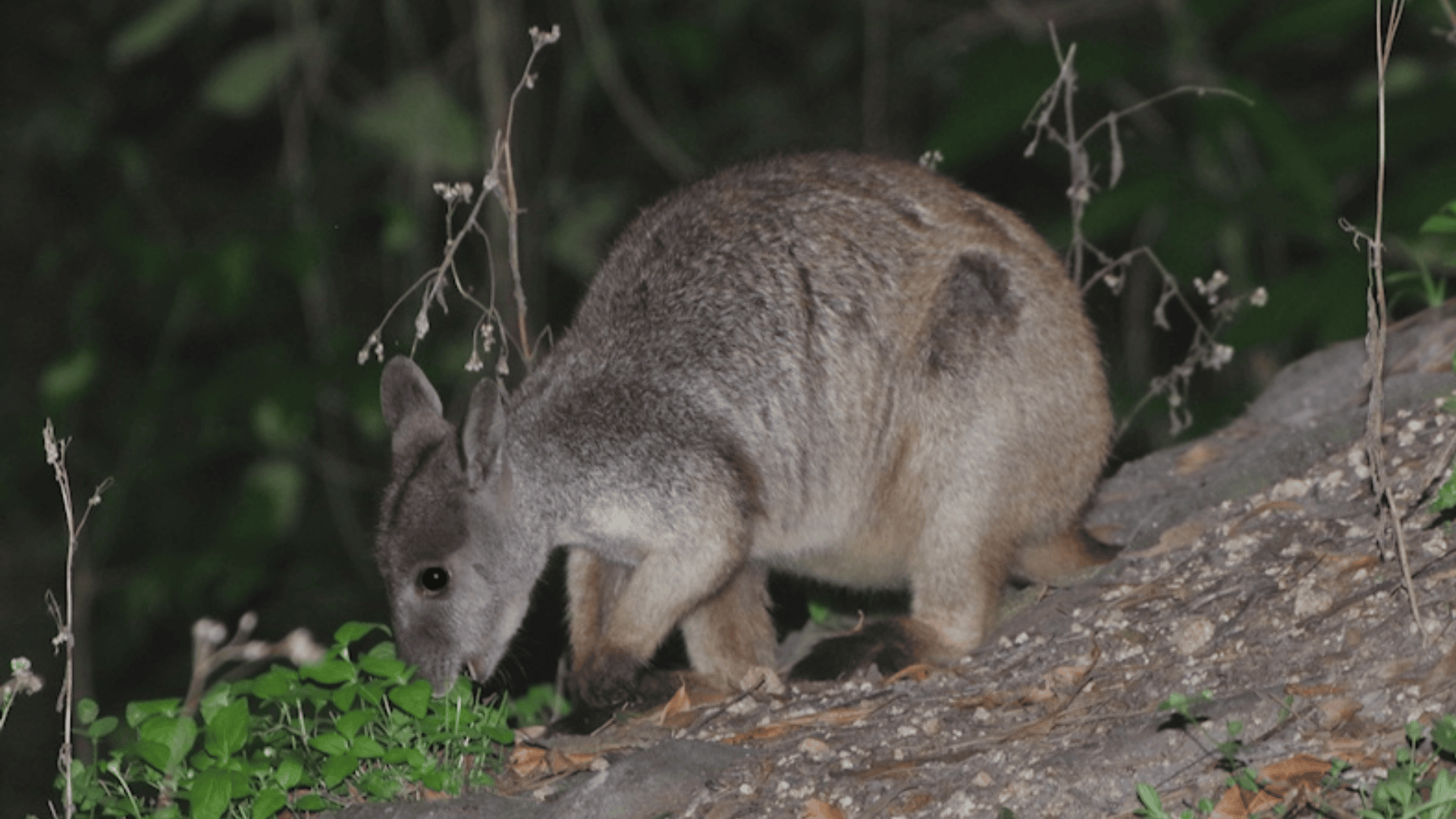
The Unadorned Rock Wallaby is a small marsupial with soft gray-brown fur, a long bushy tail, and powerful hind legs. Adults weigh around 7 to 12 pounds and have white markings near the face.
- Region of Habitat: Native to rocky escarpments and outcrops in northeastern Queensland, Australia.
- Scientific Name: Petrogale inornata
- Feeding Habits: Herbivorous; grazes on grasses, shrubs, and native plants found in rocky crevices.
- What Sound They Make: Emits soft clicking or hissing sounds when alarmed or communicating with others.
Fun Facts:
Their feet are adapted to grip rocky surfaces, allowing them to leap between boulders with agility. They are primarily nocturnal and rest in shaded rock shelters during the day.
25. Unau (Two-Toed Sloth)
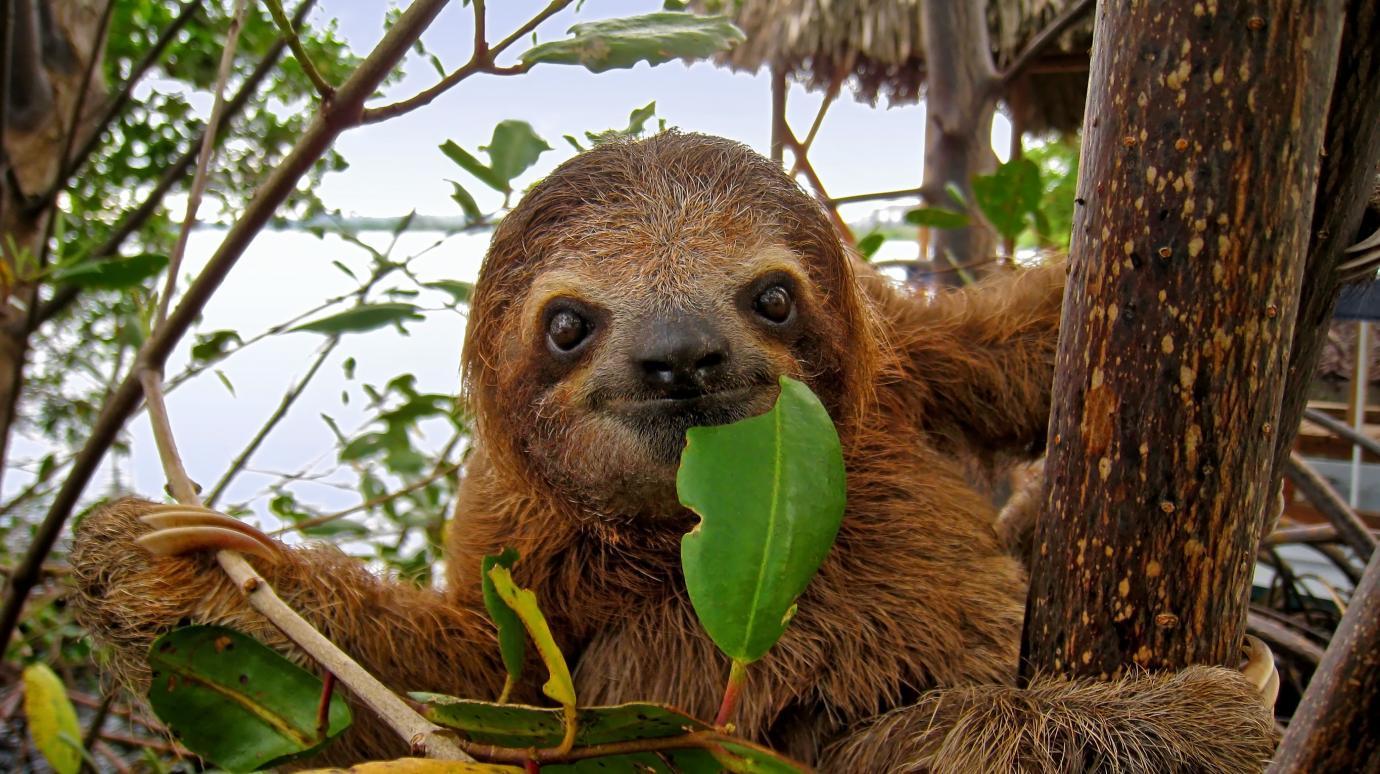
The Unau is a medium-sized sloth with shaggy, grayish-brown fur, two toes on its front limbs, and a rounded head with a gentle expression. Adults weigh about 10 to 20 pounds and move very slowly.
- Region of Habitat: Found in the lowland rainforests of Central and South America, including parts of Brazil and Panama.
- Scientific Name: Choloepus didactylus
- Feeding Habits: Herbivorous; eats leaves, fruits, and flowers, often hanging upside down while feeding.
- What Sound They Make: Emits low, nasal moans or whines, primarily when distressed or calling to young.
Fun Facts:
Their fur hosts symbiotic algae, which gives them a greenish tint for camouflage. They come down from trees only about once a week to defecate—a behavior still not fully understood.
26. Uncia (Snow Leopard)
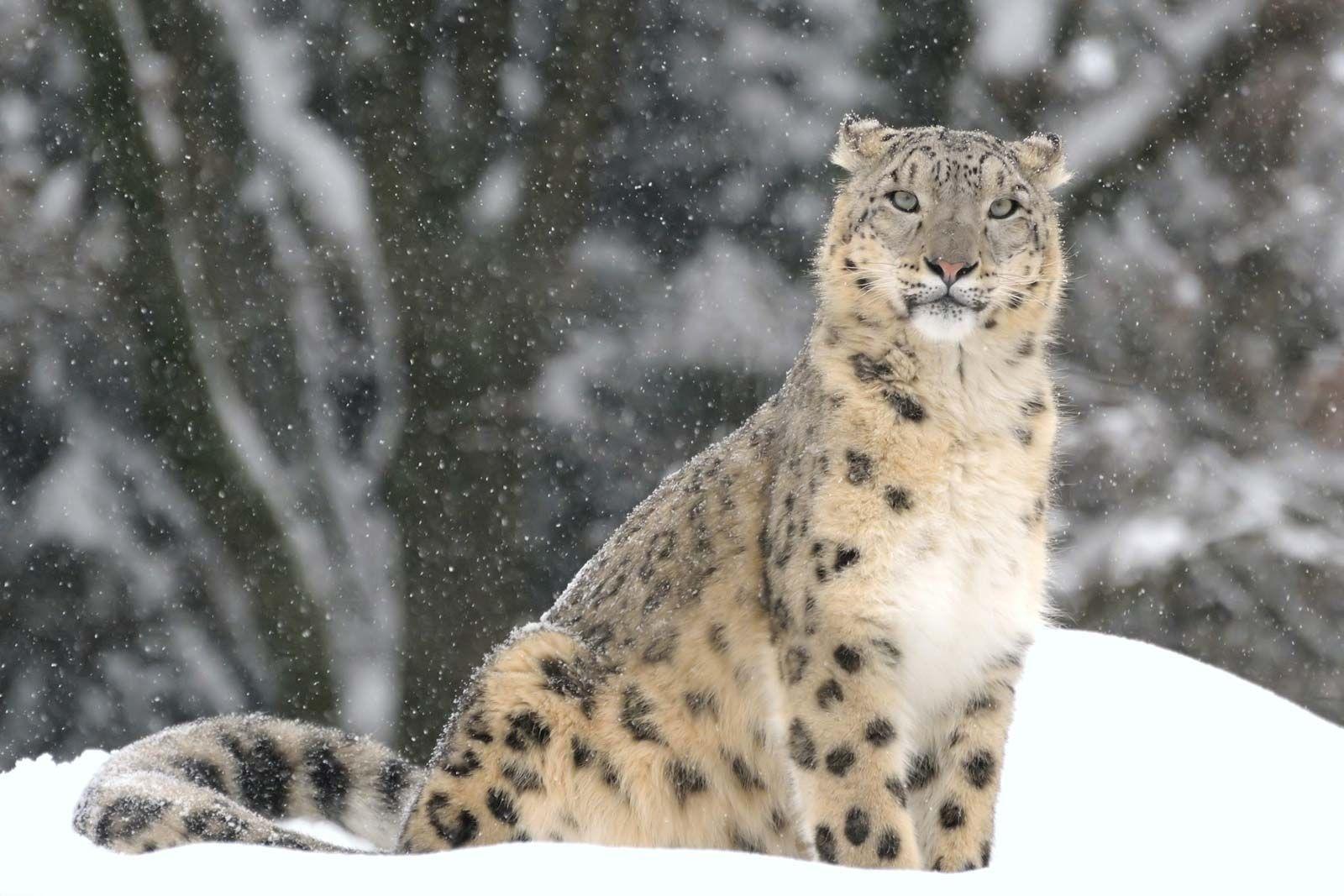
The Snow Leopard is a large cat with thick, pale gray fur patterned with black rosettes. It has a long, bushy tail and powerful limbs, allowing it to scale steep cliffs with ease. Adults can reach up to 4–5 feet in body length, with tails nearly as long.
- Region of Habitat: Native to high mountain ranges of Central and South Asia, including the Himalayas and Tibetan Plateau.
- Scientific Name: Panthera uncia
- Feeding Habits: Carnivorous; preys on blue sheep, ibex, marmots, and other mountain mammals.
- What Sound They Make: Emits growls, yowls, and chuffing sounds; cannot roar like other big cats.
Fun Facts:
Snow leopards are so elusive that they’re often called “ghosts of the mountains.” Their paws act like snowshoes, distributing weight to prevent sinking into snow.
27. Undulated Moray
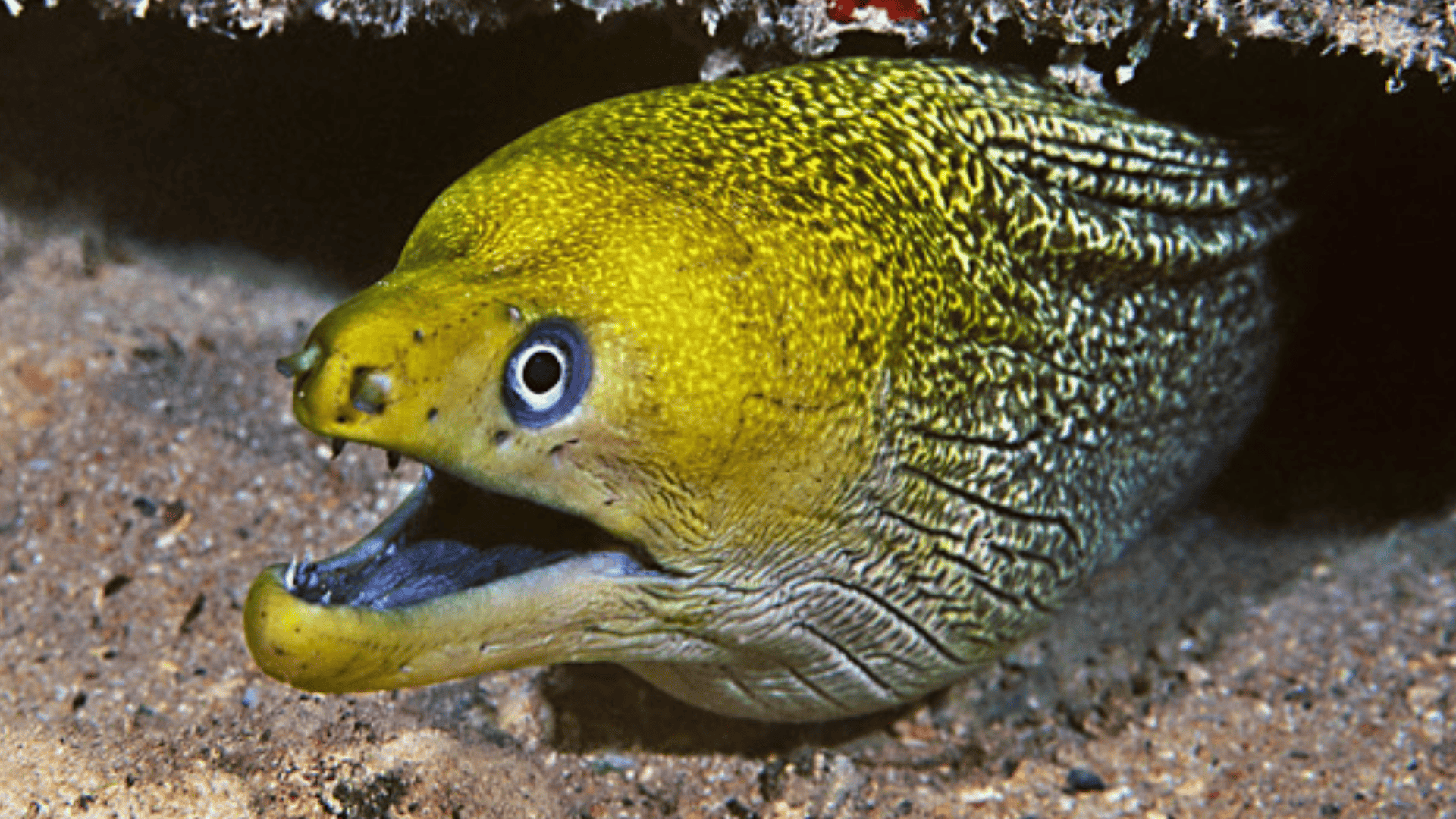
The Undulated Moray is a medium-sized eel with an elongated, snake-like body covered in greenish-yellow skin with dark undulating patterns. It can grow up to 3 feet long and has sharp, curved teeth.
- Region of Habitat: Found in the Indo-Pacific region, particularly coral reefs and rocky crevices in coastal waters.
- Scientific Name: Gymnothorax undulatus
- Feeding Habits: Carnivorous; feeds on fish, crustaceans, and cephalopods by ambushing prey from hiding spots.
- What Sound They Make: Silent; communicates through posture and motion.
Fun Facts:
Despite looking aggressive, the constant opening and closing of its mouth is for breathing, not a threat display. Its second set of jaws, called pharyngeal jaws, help grip slippery prey.
28. Undulated Tinamou
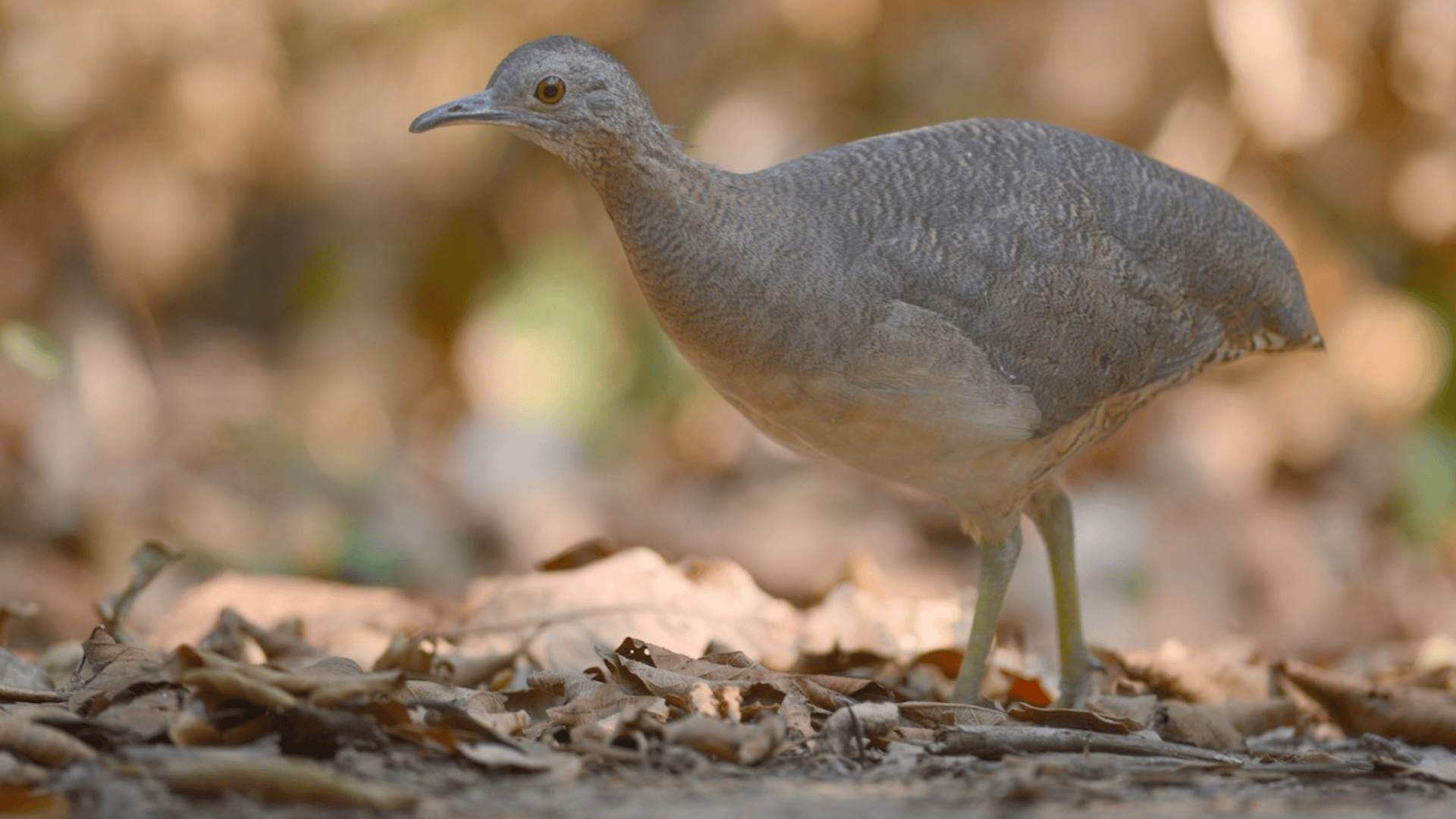
The Undulated Tinamou is a ground-dwelling bird with a plump body, short tail, and speckled brown plumage that blends well with forest floors. It typically measures 11–13 inches in length.
- Region of Habitat: Found throughout the Amazon Basin in South America, mainly in lowland forests and dense shrublands.
- Scientific Name: Crypturellus undulatus
- Feeding Habits: Omnivorous; eats fruits, seeds, insects, and small invertebrates from the forest floor.
- What Sound They Make: Produces soft, low-pitched whistles that carry through the forest.
Fun Facts:
Although capable of flight, tinamous prefer to run when threatened. Males take on the responsibility of incubating eggs and caring for chicks.
29. Underwood’s Bonneted Bat
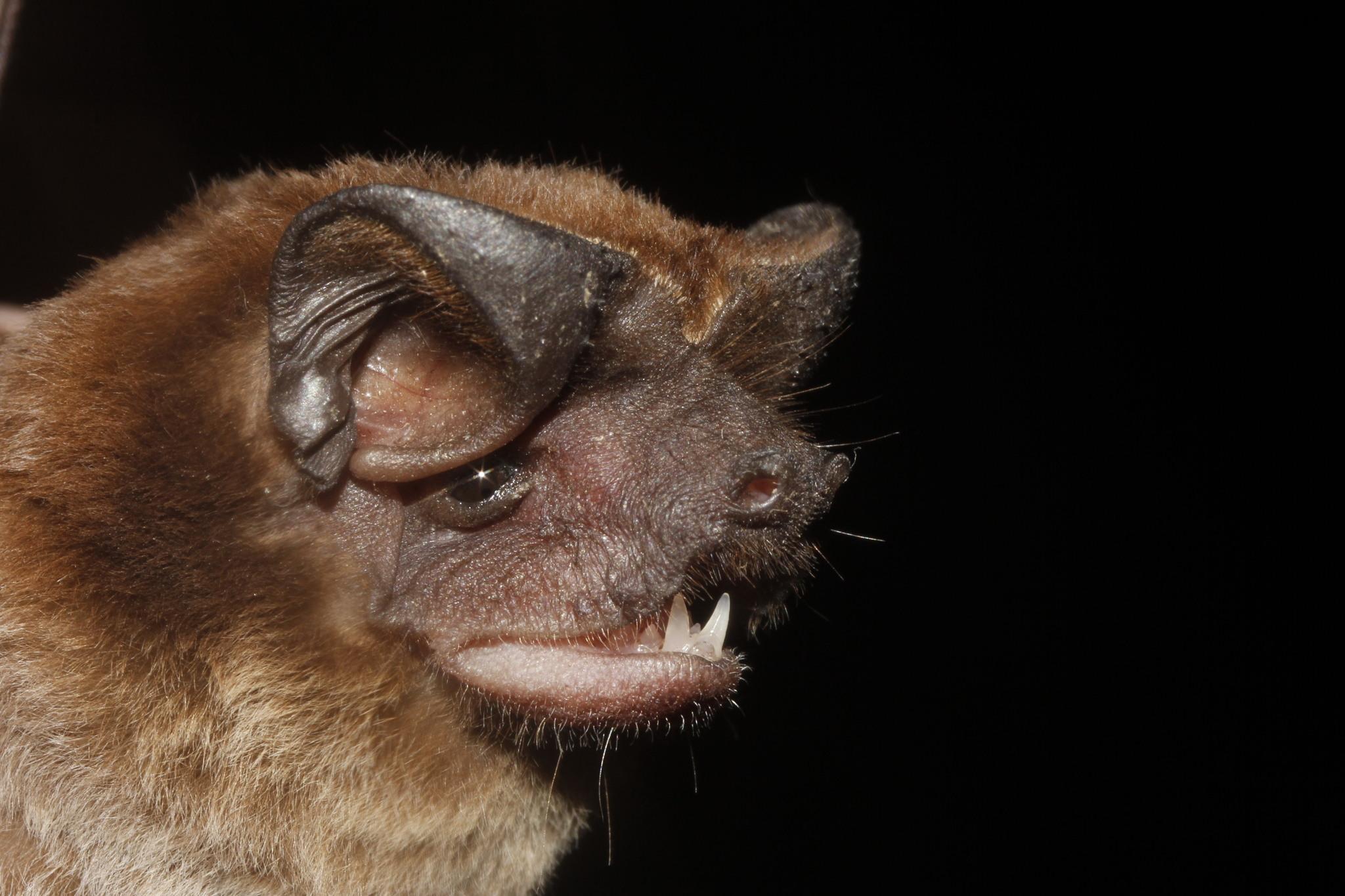
This bat species is medium-sized with dark brown fur, large rounded ears, and a flattened head with a broad muzzle. Its wings are long and narrow, adapted for fast, direct flight.
- Region of Habitat: Inhabits dry forests and scrublands of Central America, particularly in Nicaragua and Costa Rica.
- Scientific Name: Eumops underwoodi
- Feeding Habits: Insectivorous; catches flying insects mid-air, including moths and beetles.
- What Sound They Make: Emits ultrasonic echolocation clicks; inaudible to humans but used for navigation and hunting.
Fun Facts:
They can fly at high speeds, sometimes over 50 mph, making them among the fastest flying mammals. They roost in hollow trees or buildings during the day.
30. Underwood’s Long-Tongued Bat
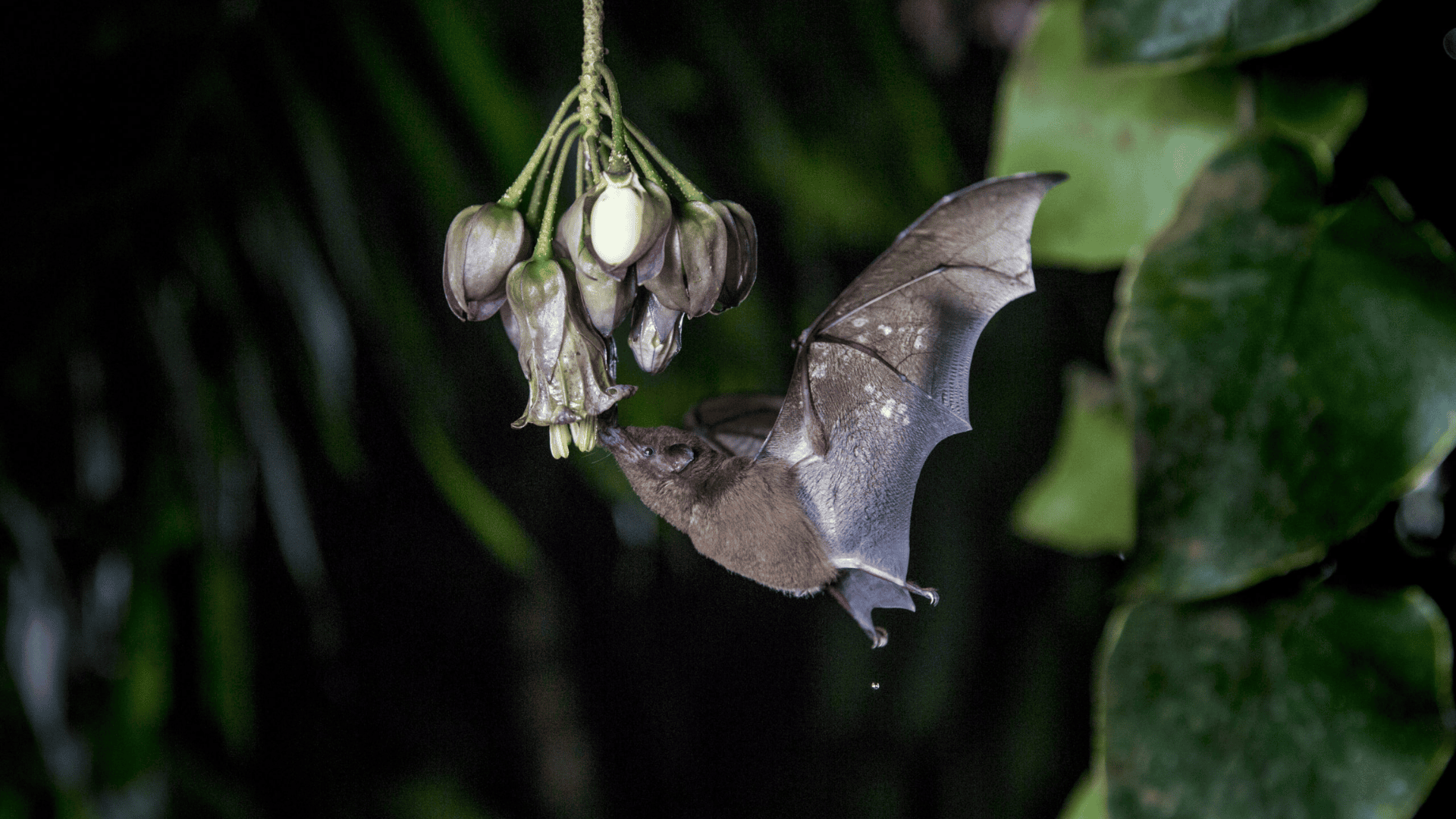
This small bat has a slender snout and an exceptionally long, extensible tongue used for reaching into flowers. It has short fur and a pinkish nose leaf that aids in echolocation.
- Region of Habitat: Found in Mexico and Central America, particularly in tropical forests and cactus regions.
- Scientific Name: Hylonycteris underwoodi
- Feeding Habits: Nectarivorous; feeds on nectar and pollen, occasionally eating small insects.
- What Sound They Make: Uses high-frequency echolocation to detect flowers and navigate in the dark.
Fun Facts:
This bat is a vital pollinator for agave plants and cacti. Its tongue can extend over one and a half times the length of its head—longer than most hummingbirds!
31. Underwood’s Water Mouse
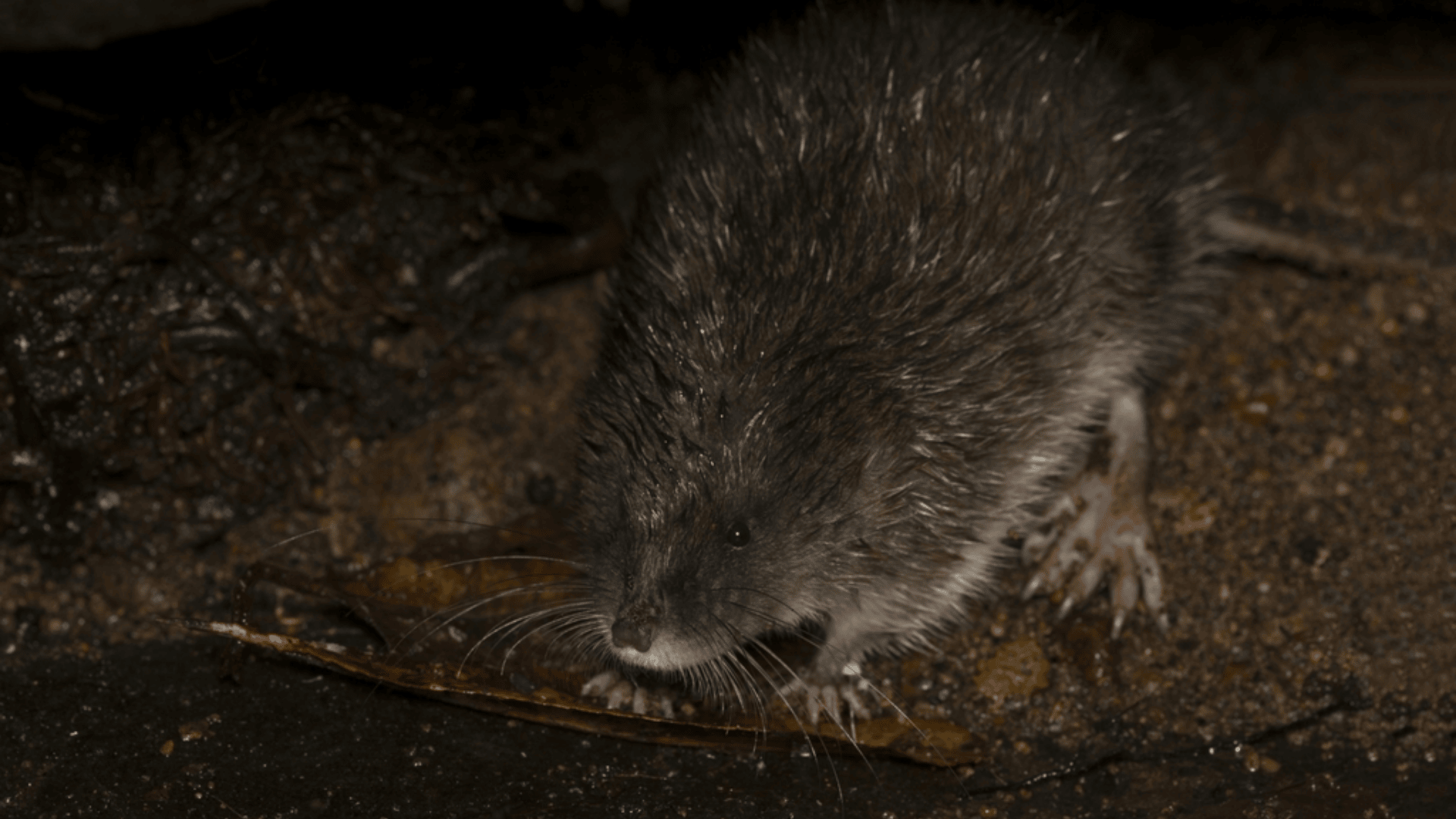
Underwood’s Water Mouse is a small semi-aquatic rodent with dense brown fur, a long tail, and partially webbed feet for swimming. It typically measures about 6 inches long, including the tail.
- Region of Habitat: Found in wetlands and along riverbanks in Costa Rica and Panama, especially near freshwater sources.
- Scientific Name: Rheomys underwoodi
- Feeding Habits: Carnivorous; feeds on aquatic insects, larvae, and small crustaceans found in streams.
- What Sound They Make: Emits high-pitched squeaks, primarily for alerting or communicating with offspring.
Fun Facts:
It is one of the few rodents known to actively hunt aquatic prey. The species is sensitive to water pollution, making it an indicator of freshwater health.
32. Undulated Antshrike
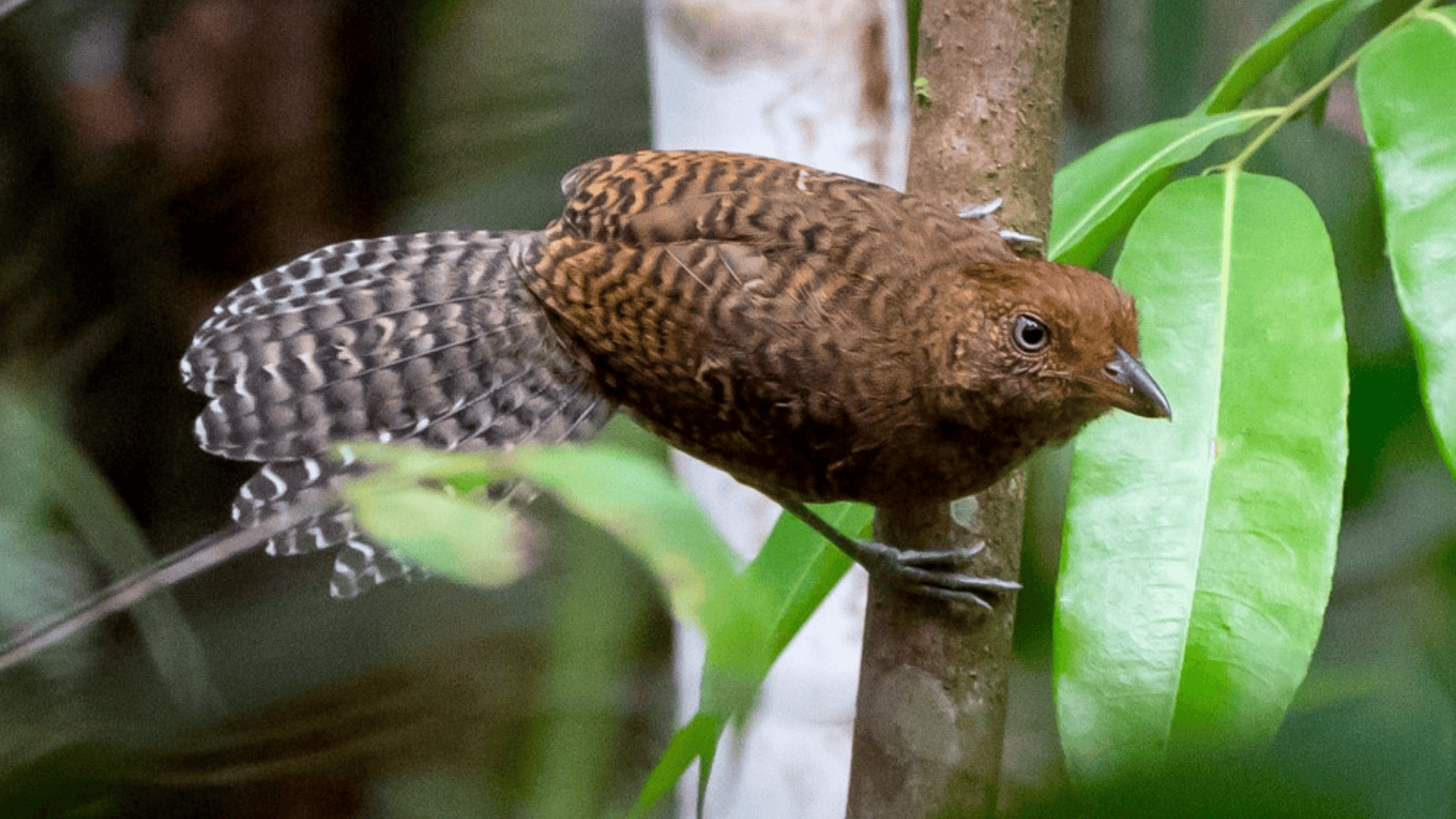
The Undulated Antshrike is a medium-sized bird with striking barred plumage, a hooked beak, and dark wings. Males are typically darker, with bolder markings than females.
- Region of Habitat: Native to tropical lowland forests in South America, particularly in Brazil, Bolivia, and Peru.
- Scientific Name: Frederickena unduliger
- Feeding Habits: Insectivorous; feeds on ants, beetles, spiders, and other small arthropods often found near ant swarms.
- What Sound They Make: Produces a series of low-pitched whistles and chirps used to communicate in dense undergrowth.
Fun Facts:
They often follow army ants to catch insects fleeing from the swarm. Undulated Antshrikes are elusive and often heard more than seen in their thick jungle habitats.
More Interesting Animals with “U”
33. Uzziah’s Oystercatcher
34. Umkomaas Barb
35. Ukrainian Hound
36. Unicorn Fish
37. Unicorn Goby
38. Unicorn Icefish
39. Unicorn Shrimp
40. Unicorn Tang
41. Unicornfish Surgeon
42. Uniform Crake
43. Uniform Swiftlet
44. Unisexual Mole Salamander
45. Unitail Dragonfly
46. Unlined Giant Chafer
47. Unlined Salamander
48. Unmottled Treefrog
49. Unstriped Ground Squirrel
50. Unstriped Tube-Nosed Bat
51. Upland Antshrike
52. Upland Buzzard
53. Upland Chorus Frog
54. Upland Goose
55. Upland Pipit
56. Upland Sandpiper
57. Upland Treefrog
58. Upper Amazon Tree Frog
59. Upper Guinea Red Colobus
60. Upper Peruvian Toad
61. Upper Volta Worm Lizard
62. Upper Yukon Chipmunk
63. Upside-Down Catfish
64. Upside-Down Goby
65. Upside-Down Jellyfish
66. Upside-Down Nudibranch
67. Urania Moth
68. Urchin Crab
69. Urchin Starfish
70. Urial
71. Uribe’s Skink
72. Urn Jellyfish
73. Urn Mite
74. Ursine Colobus
75. Ursine Howler Monkey
76. Ursine Tree Kangaroo
77. Uruguayan Pygmy Owl
78. Urutu Snake
79. Urville’s Parakeet
80. Ussuri Black Bear
81. Ussuri Brown Frog
82. Ussuri Dhole
83. Ussuri Mole
84. Ussuri Red Squirrel
85. Ussuri Shrew
86. Ussuri Spotted Deer
87. Ussuri Tube-Nosed Bat
88. Utah Blind Snake
89. Utah Chub
90. Utah Milk Snake
91. Utah Prairie Dog
92. Utah Rattlesnake
93. Utah Salamander
94. Utah Sucker
95. Uthina Spider
96. Utoni’s Barb
97. Utoni’s Cichlid
98. Utoni’s Shiner
99. Utoni’s Tilapia
100. Utowana Chub
101. Utowana Minnow
102. Uvea Parakeet
103. Uvean Monarch
104. Uvean Petrel
105. Uvean Swiftlet
106. Uvean Triller
107. Uyemura’s Keelback
108. Uzbekistan Gecko
109. Uzbekistan Toad
110. Uzungwe Horsehoe Bat
111. Uzungwe Vlei Rat
112. Uzungwe Galago
113. Uzungwe Greenbul
114. Uzungwe Pipit
115. Uzungwe Shrew
116. Uzungwe Sunbird
117. Uzungwe Swallowtail
118. Uzungwe Vlei Mouse
119. Uzungwe Wattle-Eye
120. Uzungwe White-Eye
121. Uzungwe Woolly Bat
122. Uzungwe Yellow-Billed Barbet
123. Uzun Wing Bat
124. Uzziah’s Sand Boa
125. Uzziah’s Skipper Butterfly
126. Uzziah’s Worm Snake
127. Uzziah’s Whip Scorpion
128. Uzziah’s Burrowing Frog
129. Uzziah’s Nightjar
130. Uzziah’s Spotted Gecko
131. Uzziah’s Leaf Insect
132. Uzziah’s Water Bug
133. Uzziah’s Spider Wasp
134. Uzziah’s Treehopper
135. Uzziah’s Fish Moth
136. Uzziah’s Swallowtail
137. Uzziah’s Cloud Forest Ant
138. Uzziah’s Lantern Fly
139. Uzziah’s Vine Snake
140. Uzziah’s Marsh Frog
141. Uzziah’s Coral Snake
142. Uzziah’s Crawler Beetle
143. Uzziah’s Kissing Bug
144. Uzziah’s Cane Rat
145. Uzziah’s Tuco-tuco
146. Uzziah’s Sand Cat
147. Uzziah’s Broad-Nosed Bat
148. Uzziah’s Pangolin
149. Uzziah’s Gliding Possum
150. Uzziah’s Banded Knifefish
151. Uzziah’s Rain Frog
152. Uzziah’s Rainbowfish
153. Uzziah’s Water Scorpion
154. Uzziah’s Screech Owl
155. Uzziah’s Bark Gecko
156. Uzziah’s Cave Salamander
157. Uzziah’s Pinocchio Lizard
158. Uzziah’s Softshell Turtle
159. Uzziah’s Musk Shrew
160. Uzziah’s Leaf-Toed Gecko
161. Uzziah’s Swamp Rat
162. Uzziah’s Mongoose
163. Uzziah’s Purple Frog
164. Uzziah’s Bicolor Finch
165. Uzziah’s Water Monitor
166. Uzziah’s Cobra
167. Uzziah’s Raccoon
168. Uzziah’s Jungle Fowl
169. Uzziah’s Ringtail
170. Uzziah’s Kingfisher
171. Uzziah’s Sheath-Tailed Bat
172. Uzziah’s Blackbuck
173. Uzziah’s Sea Cucumber
174. Uzziah’s Death Adder
175. Uzziah’s Viper
176. Uzziah’s Short-Tailed Shrew
177. Uzziah’s Booby
178. Uzziah’s Dugong
179. Uzziah’s Tree Kangaroo
180. Uzziah’s Salamander
181. Uzziah’s Nightcrawler
182. Uzziah’s Mouse Lemur
183. Uzziah’s Mole Cricket
184. Uzziah’s Flounder
185. Uzziah’s Perch
186. Uzziah’s Batfish
187. Uzziah’s Stickleback
188. Uzziah’s Wombat
189. Uzziah’s Cardinalfish
190. Uzziah’s Dwarf Hamster
191. Uzziah’s Koel
192. Uzziah’s Snow Finch
193. Uzziah’s Long-Eared Bat
194. Uzziah’s Shieldtail
195. Uzziah’s Skunk
196. Uzziah’s Darter
197. Uzziah’s Dingo
198. Uzziah’s Woodrat
199. Uzziah’s Archerfish
200. Uzziah’s Tapir
201. Uzziah’s Butterflyfish
202. Uzziah’s Scissor-Tailed Flycatcher
203. Uzziah’s Side-Neck Turtle
204. Uzziah’s Limpkin
205. Uzziah’s Antbird
206. Uzziah’s Beetle
207. Uzziah’s Coral Grouper
208. Uzziah’s Chameleon
209. Uzziah’s Moray
210. Uzziah’s Nudibranch
211. Uzziah’s Velvet Worm
212. Uzziah’s Xenops
213. Uzziah’s Zebra Spider
214. Uzziah’s Crane
215. Uzziah’s Gurnard
216. Uzziah’s Owl Monkey
217. Uzziah’s Stingray
218. Uzziah’s Gallinule
219. Uzziah’s Hornbill
220. Uzziah’s Leafcutter Ant
221. Uzziah’s Parrotfish
222. Uzziah’s Gibbon
223. Uzziah’s Skimmer
224. Uzziah’s Mandrill
225. Uzziah’s Lyrebird
226. Uzziah’s Jabiru
227. Uzziah’s Spiny Lobster
228. Uzziah’s Clingfish
229. Uzziah’s Milk Snake
230. Uzziah’s Trogon
231. Uzziah’s Pygmy Possum
232. Uzziah’s Rattlesnake
233. Uzziah’s Orangutan
234. Uzziah’s Longnose Gar
235. Uzziah’s Snipe
236. Uzziah’s Goatfish
Wrapping It Up
Closing the chapter on animals that start with “U,” their roles in the wild persist, ranging from underwater realms to remote forests. These remarkable creatures continue their ancient dance of survival.
Uncovering their scientific names, natural habitats, unique diets, and distinctive calls—each detail paints a portrait of adaptation and resilience.
Perhaps the most extraordinary revelation is how these lesser-known animals maintain crucial roles in their ecosystems despite flying under the radar of popular wildlife discussions.
Parting ways with “U” animal companions, remember that knowledge turns curiosity into conservation. The next time while encountering a “U” animal, you’ll recognize not just a name, but a complete, magnificent being.
If you’re interested in more informative animal and wildlife content, feel free to click here and explore other blogs that you might enjoy!

